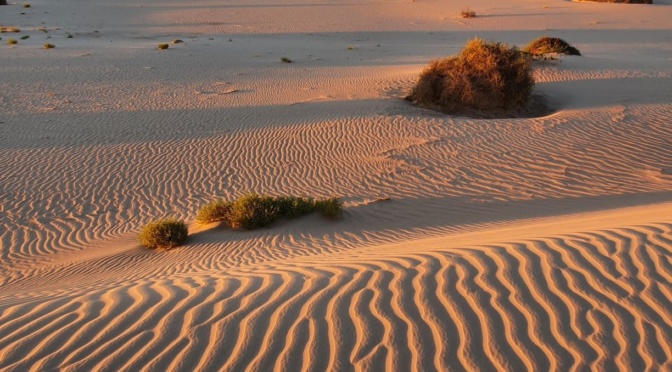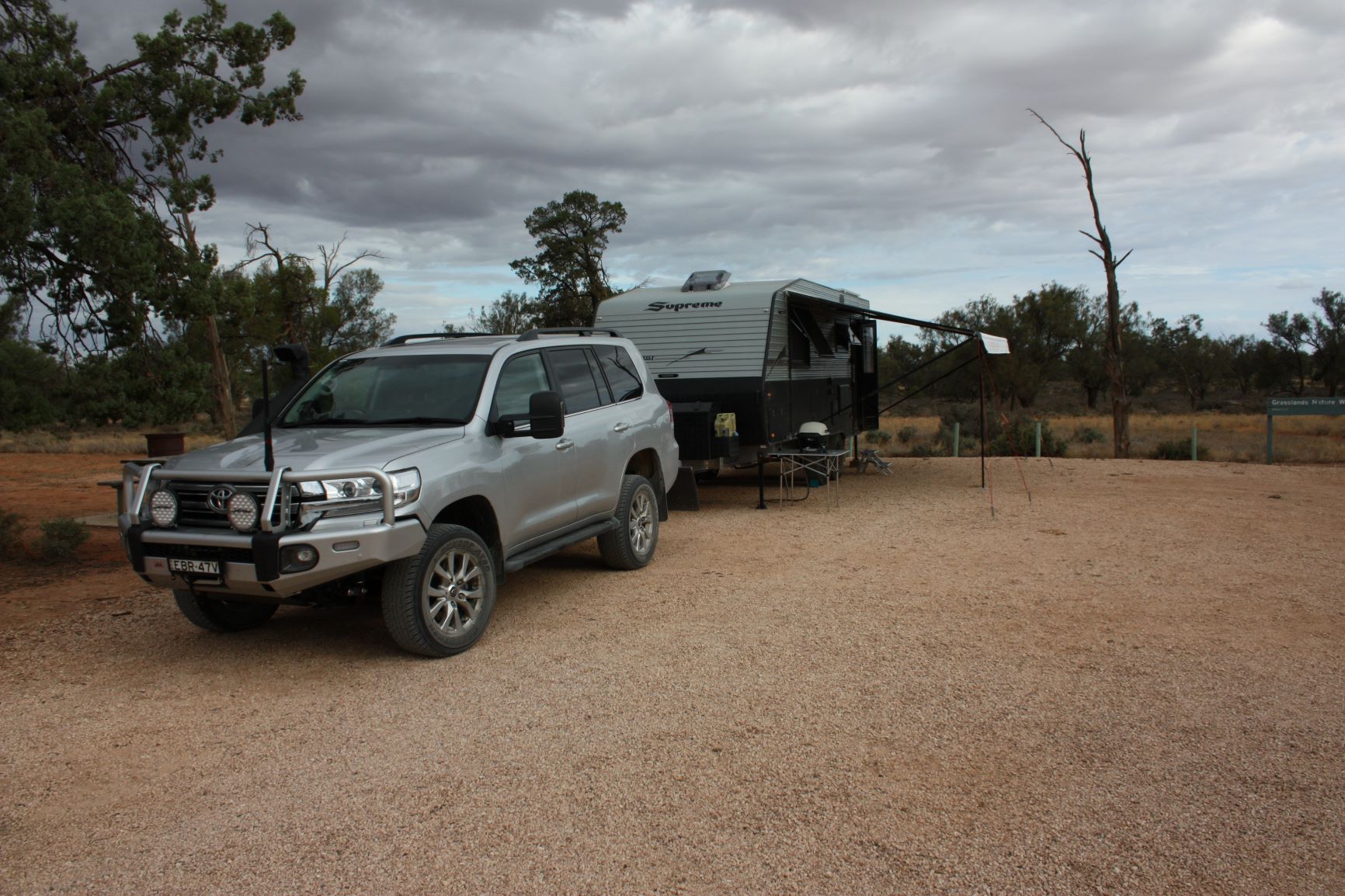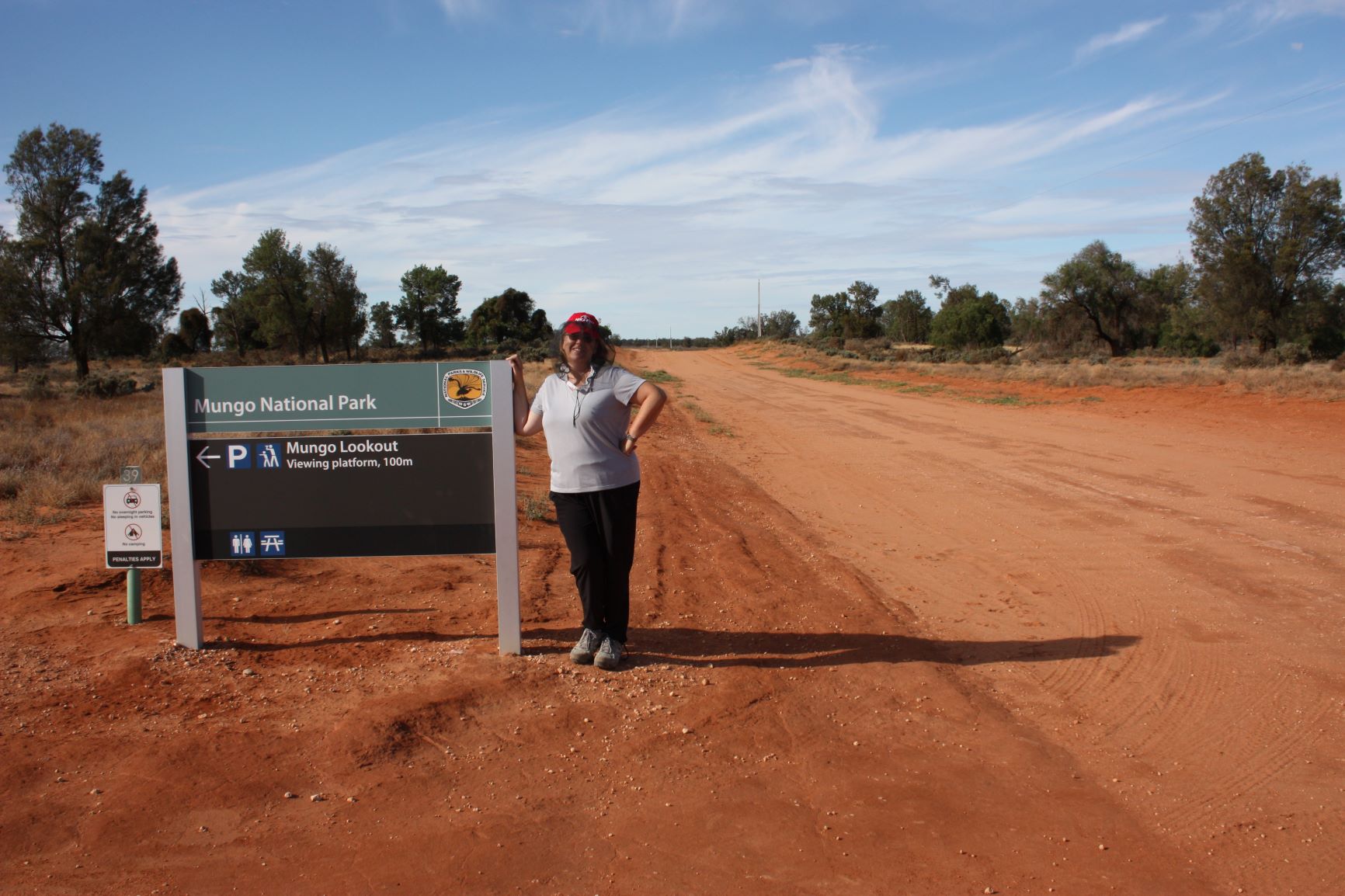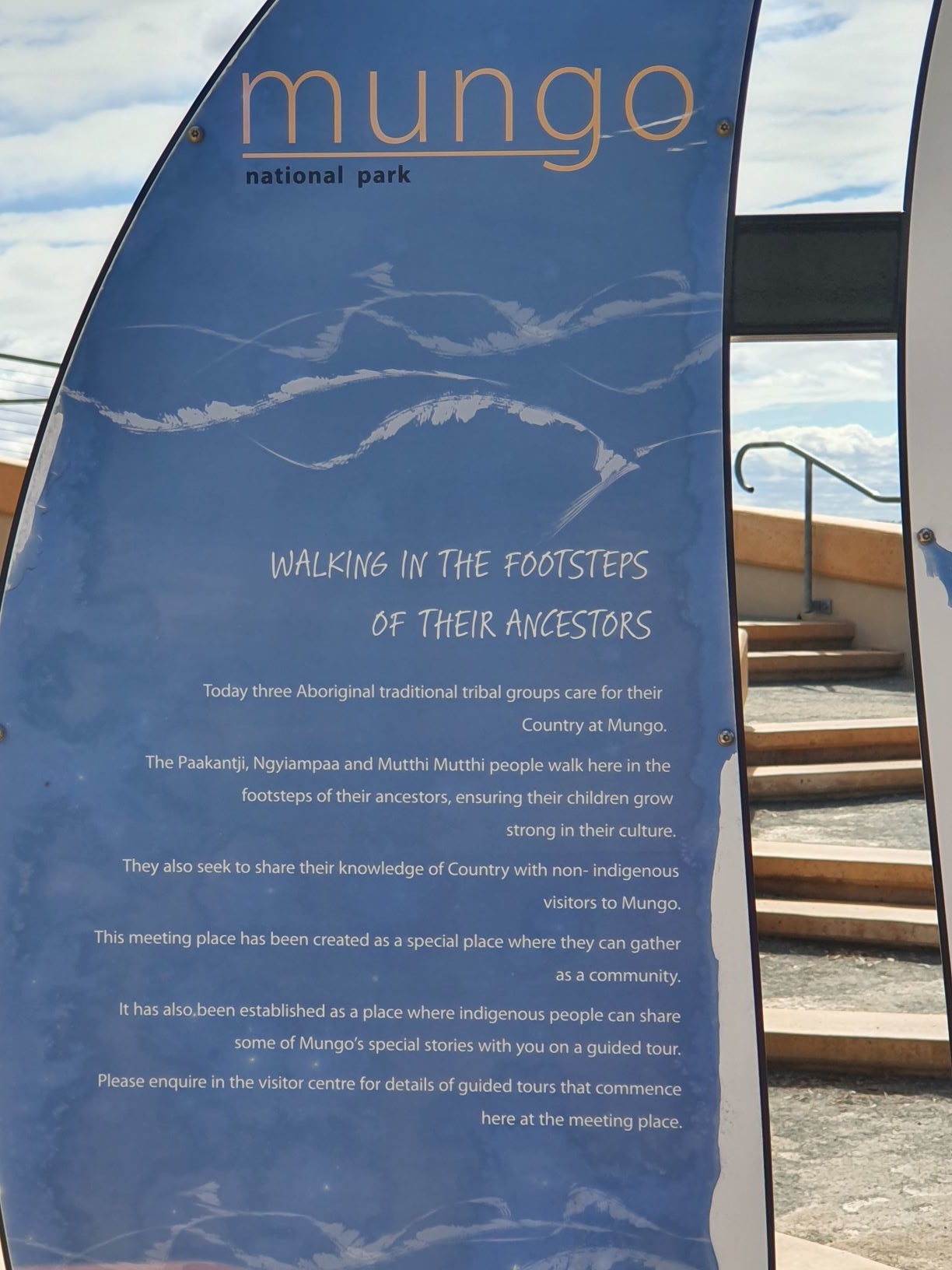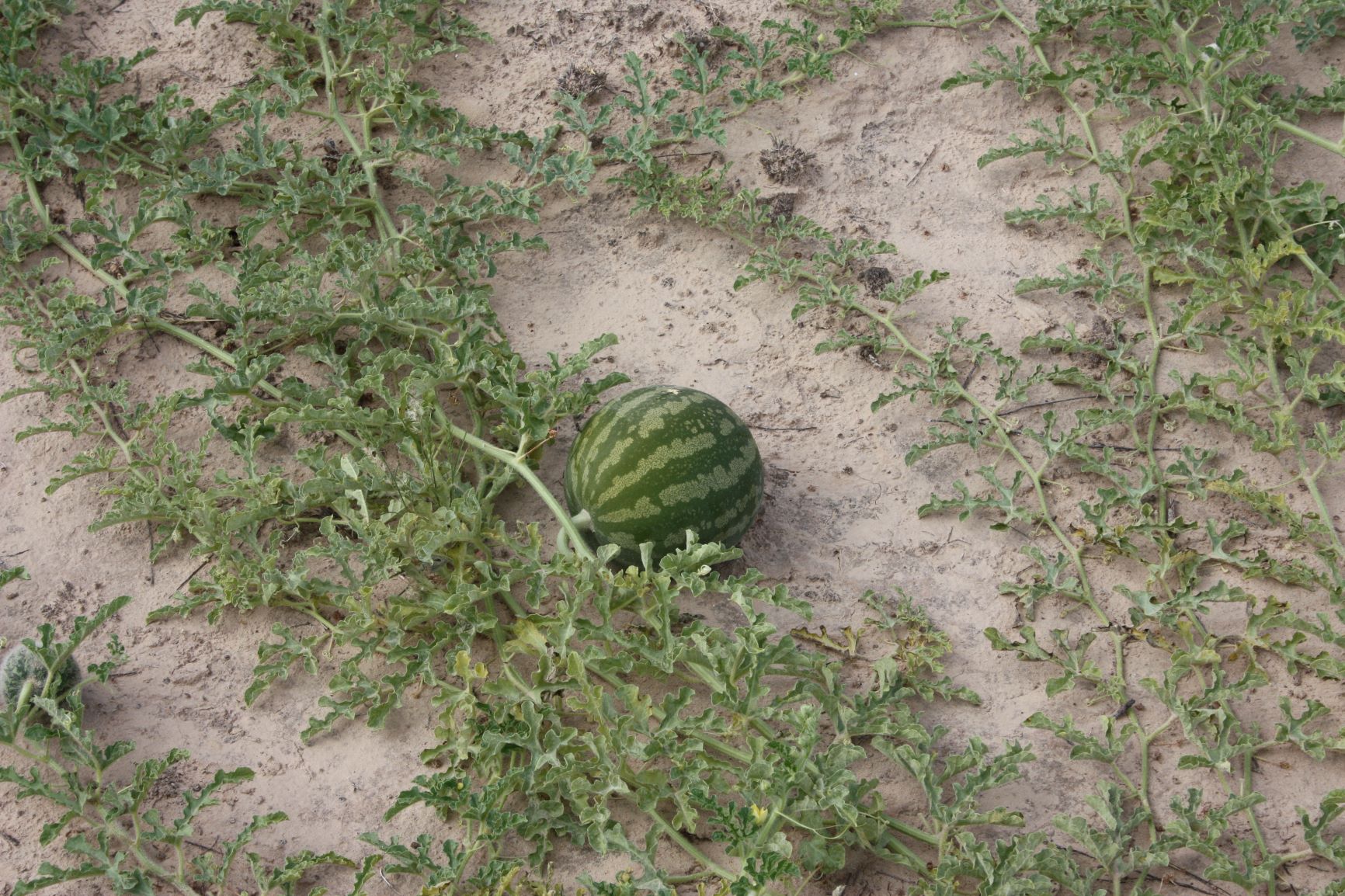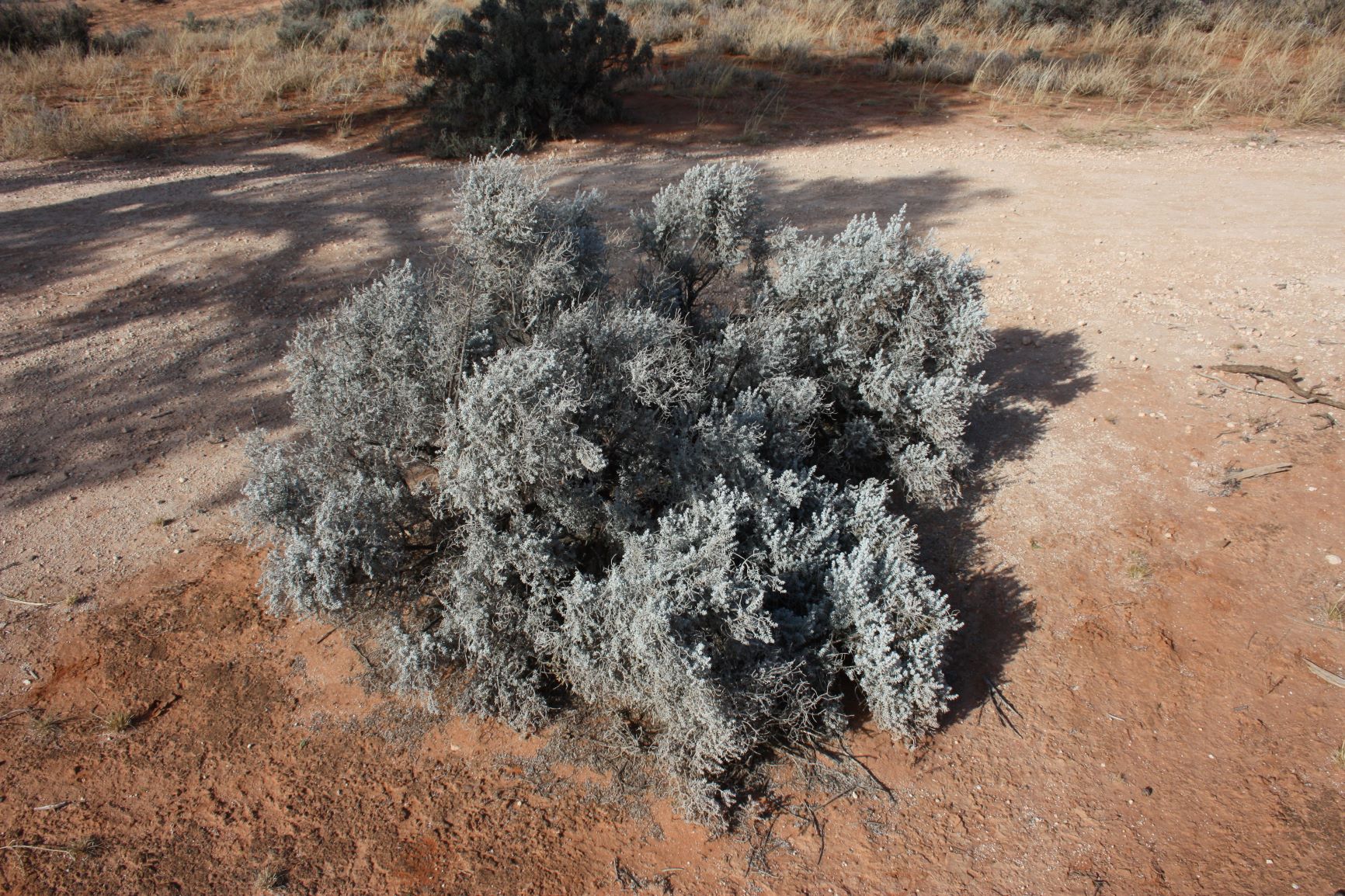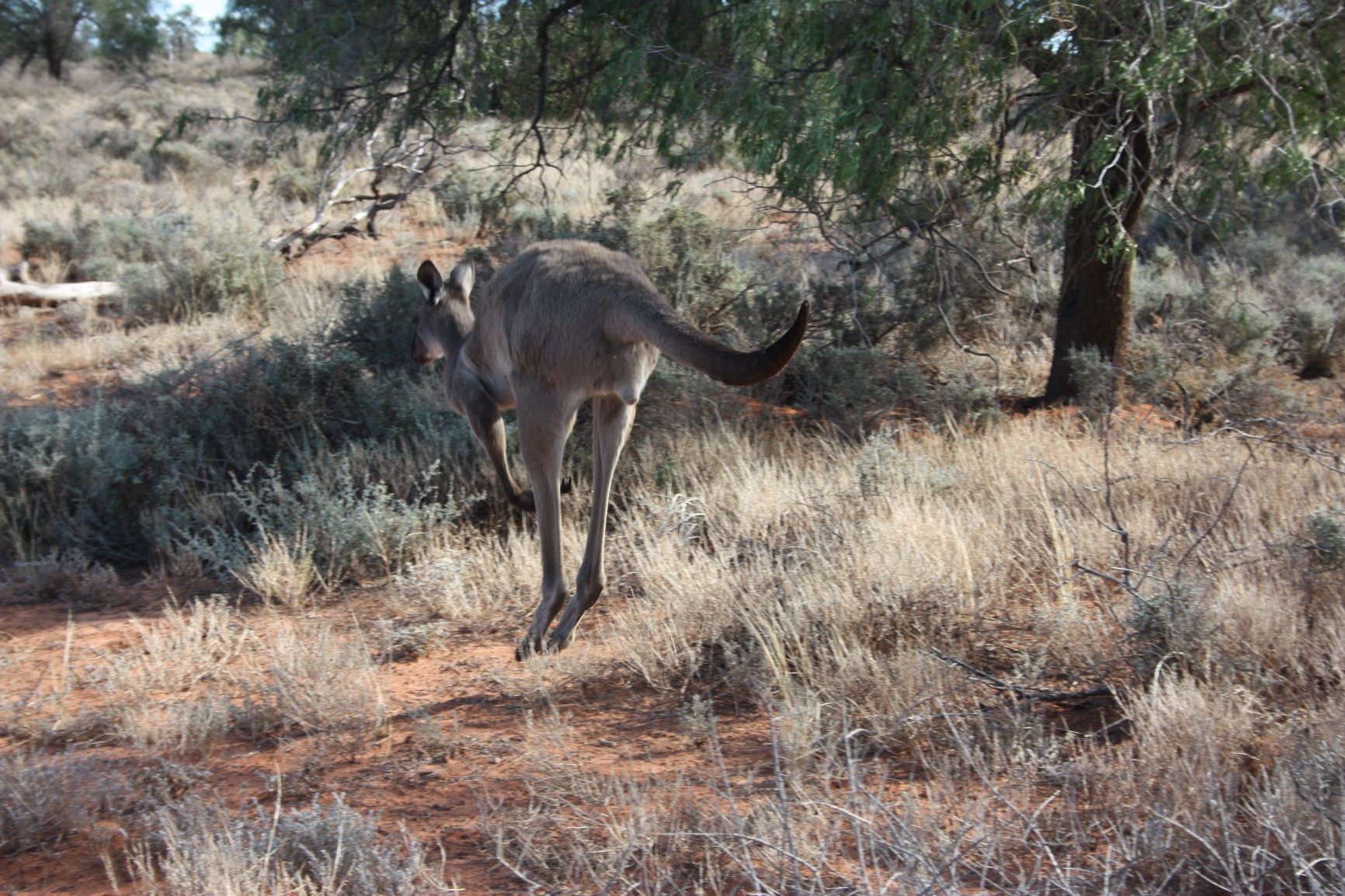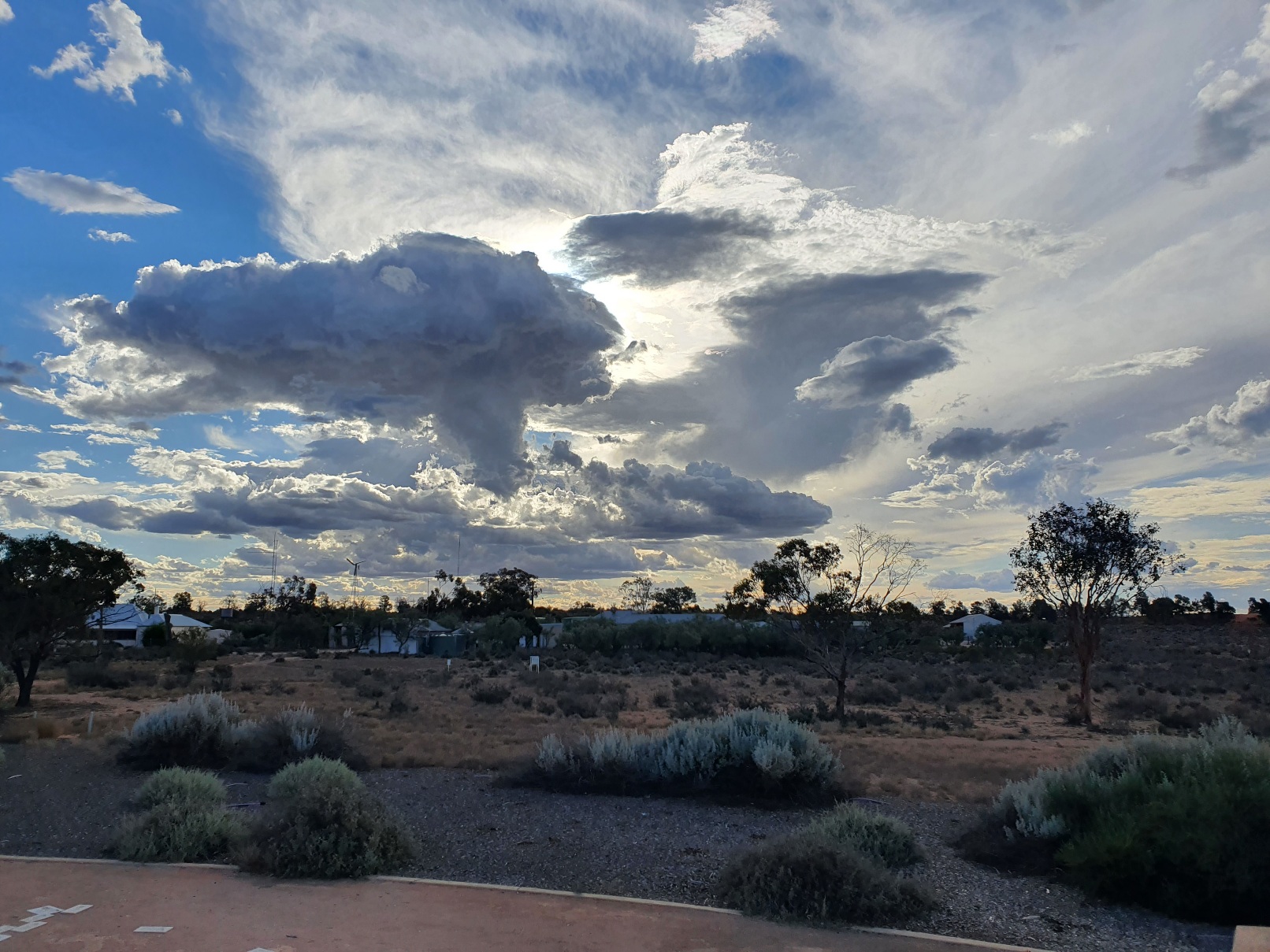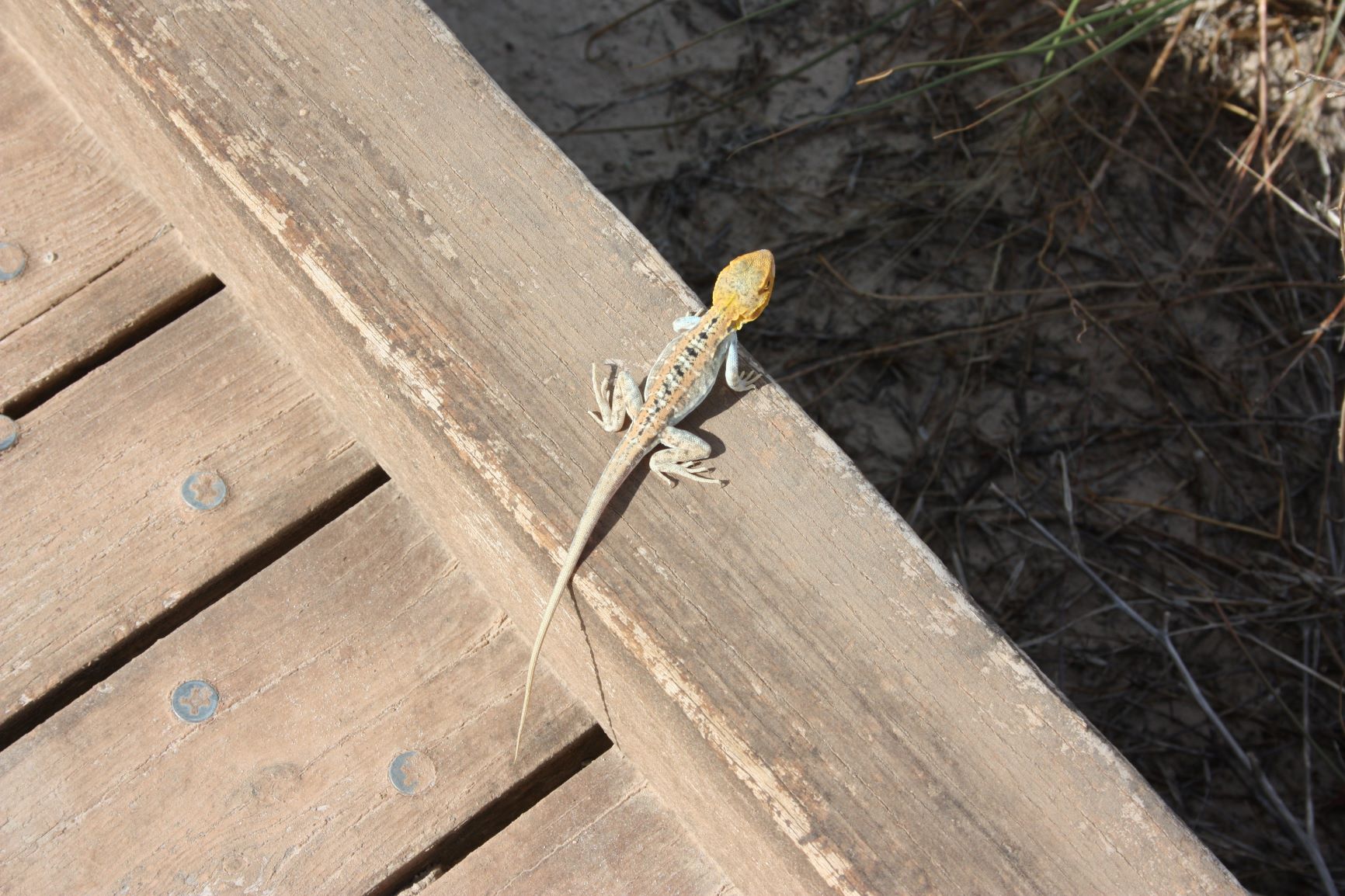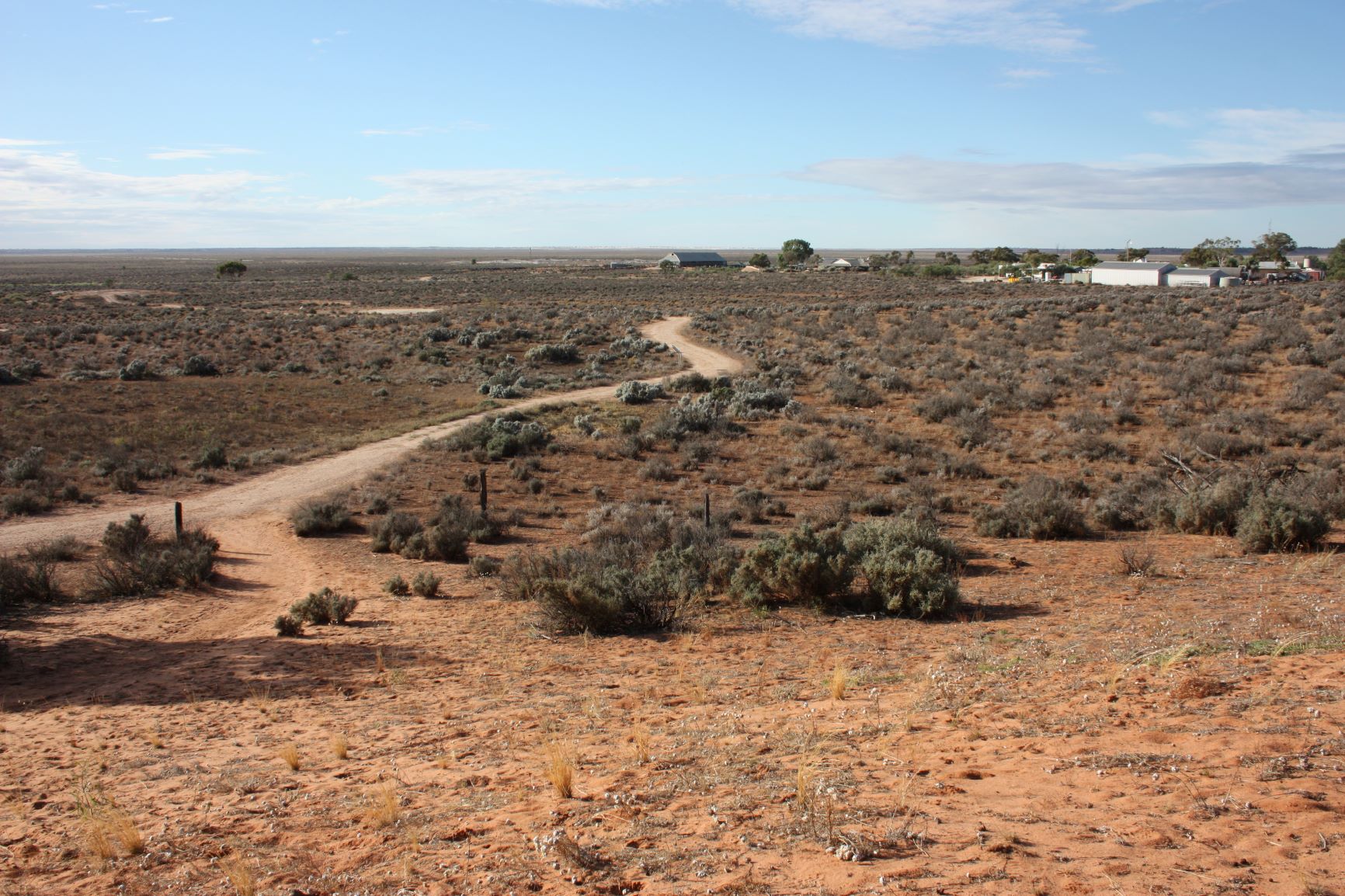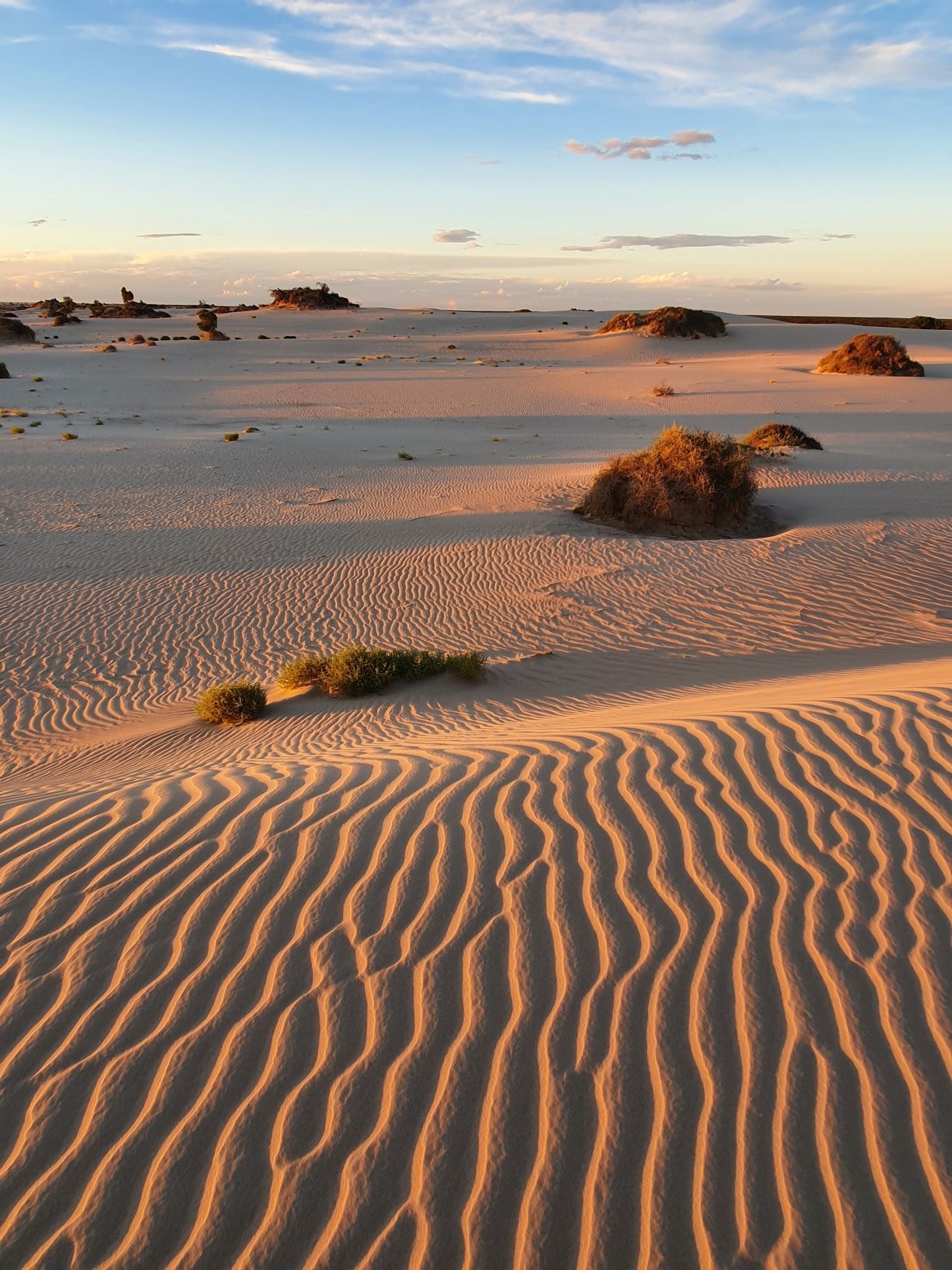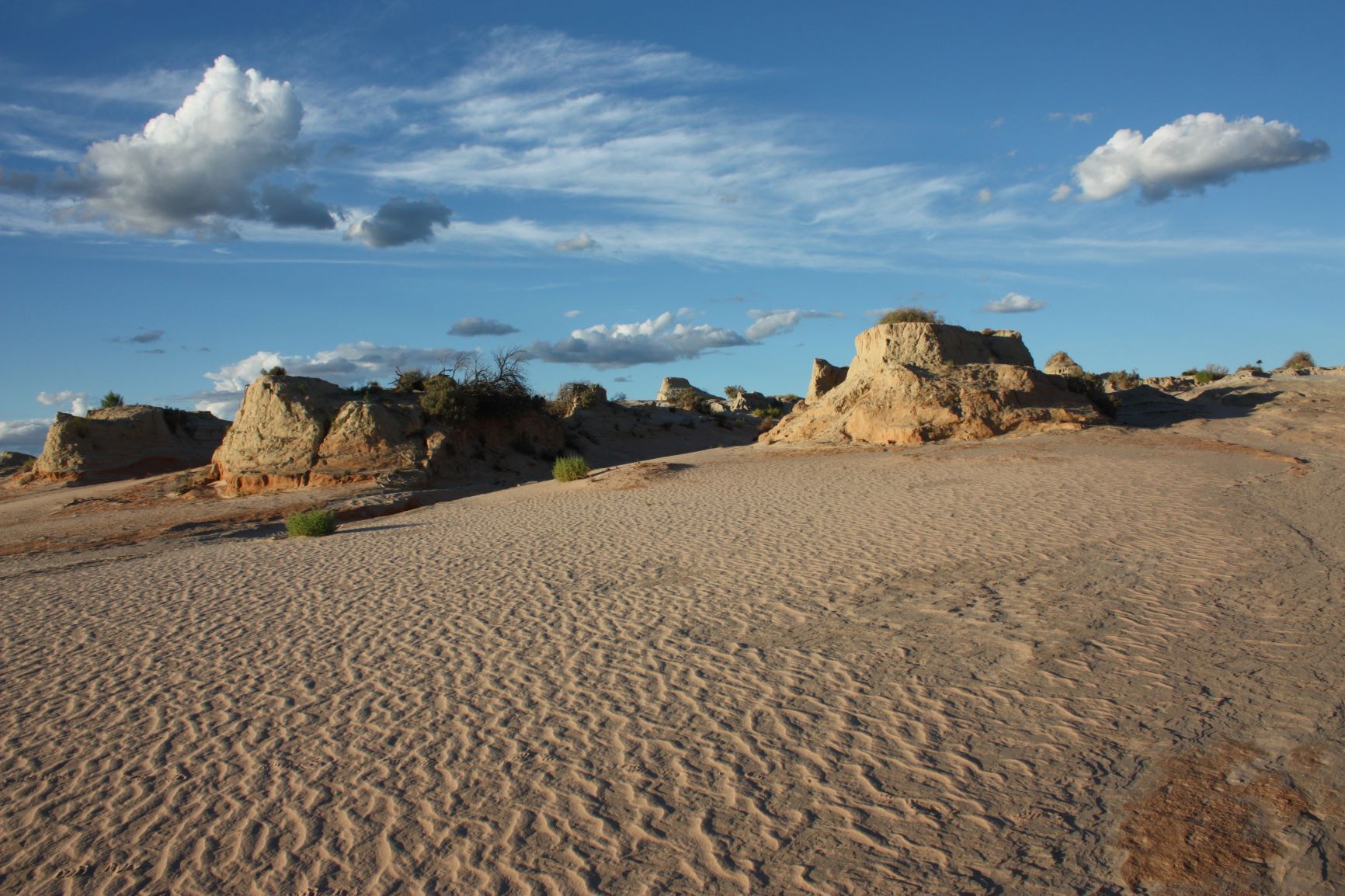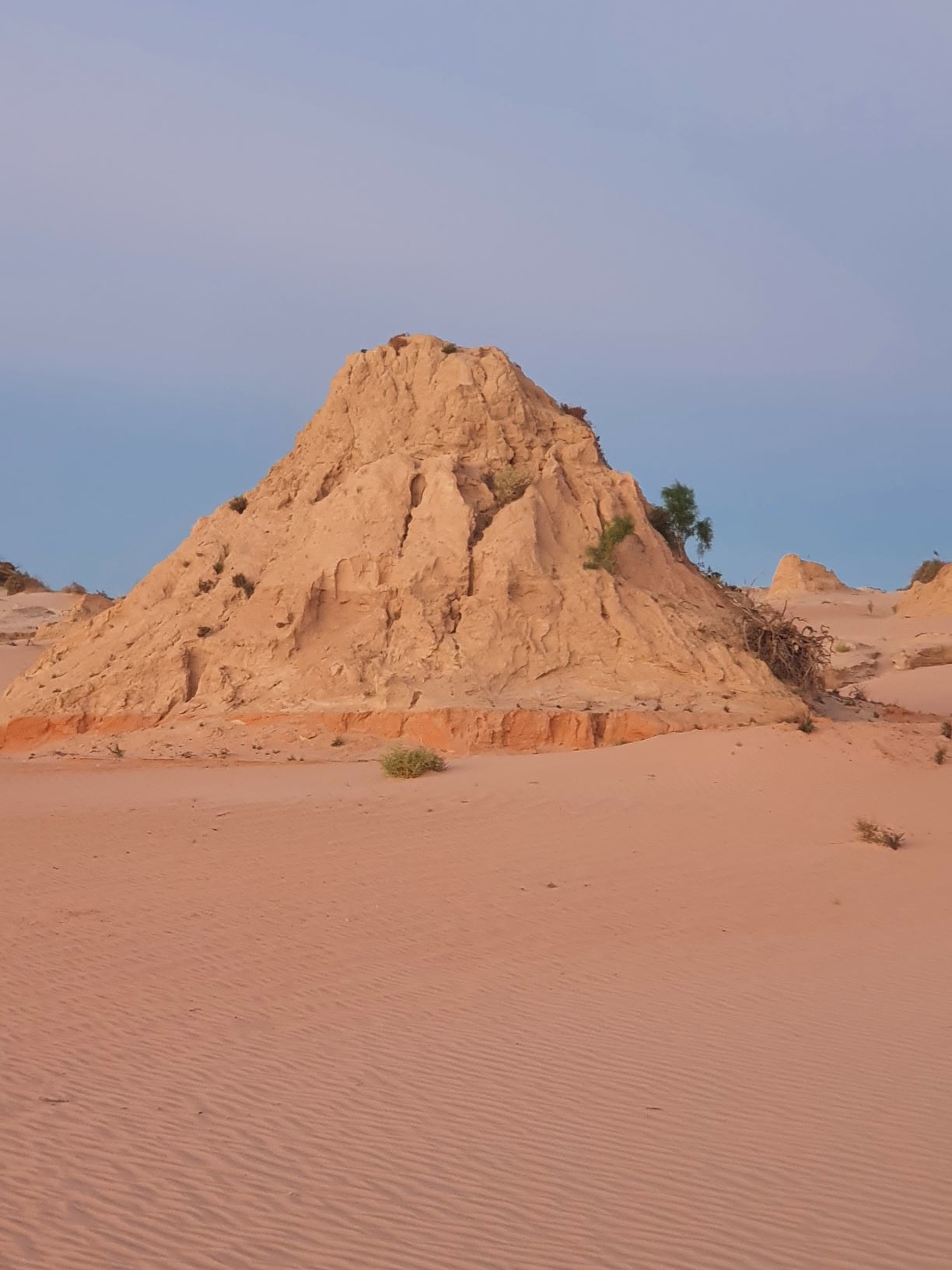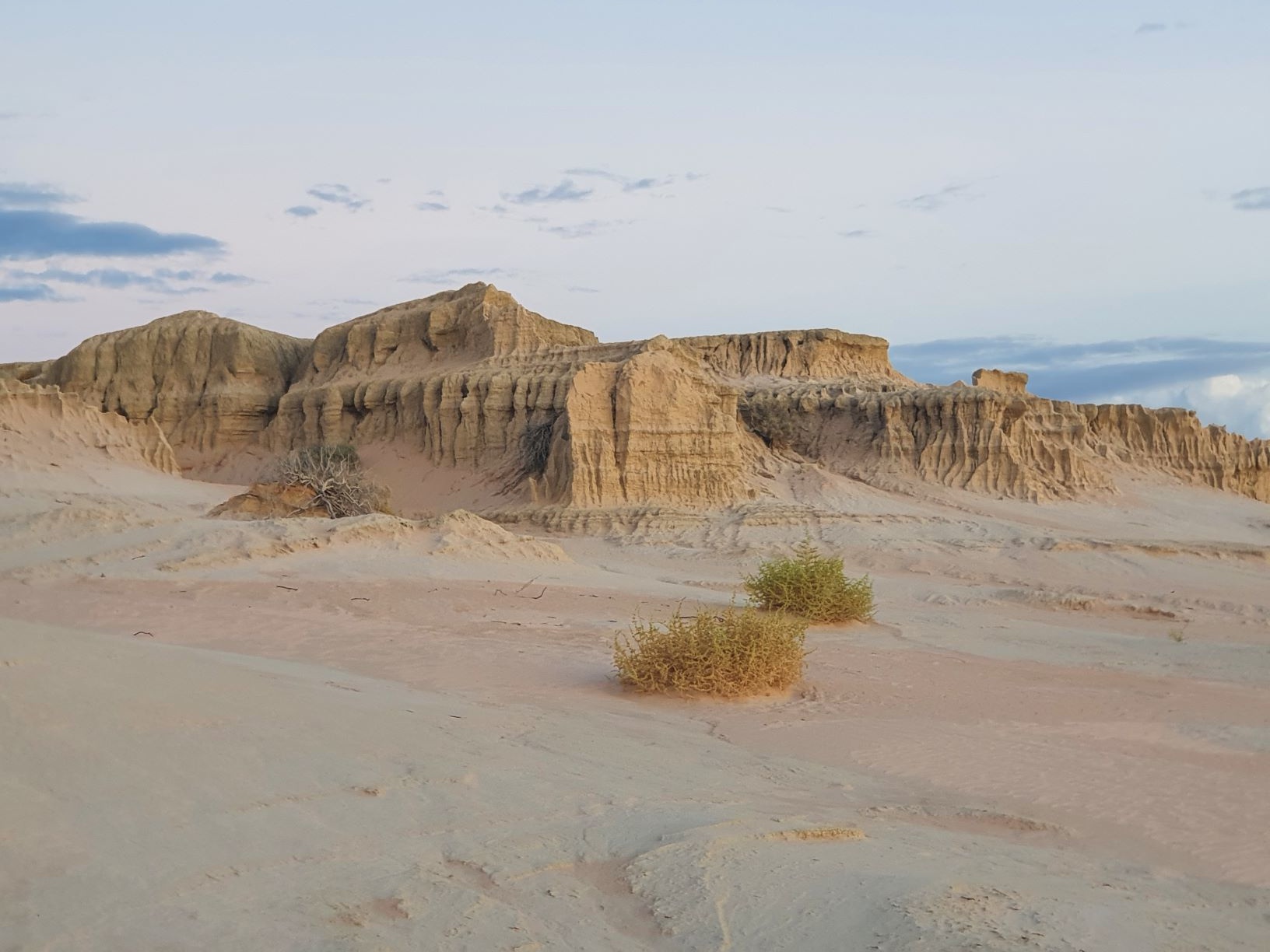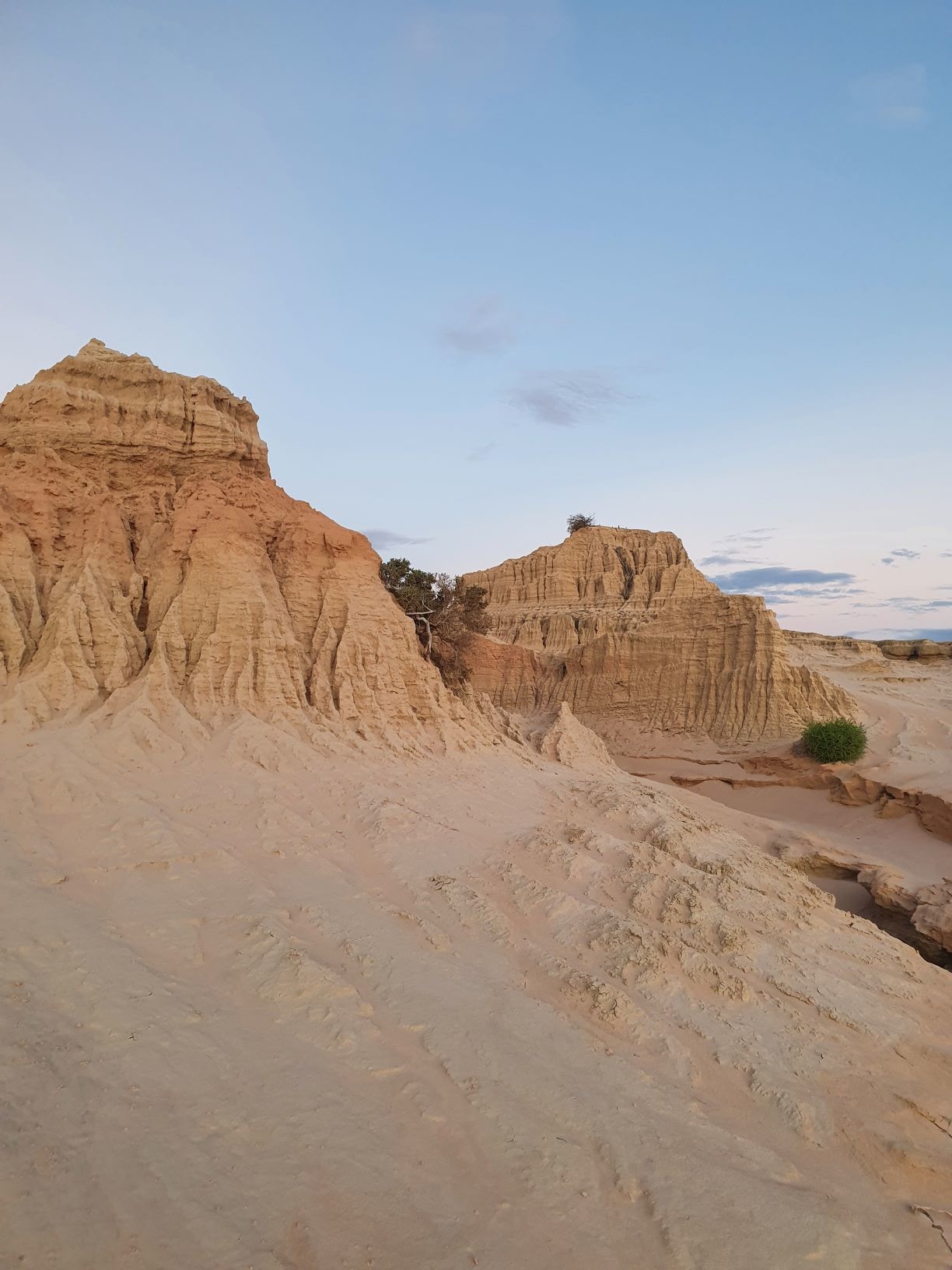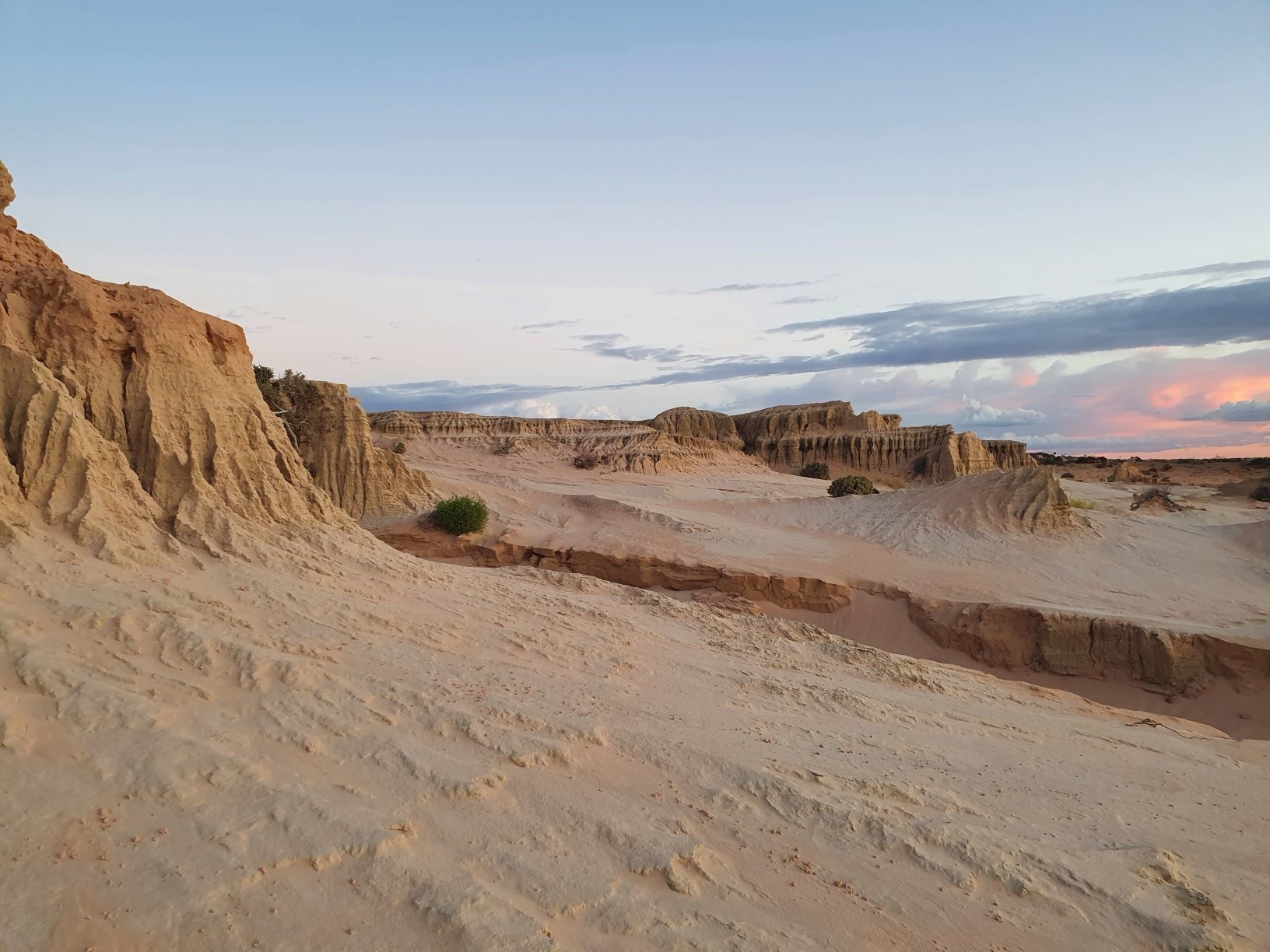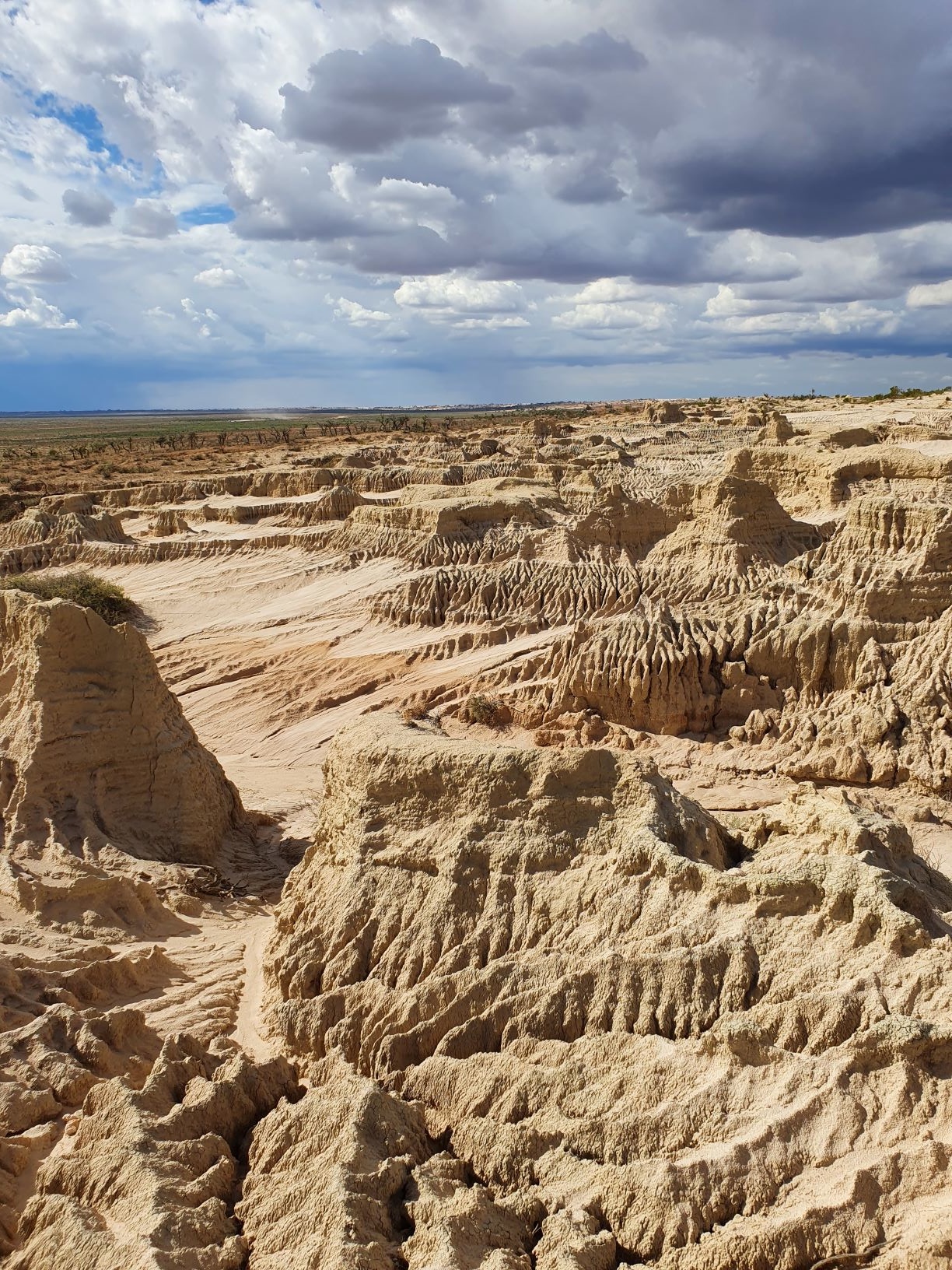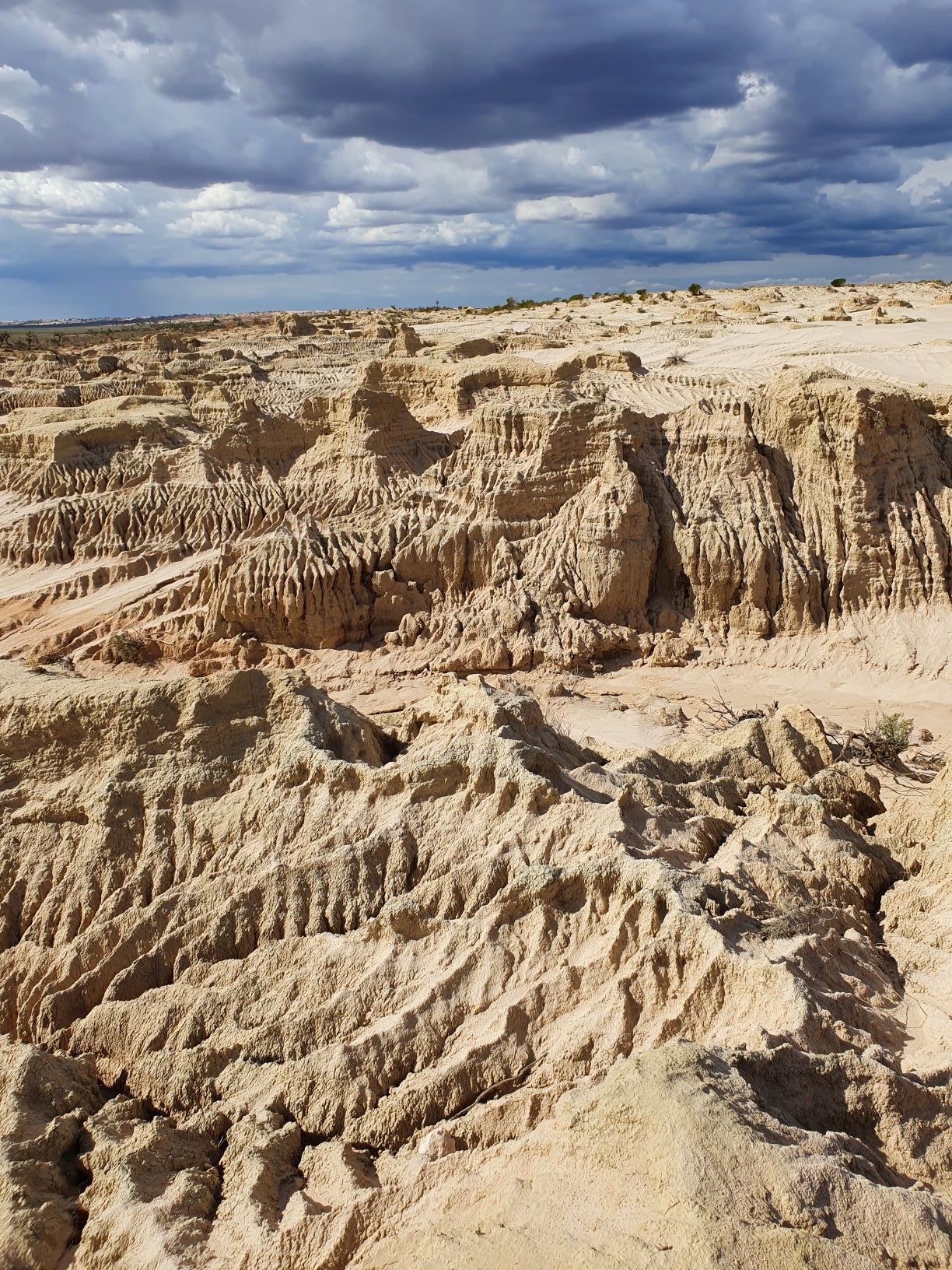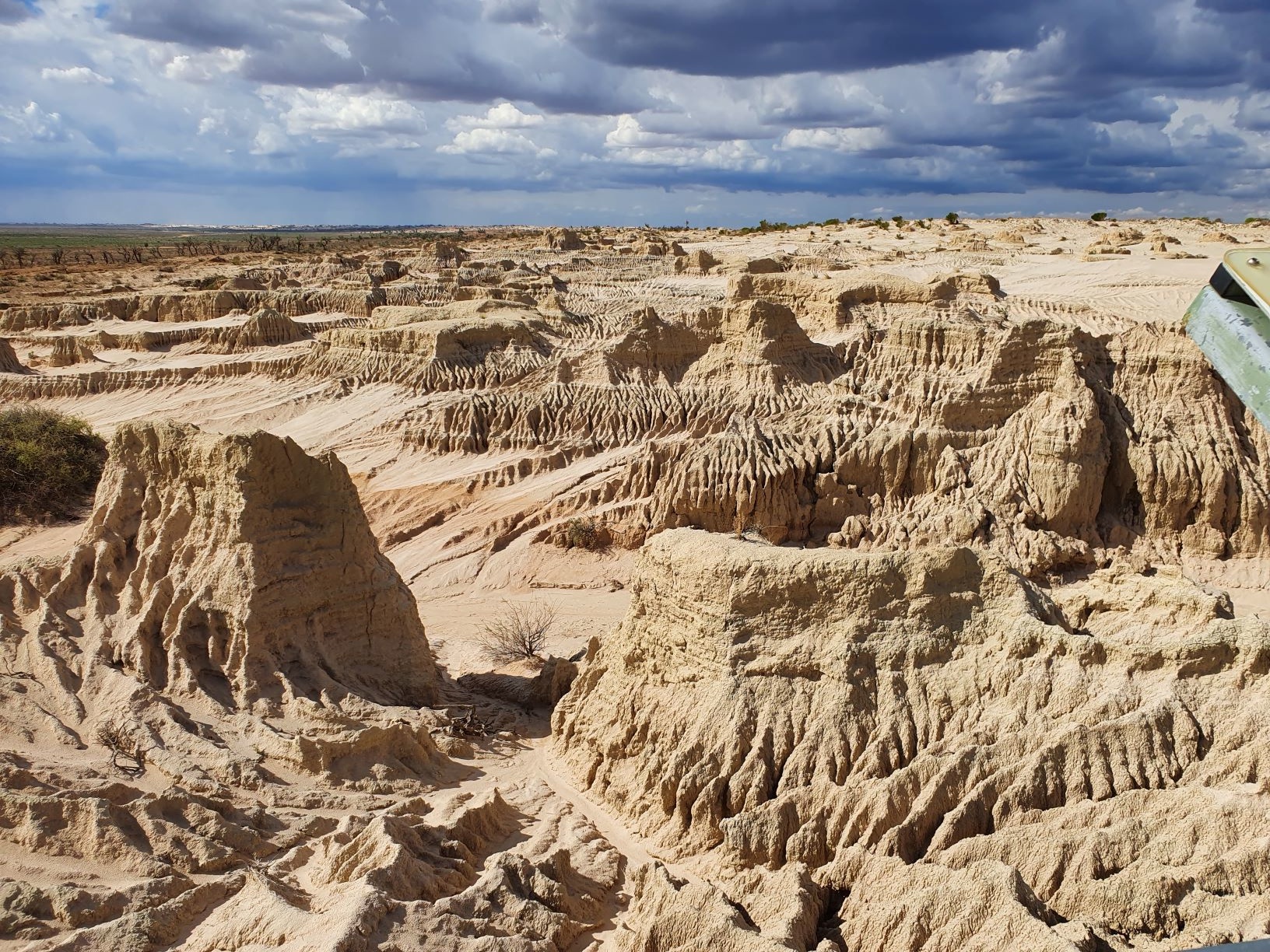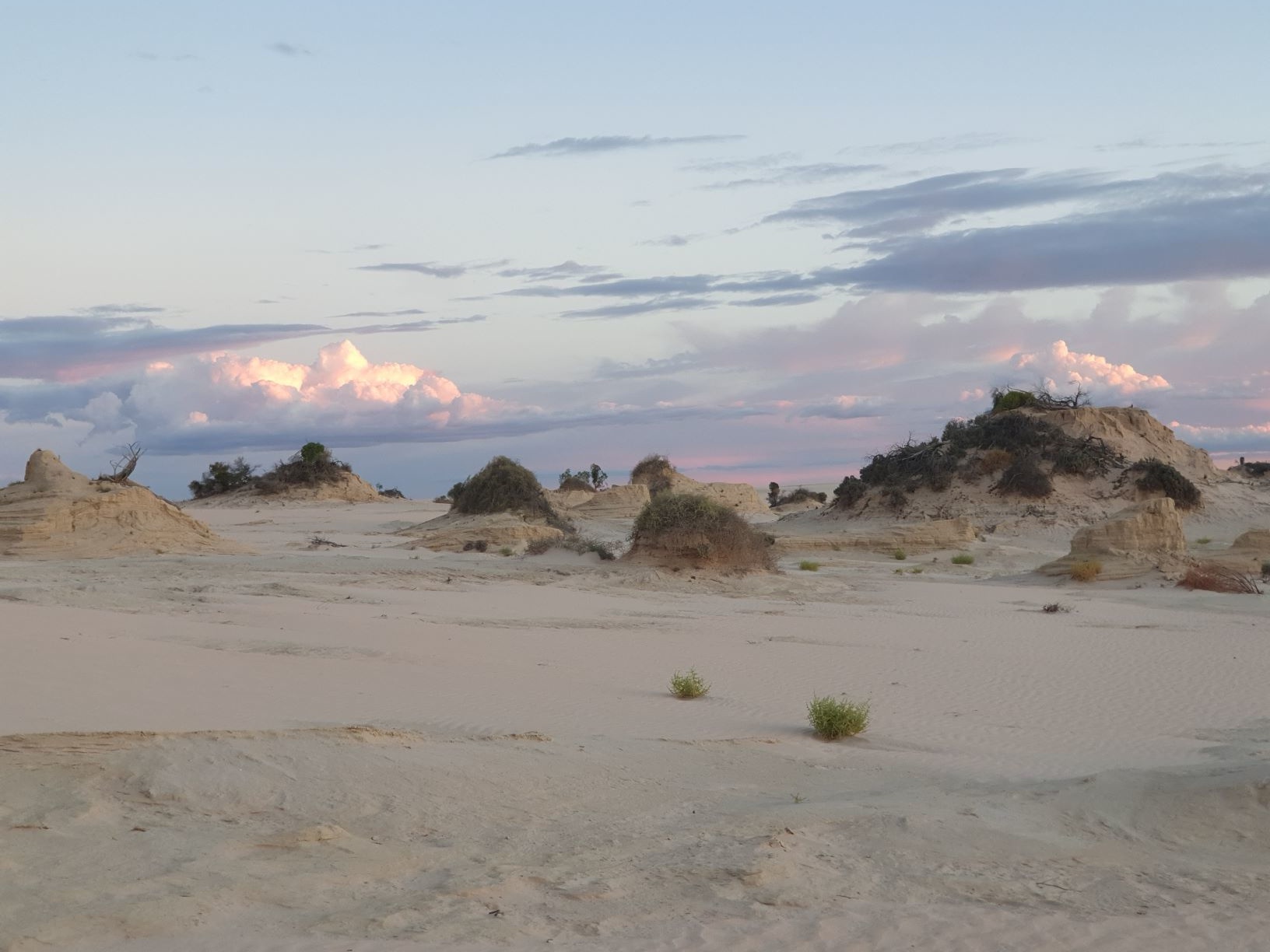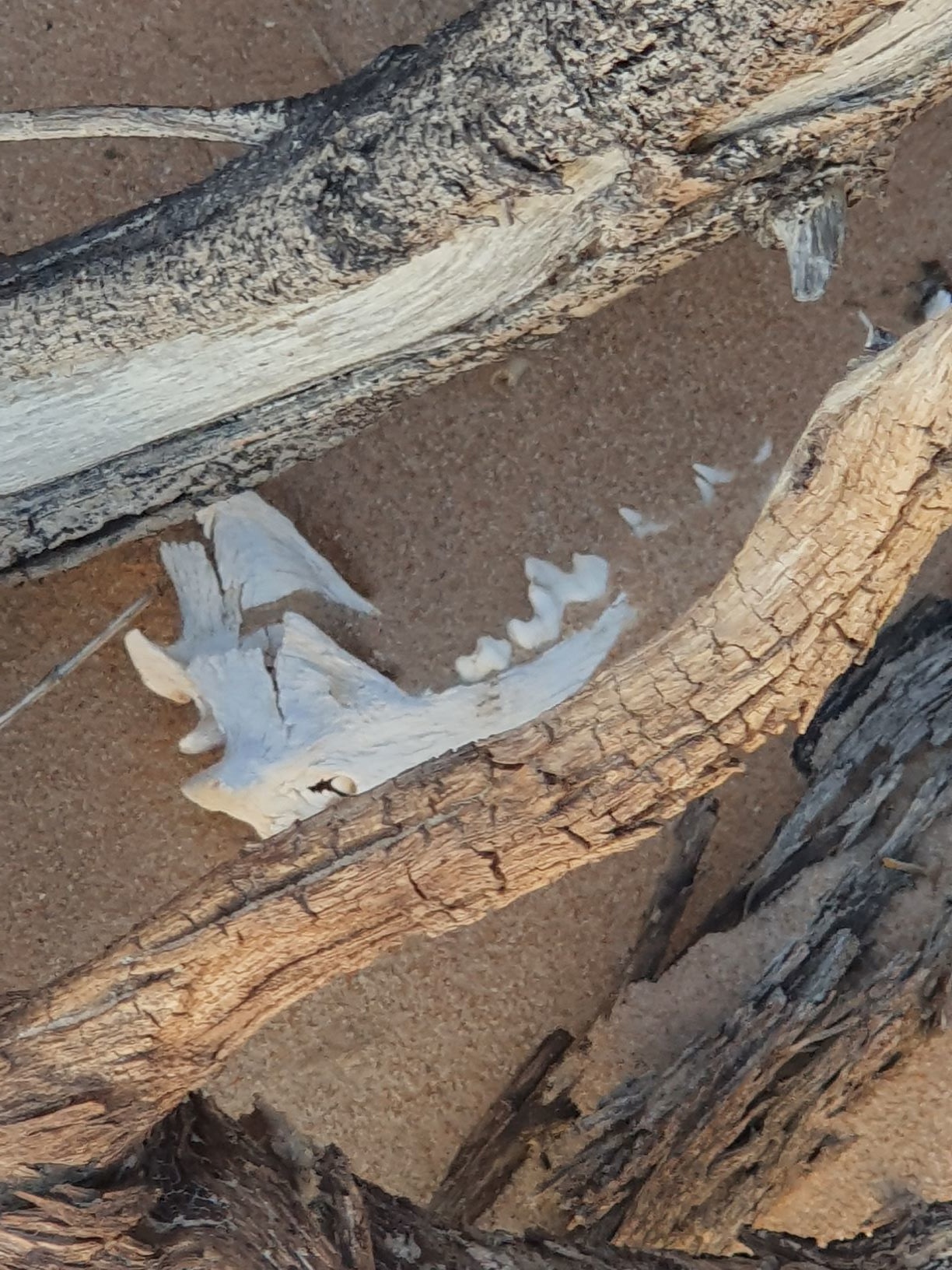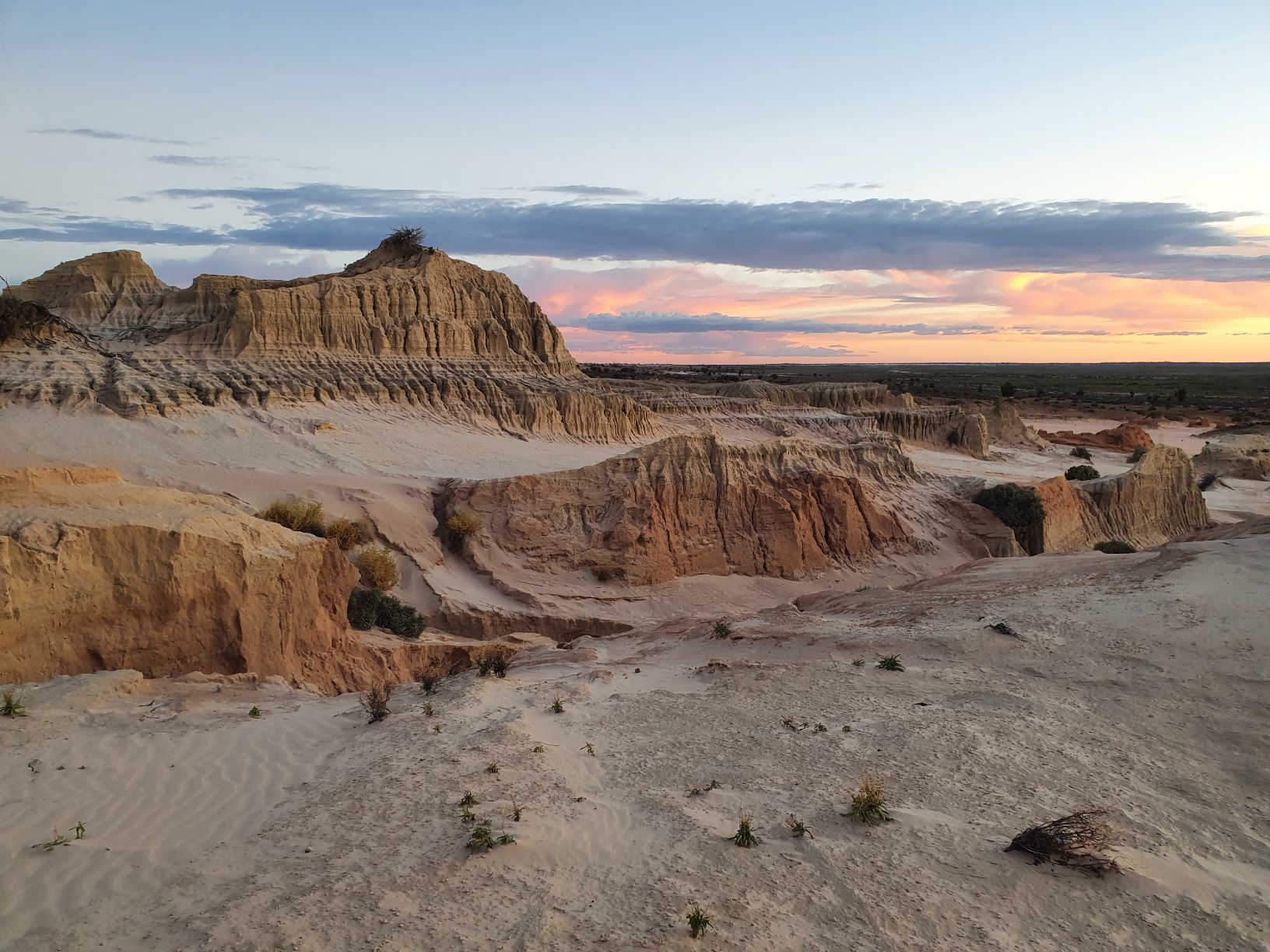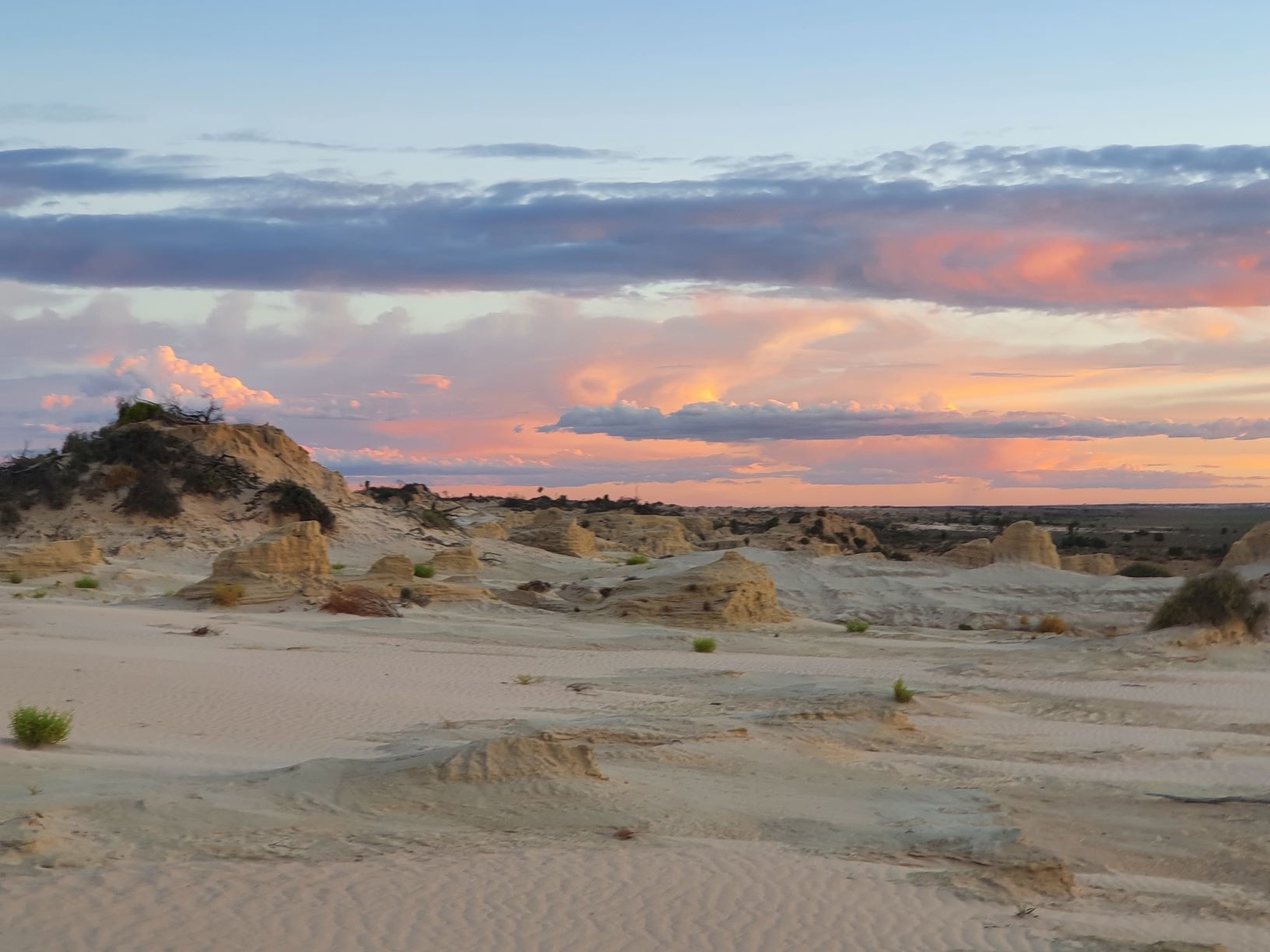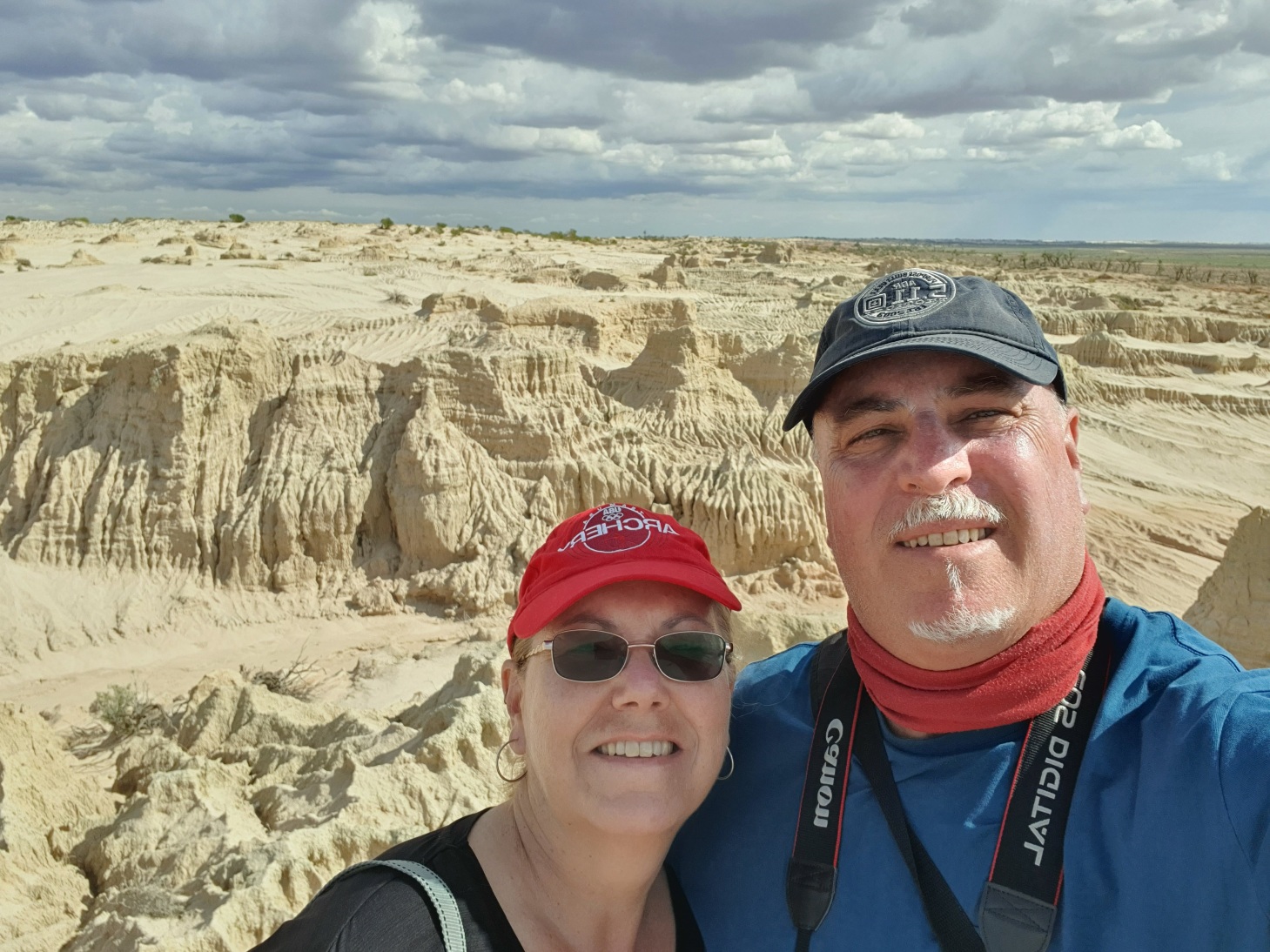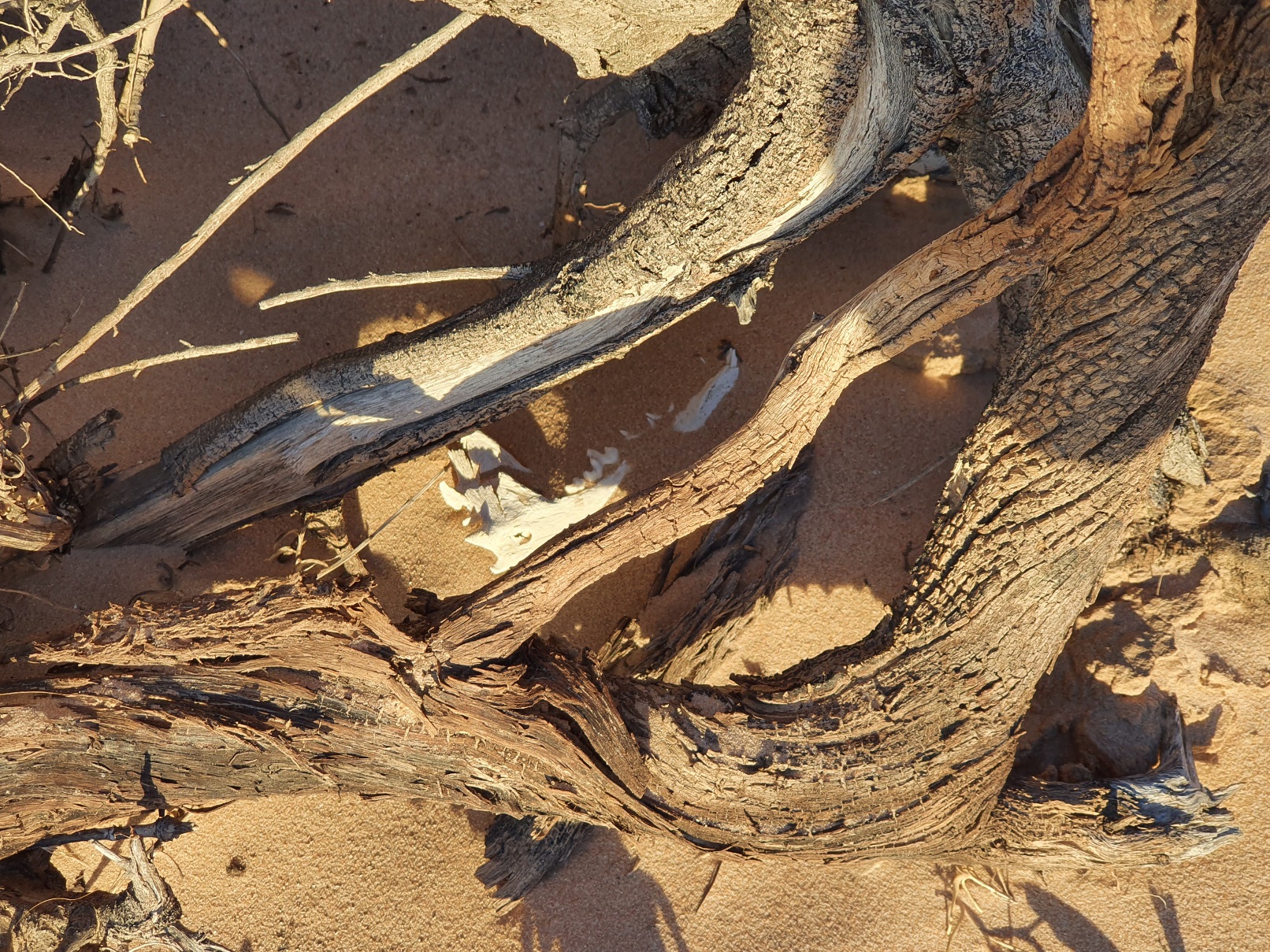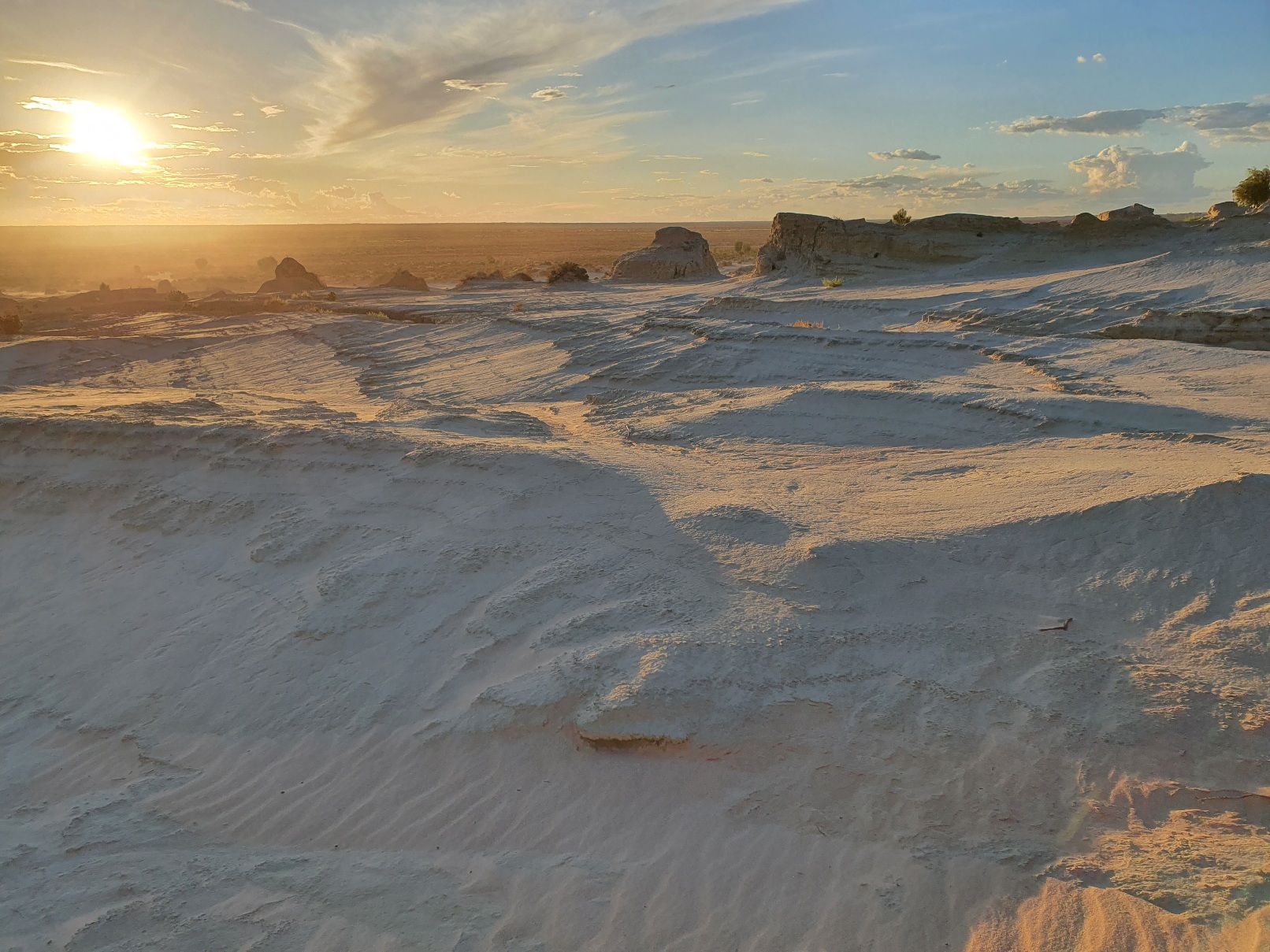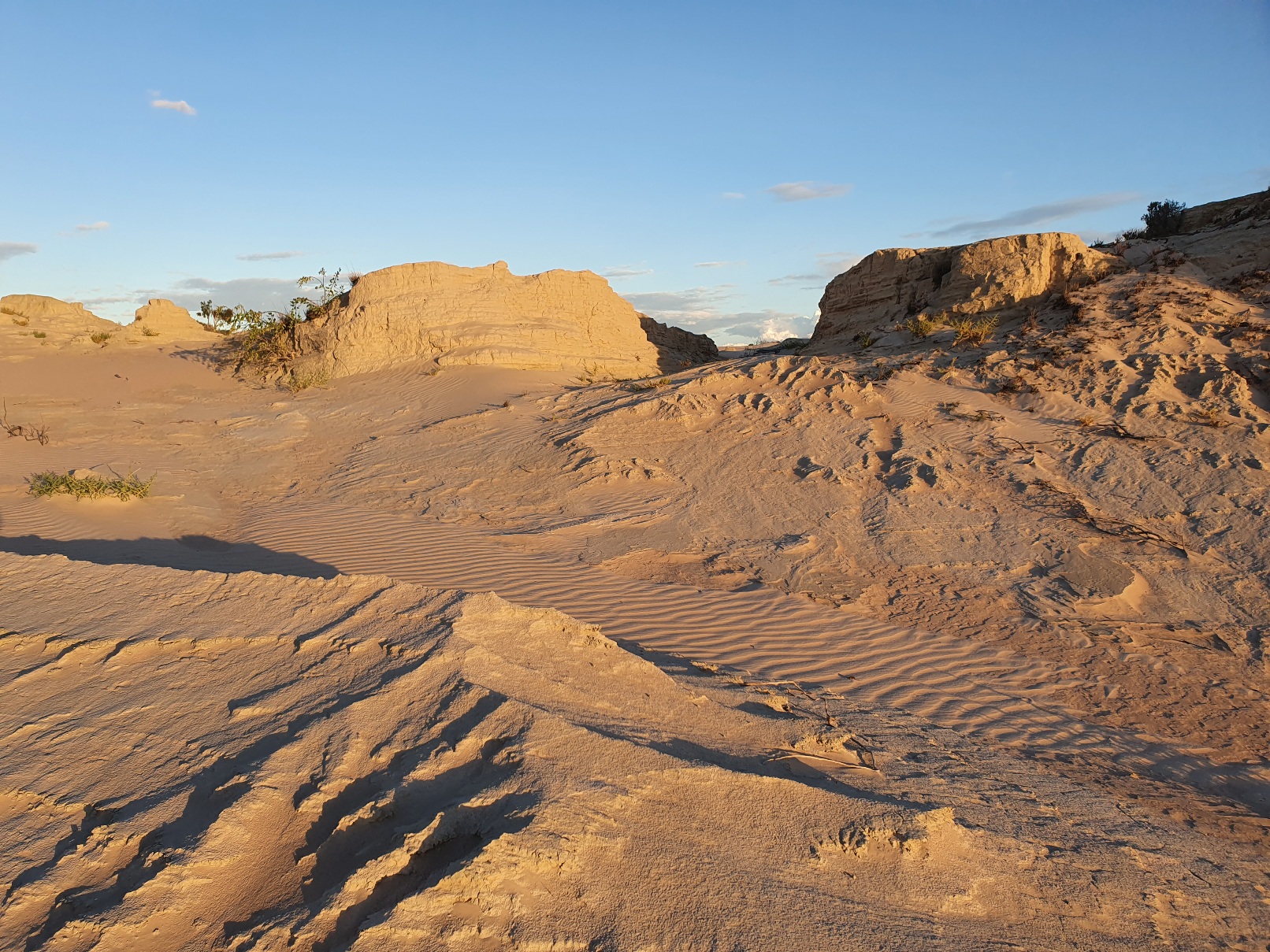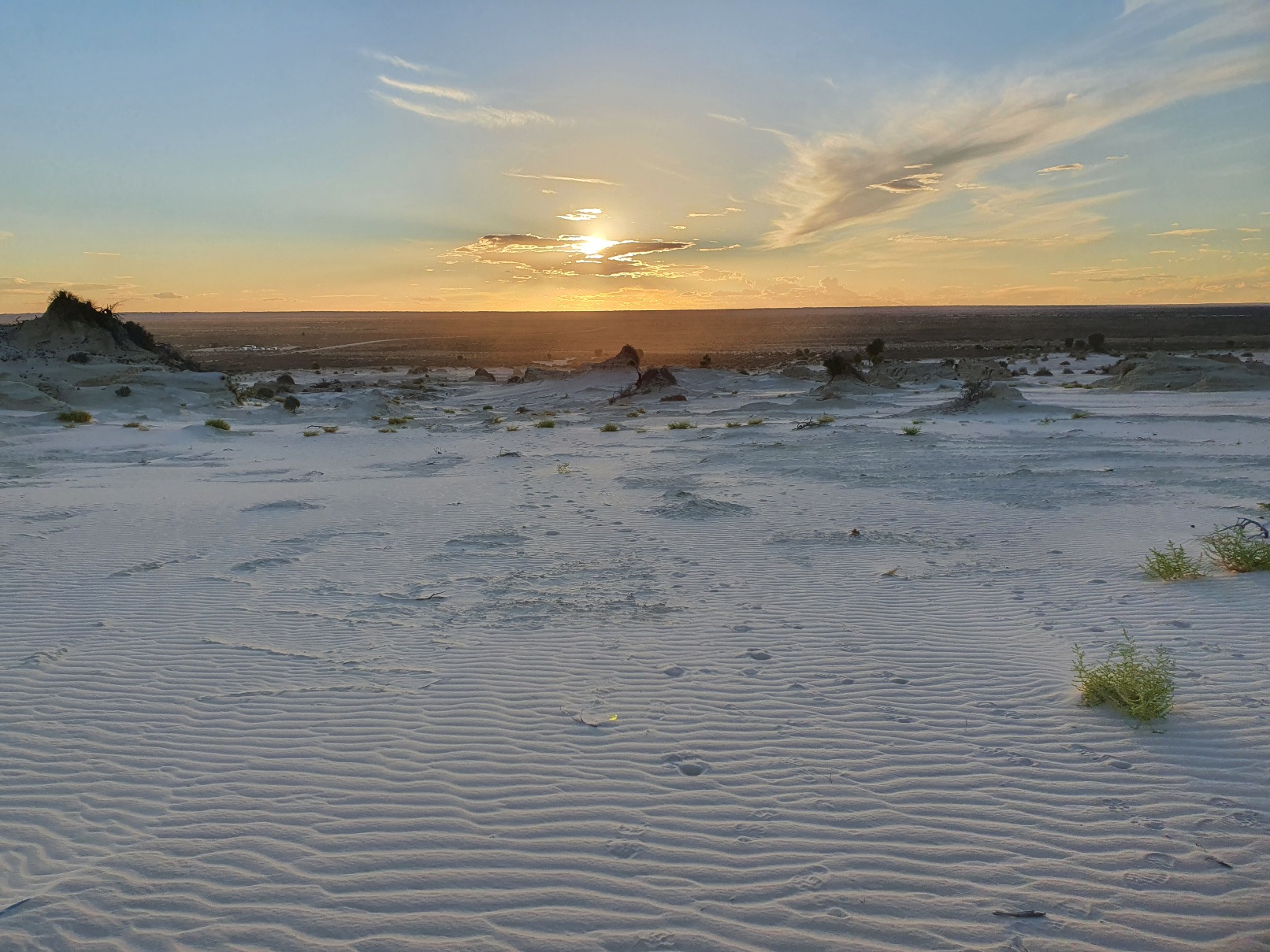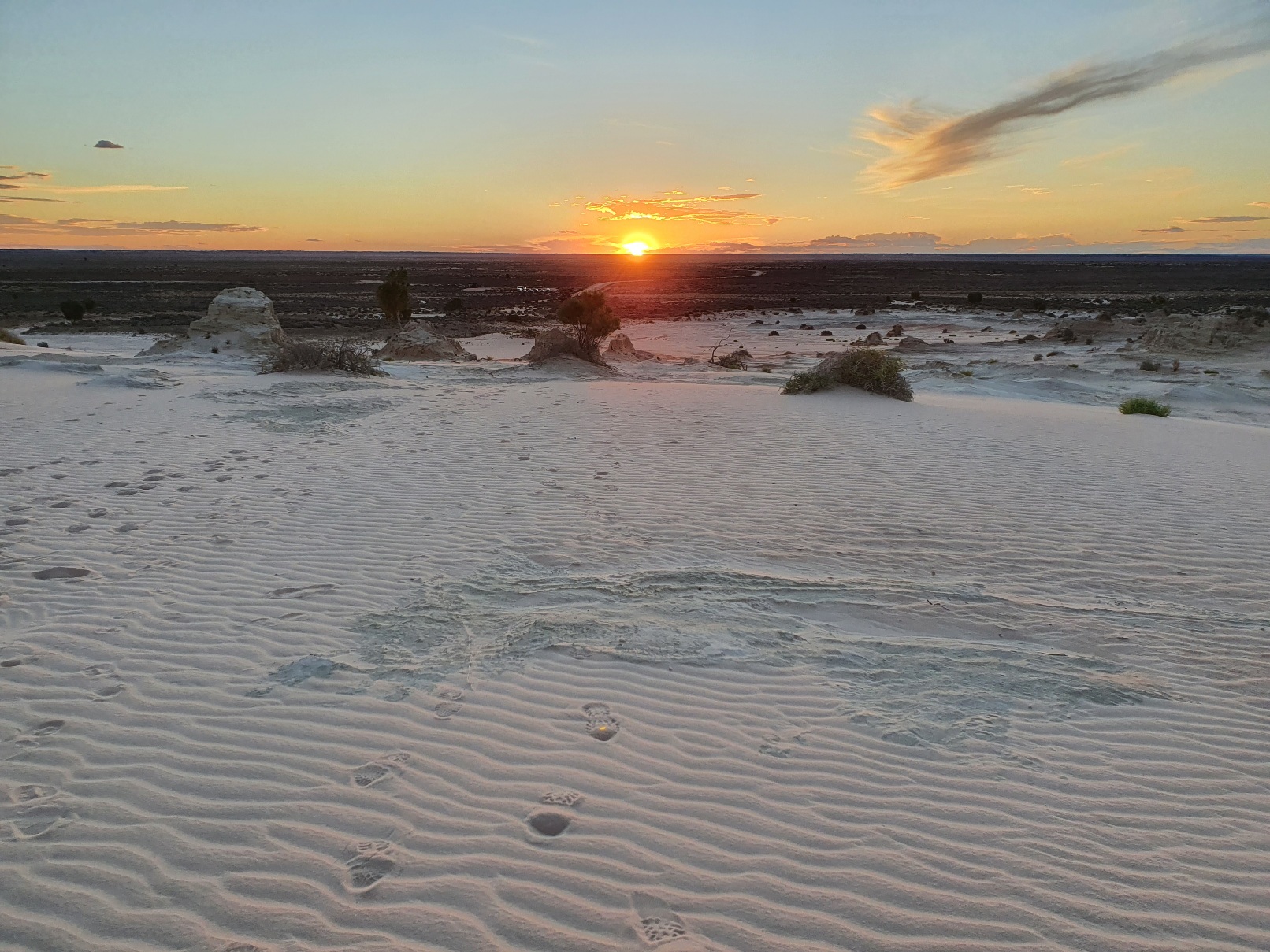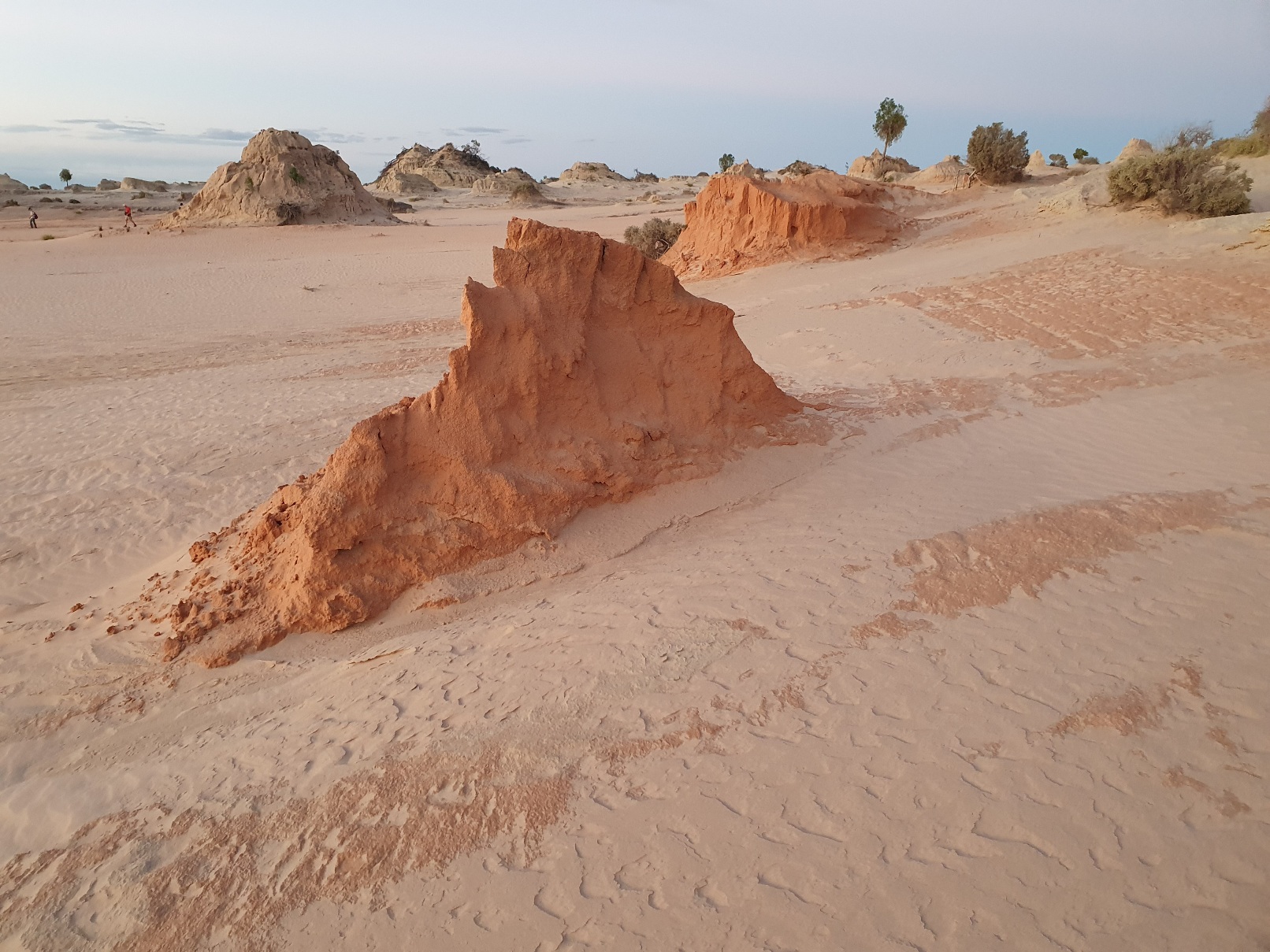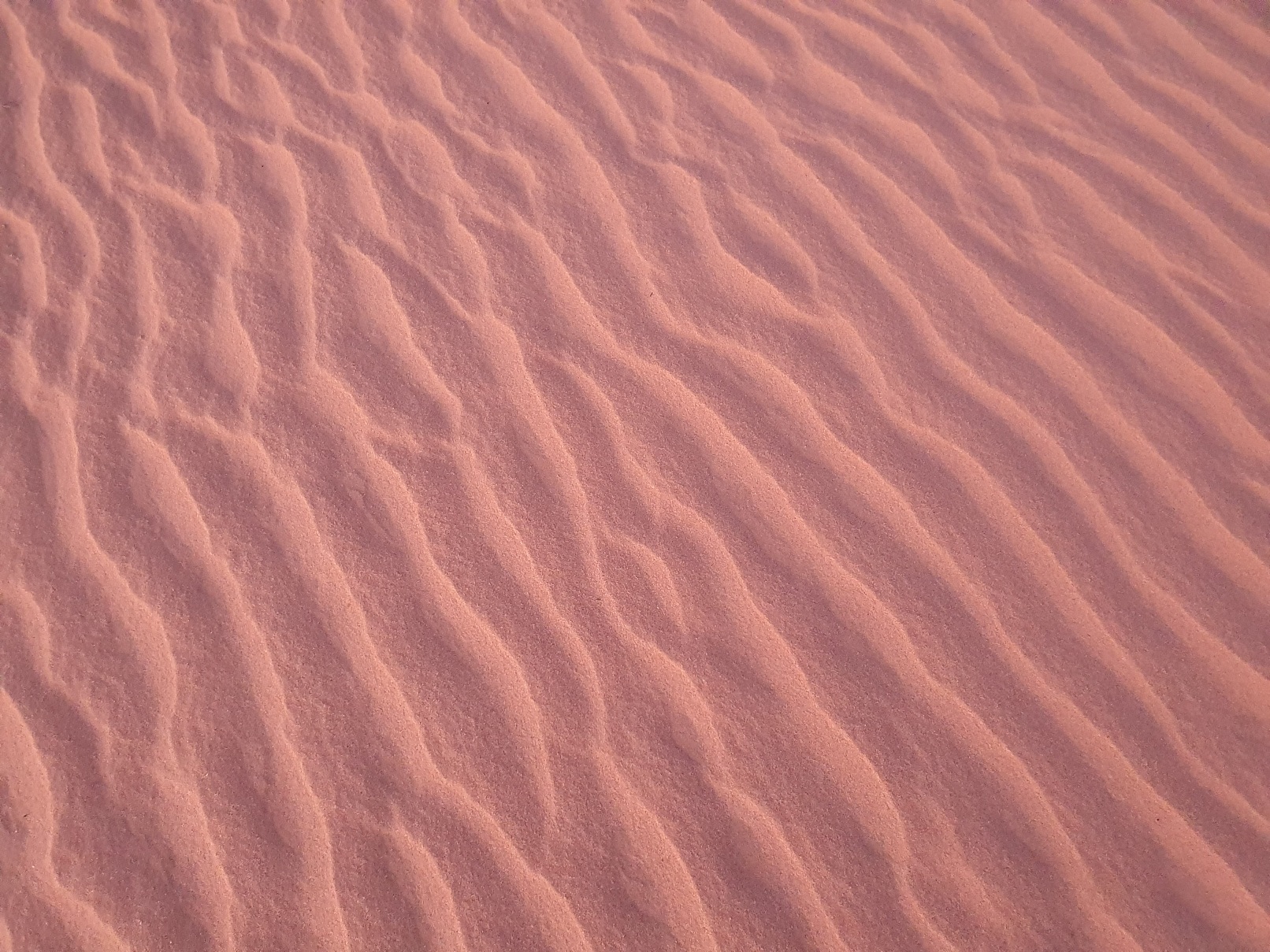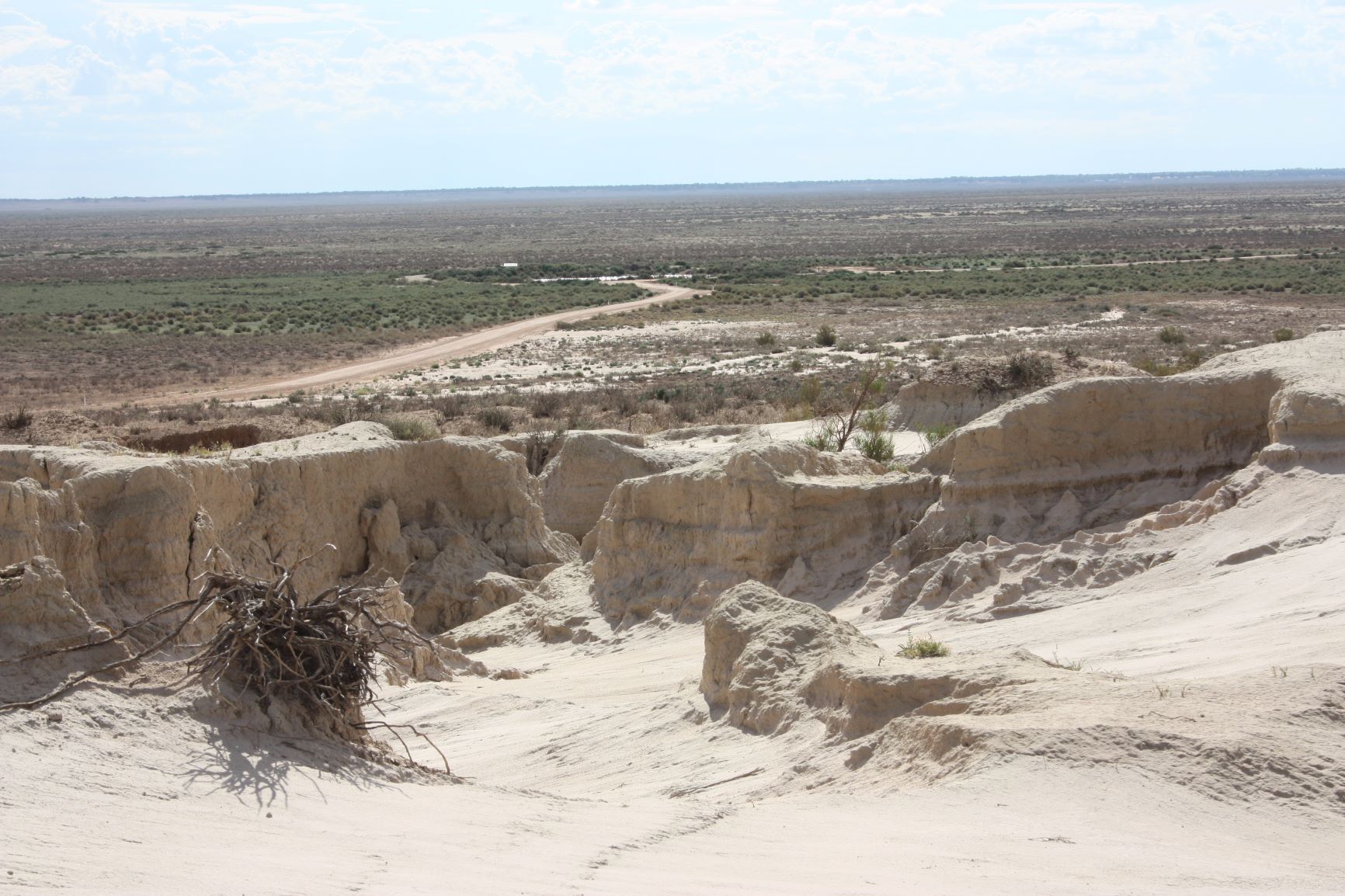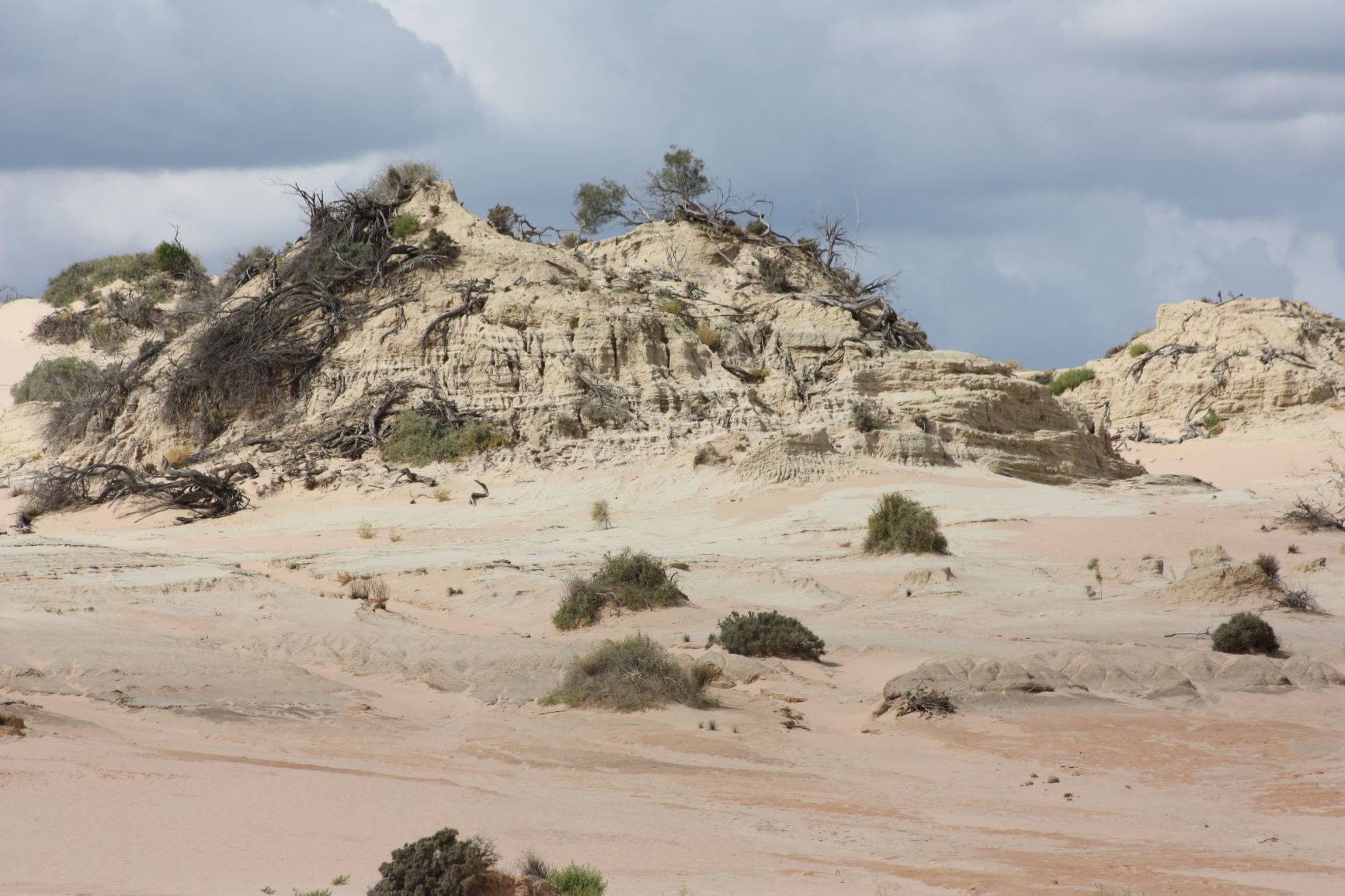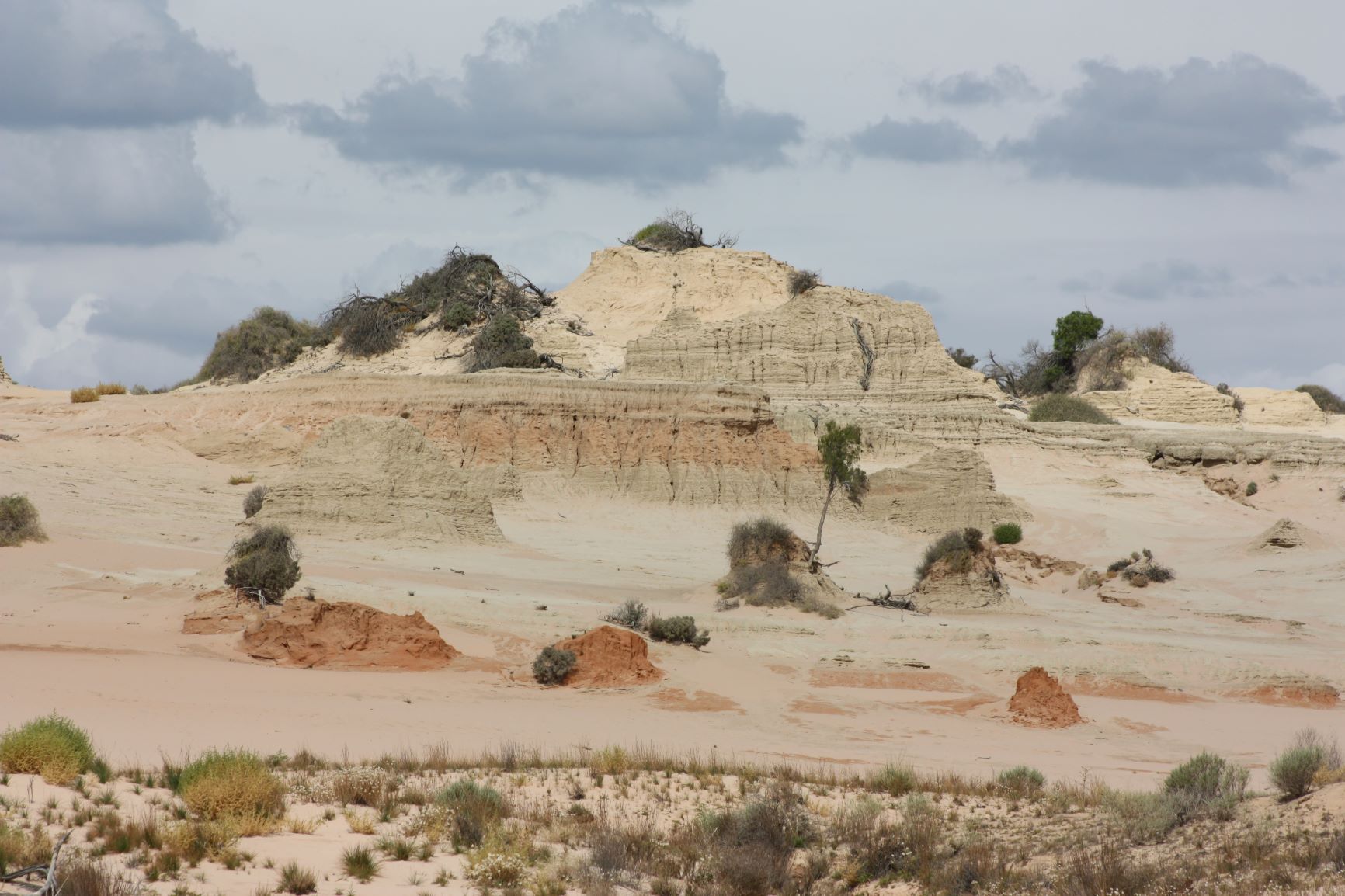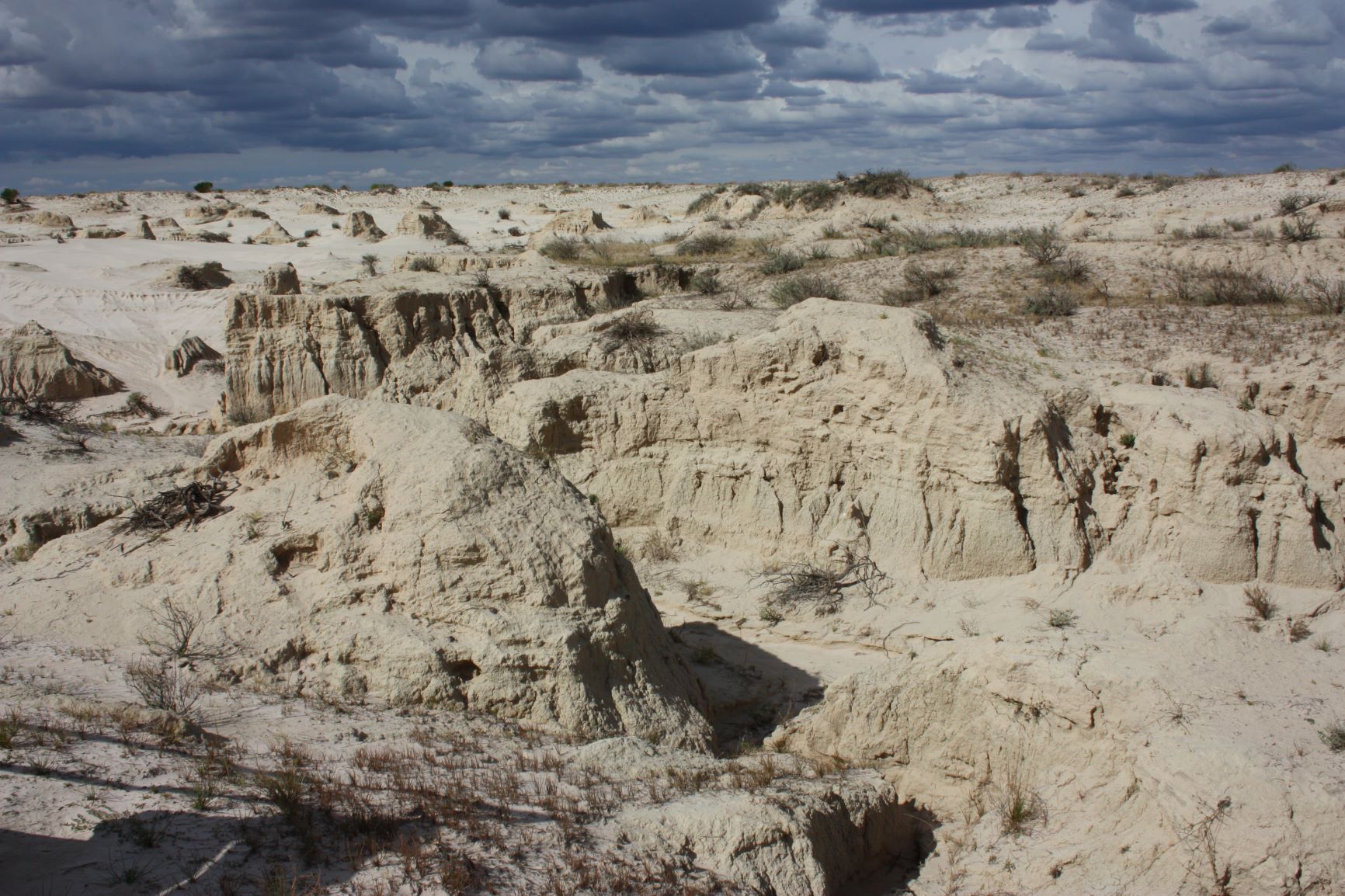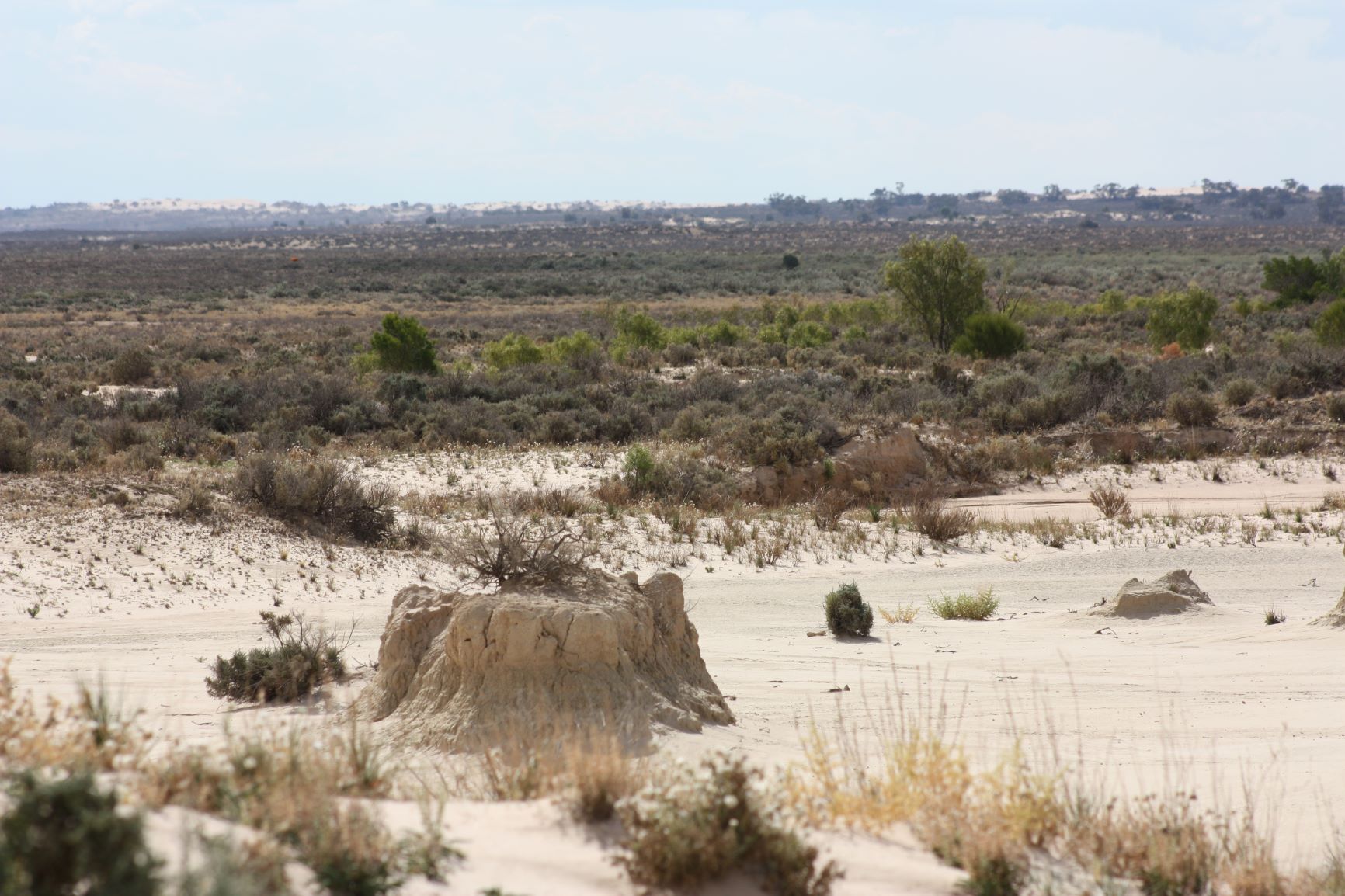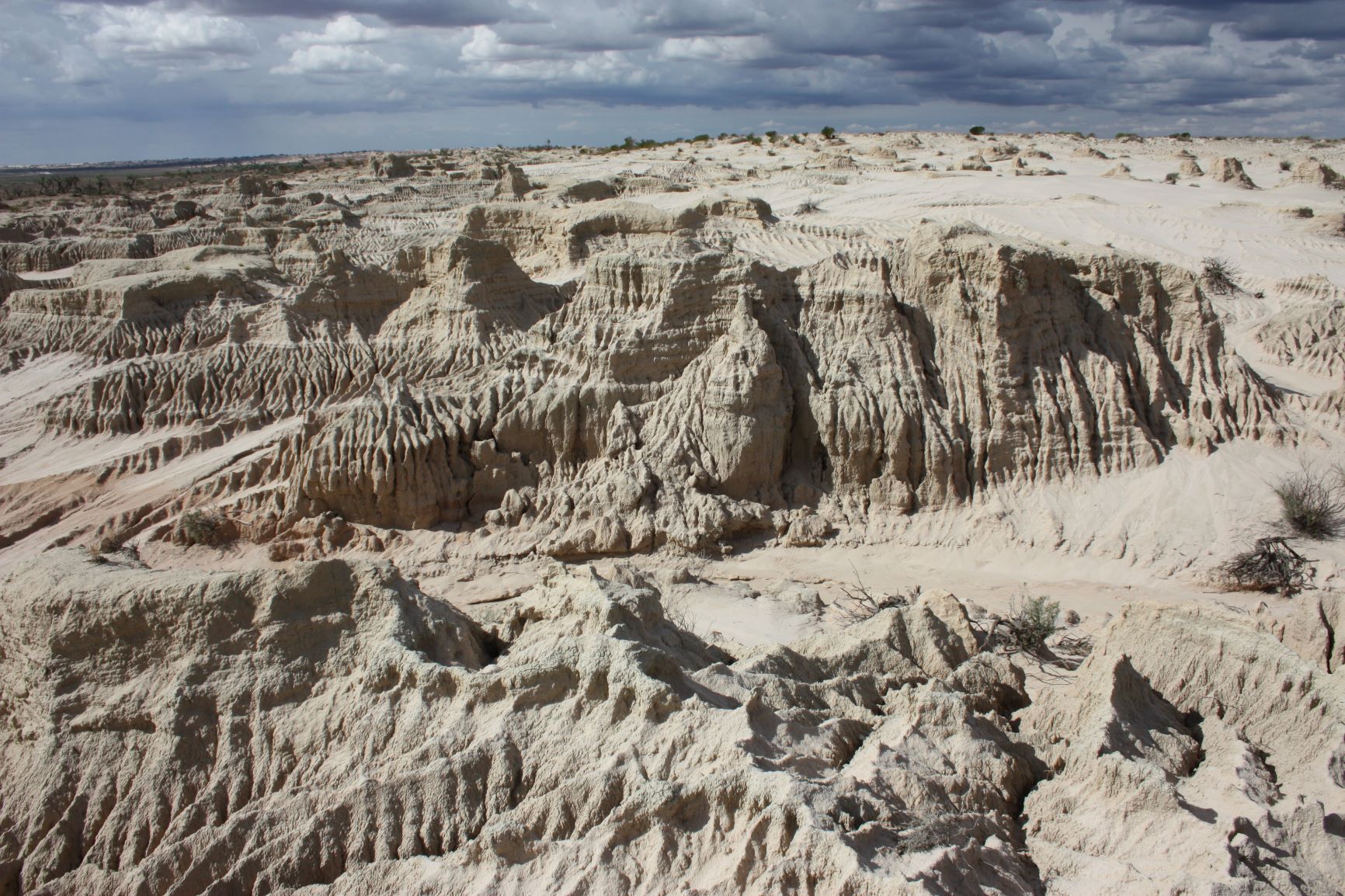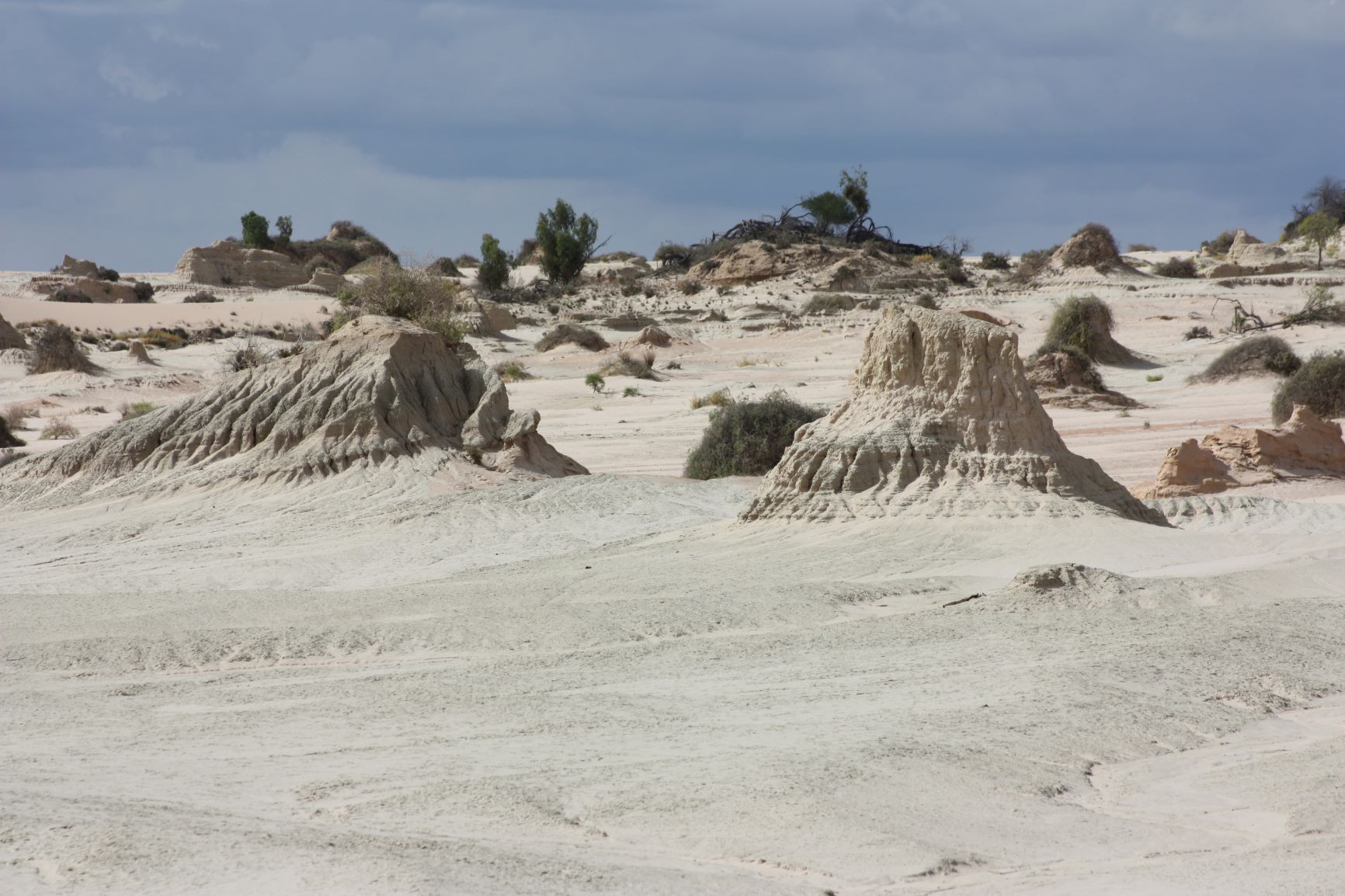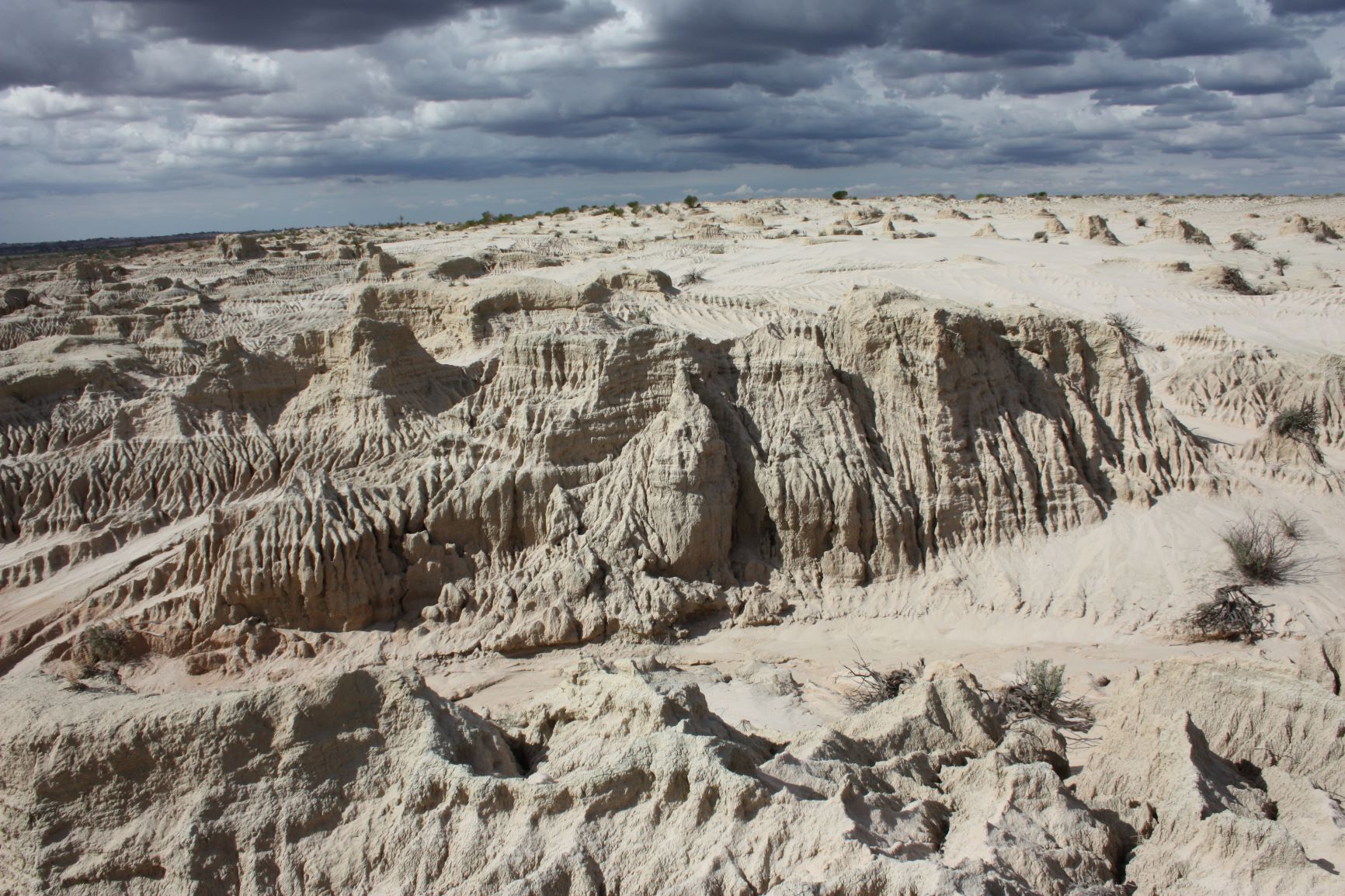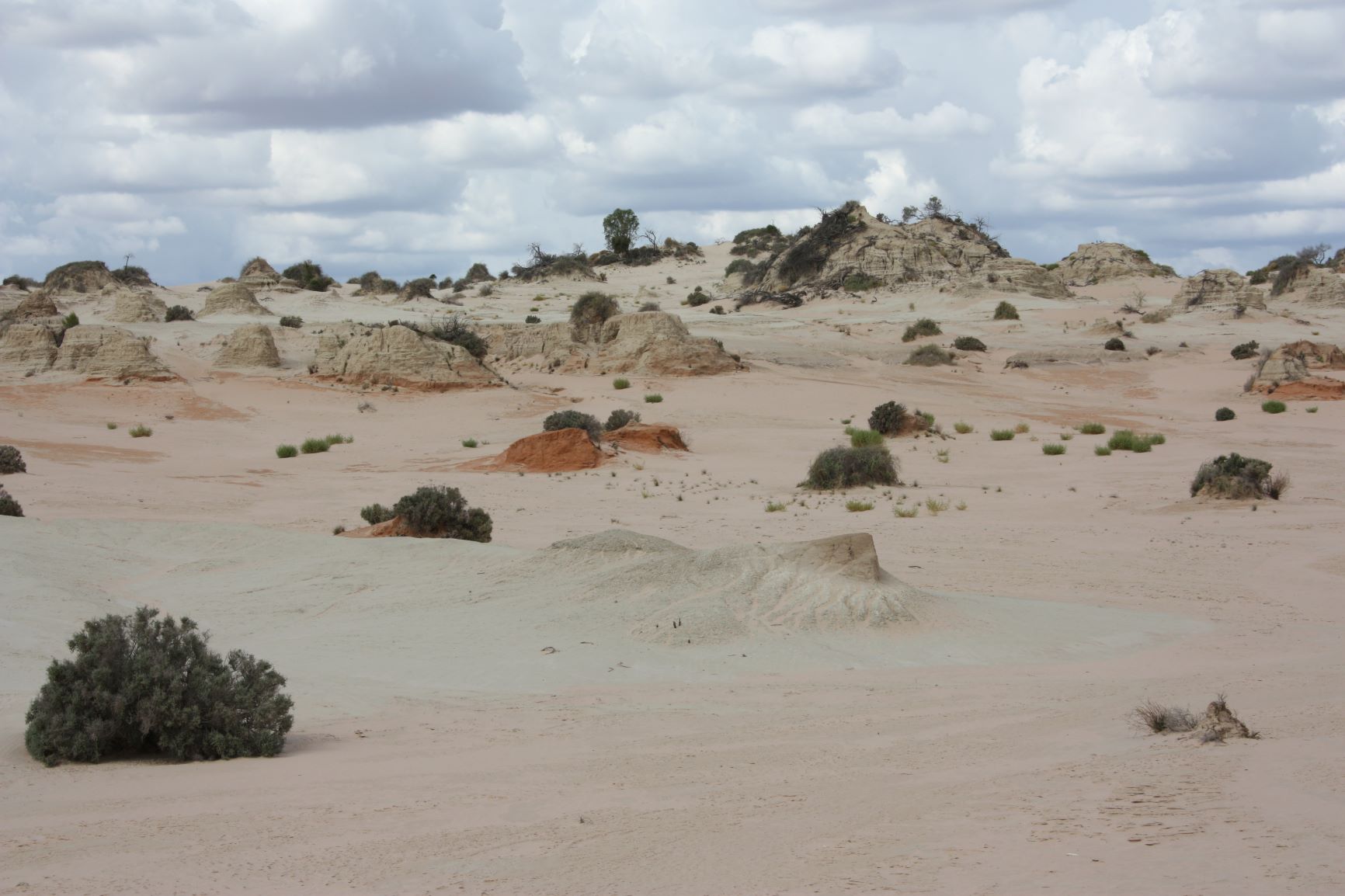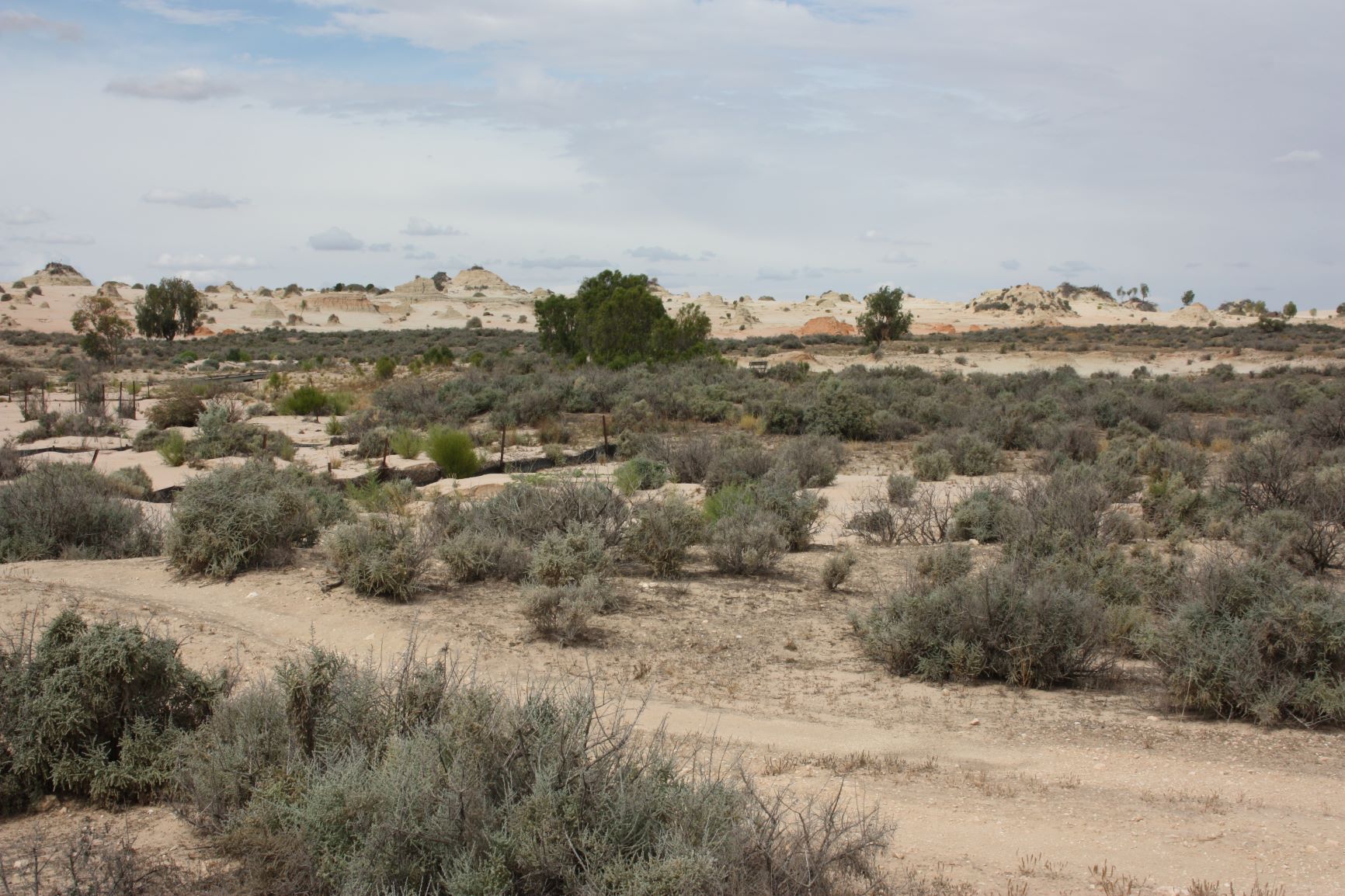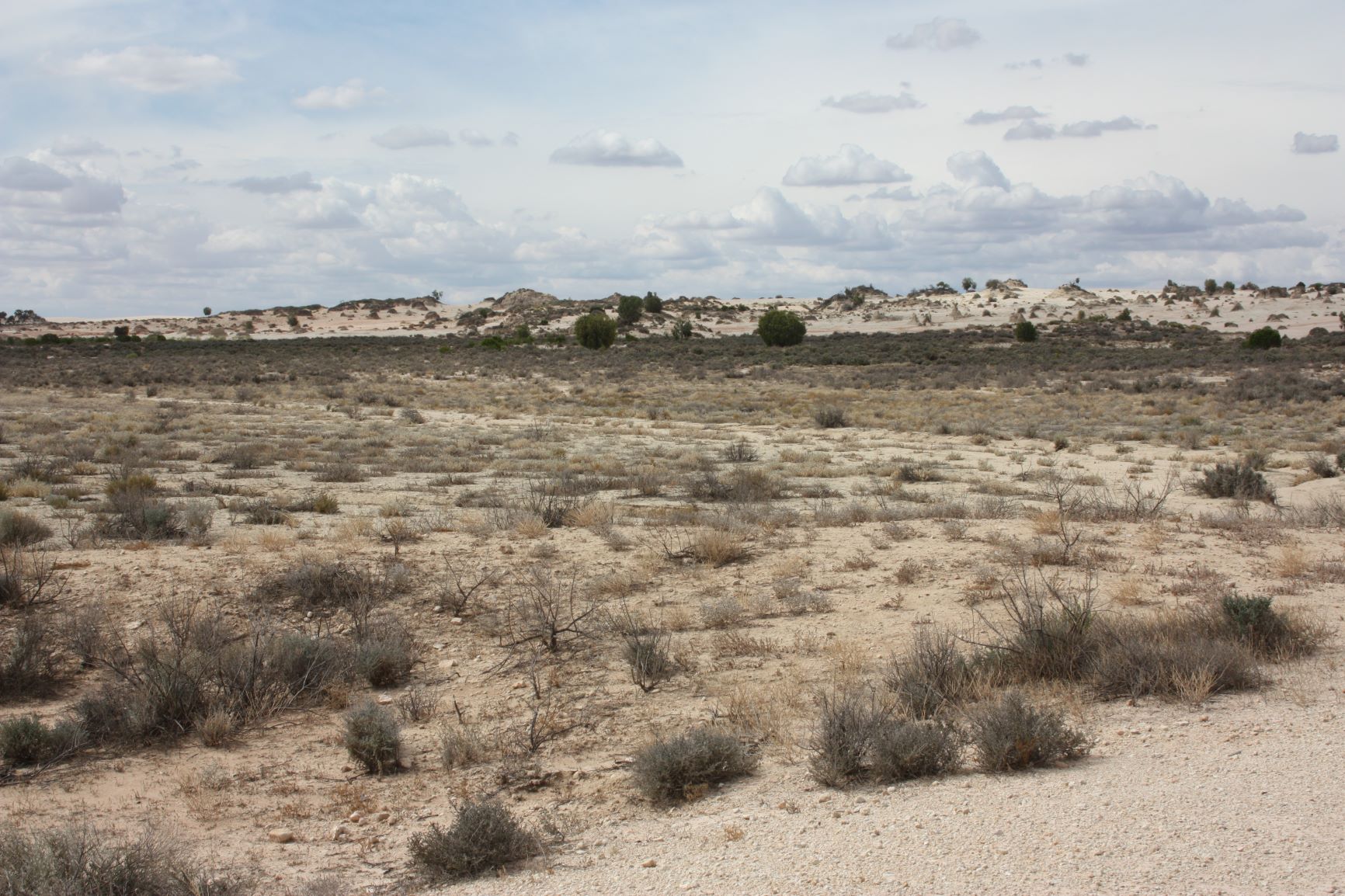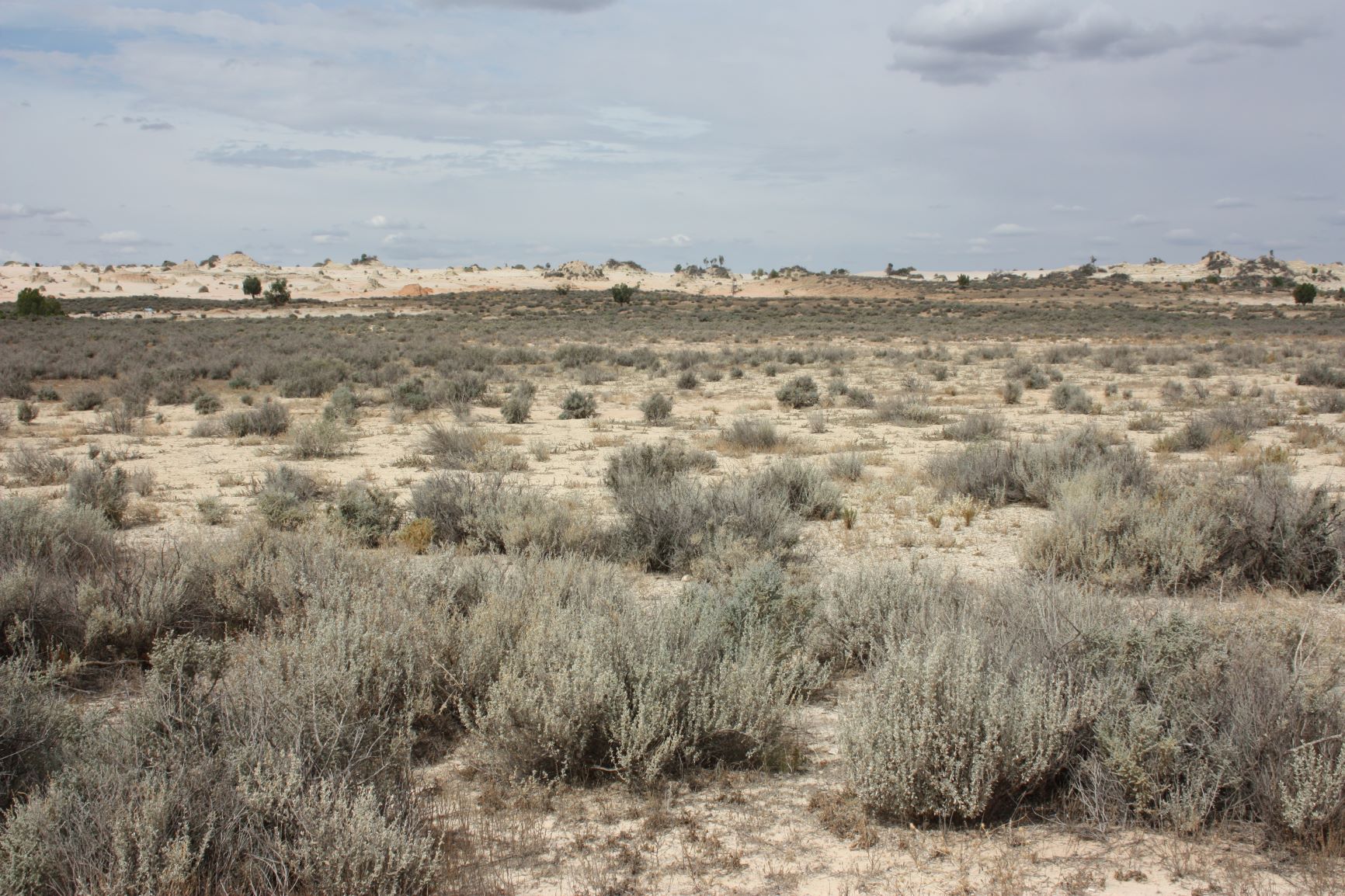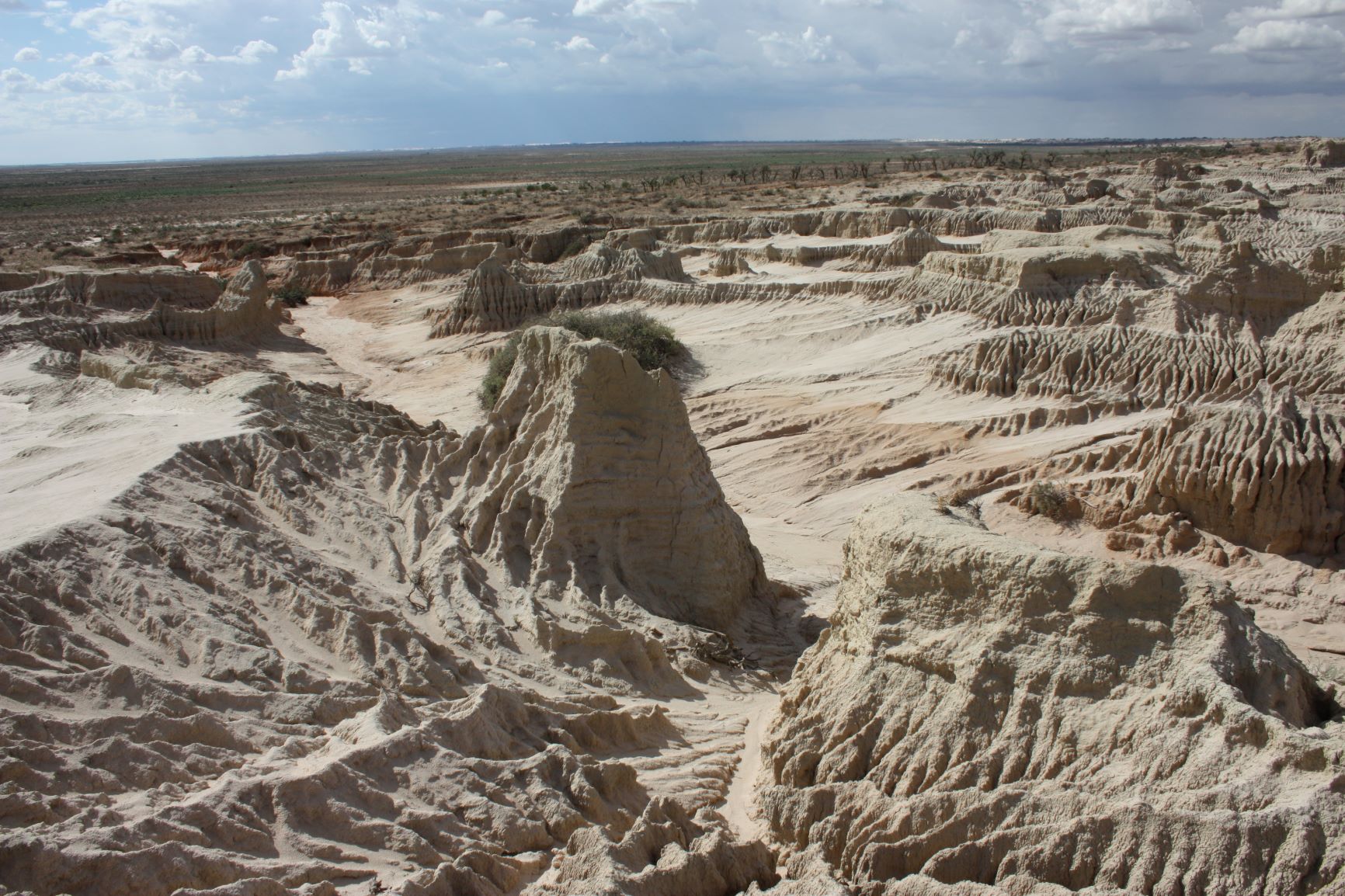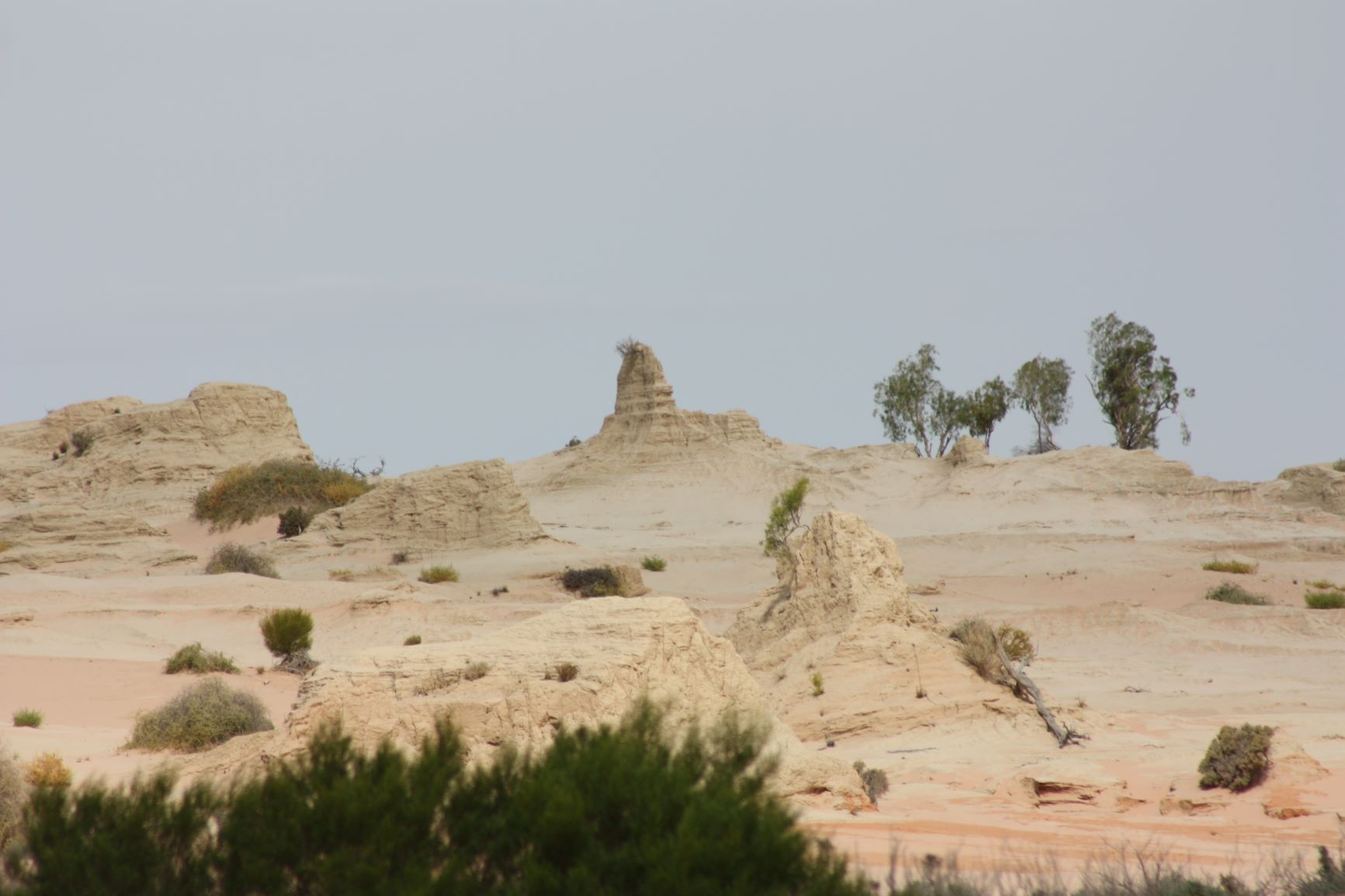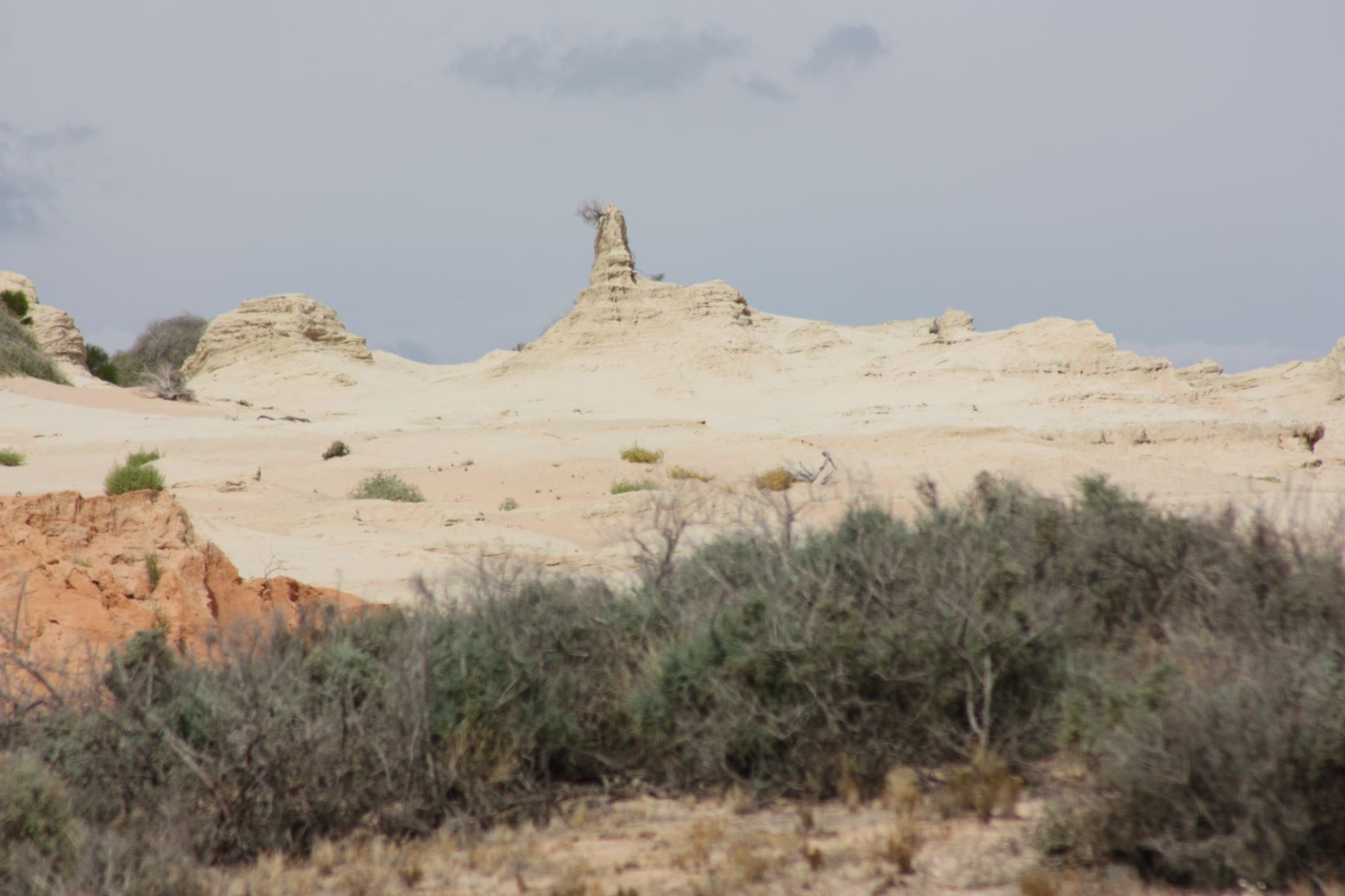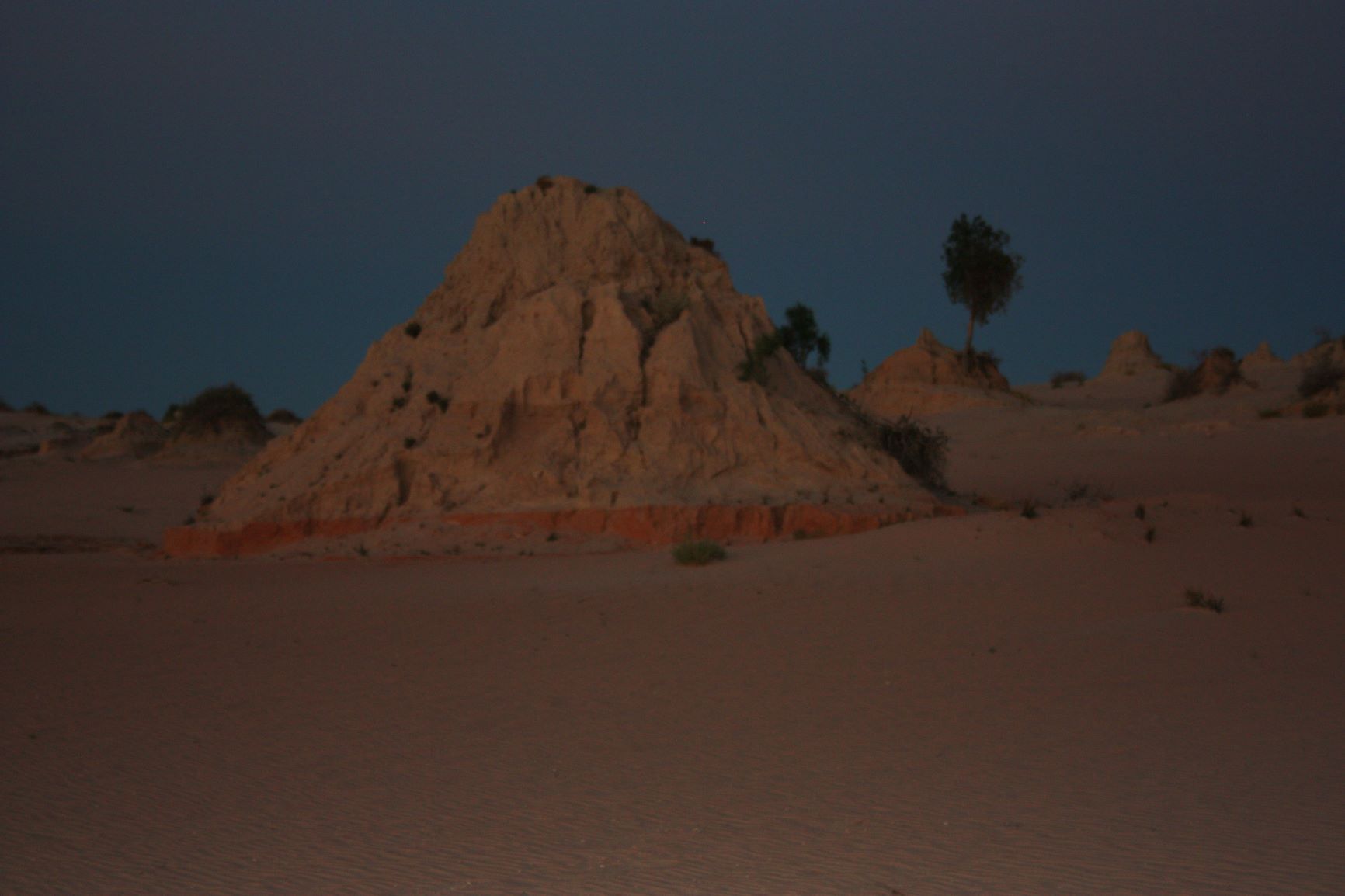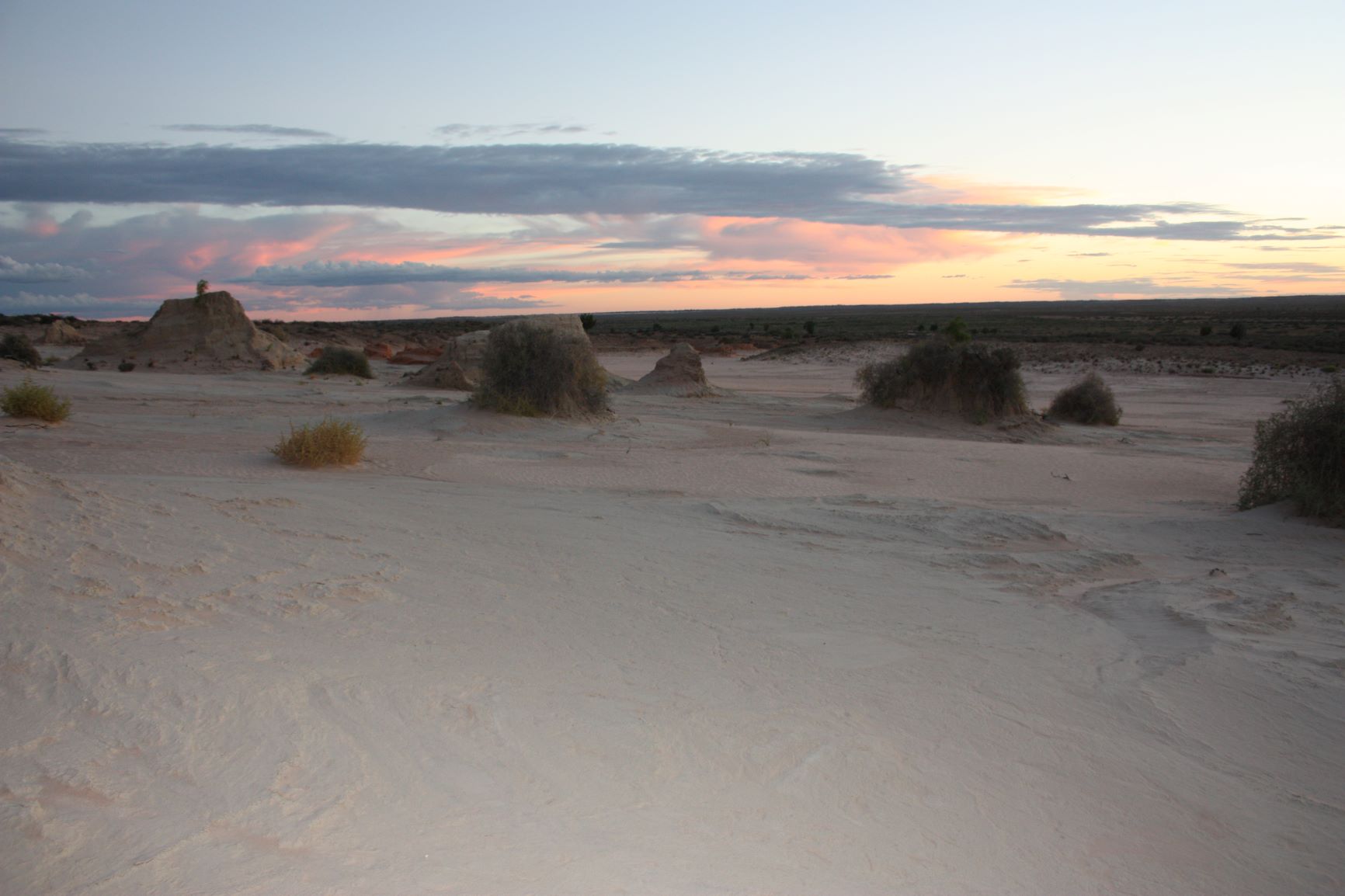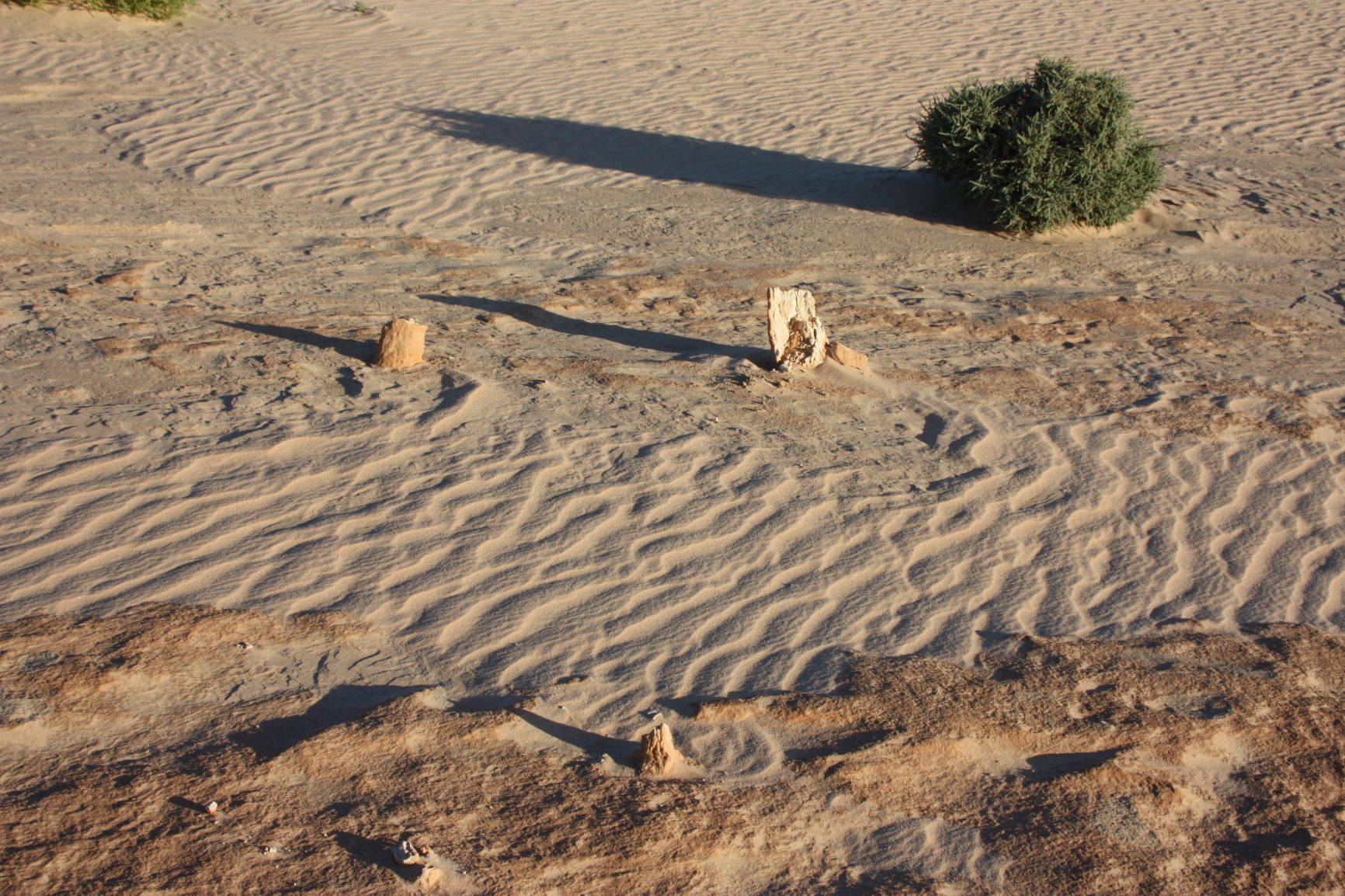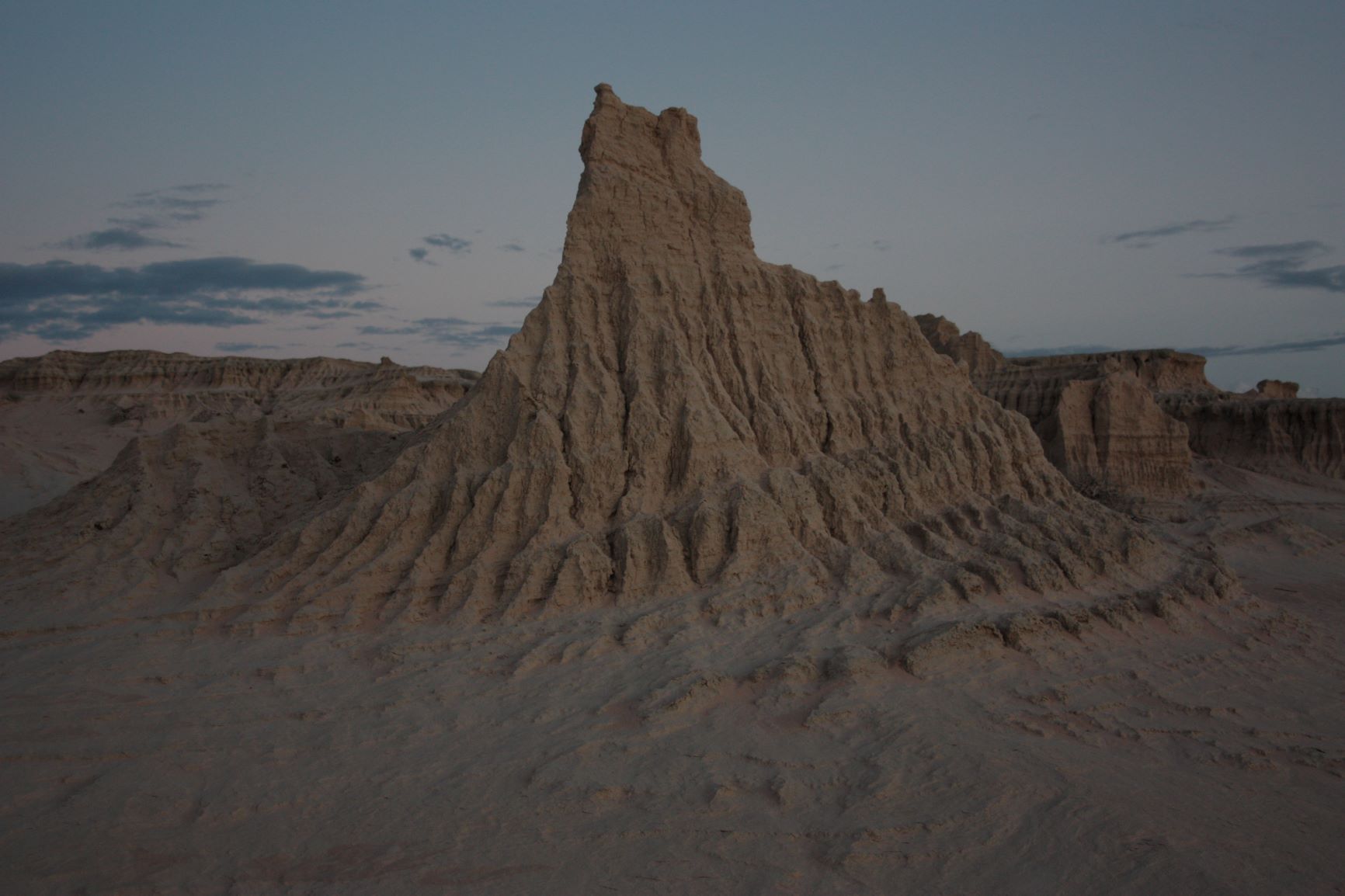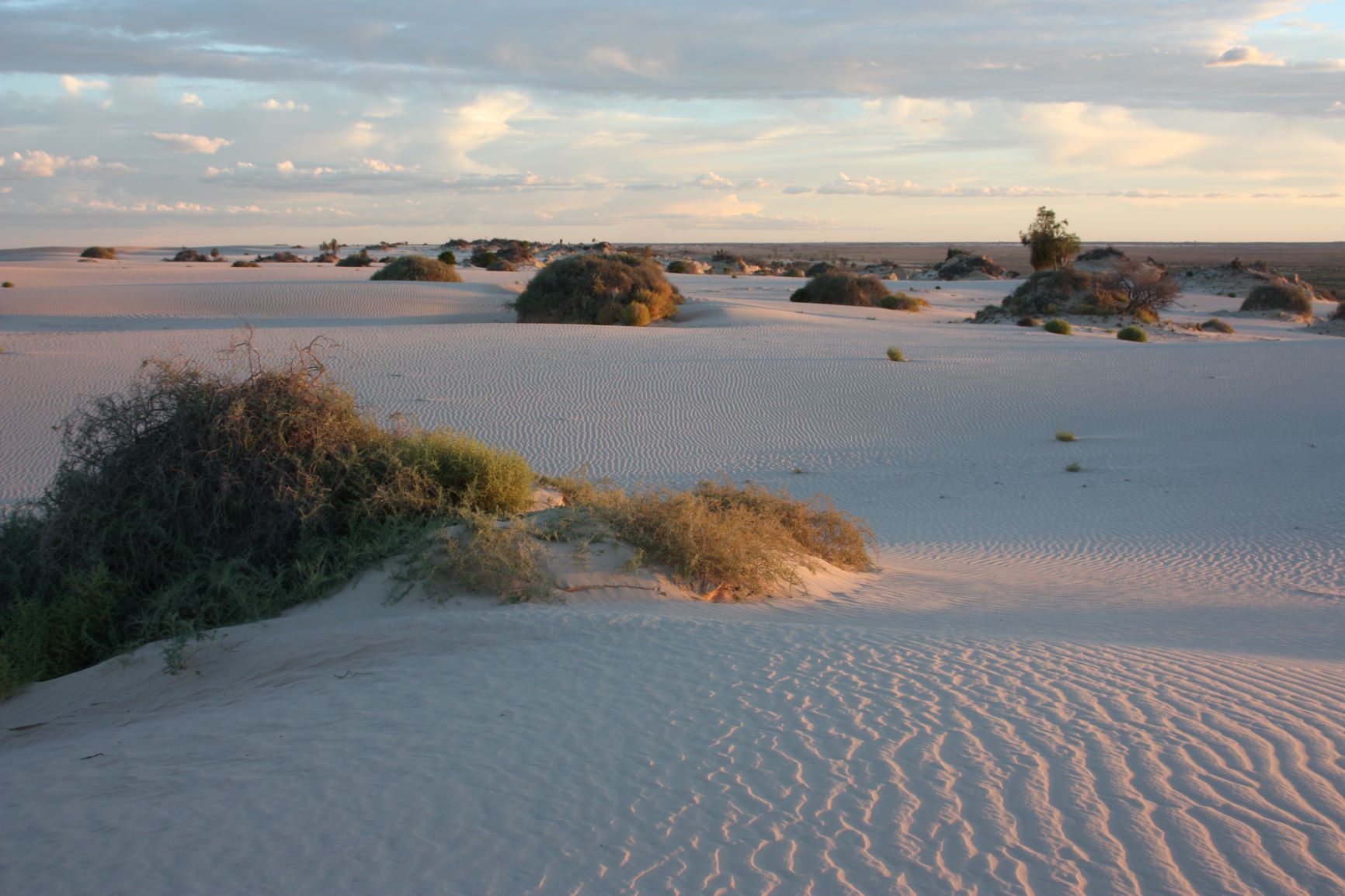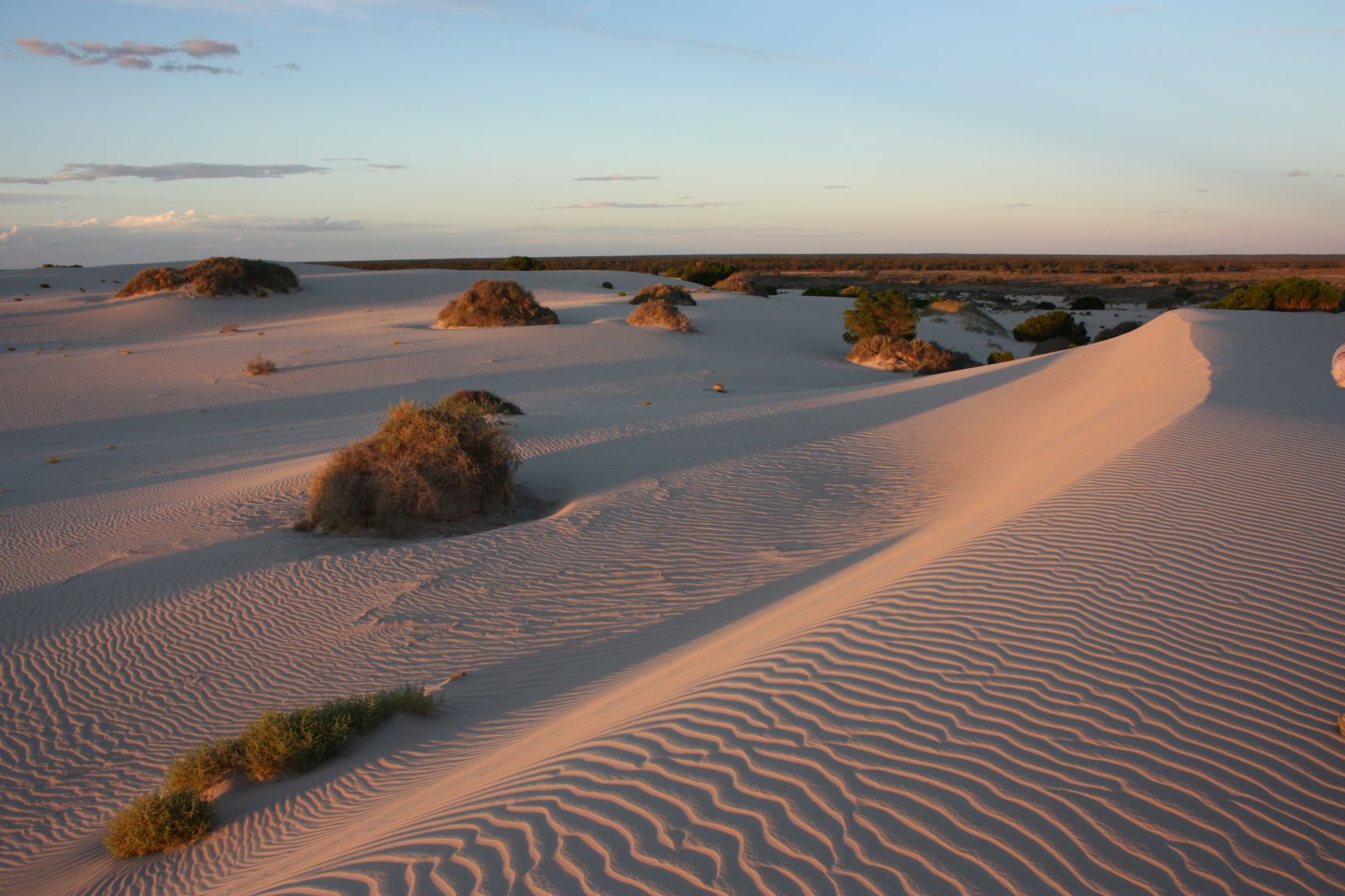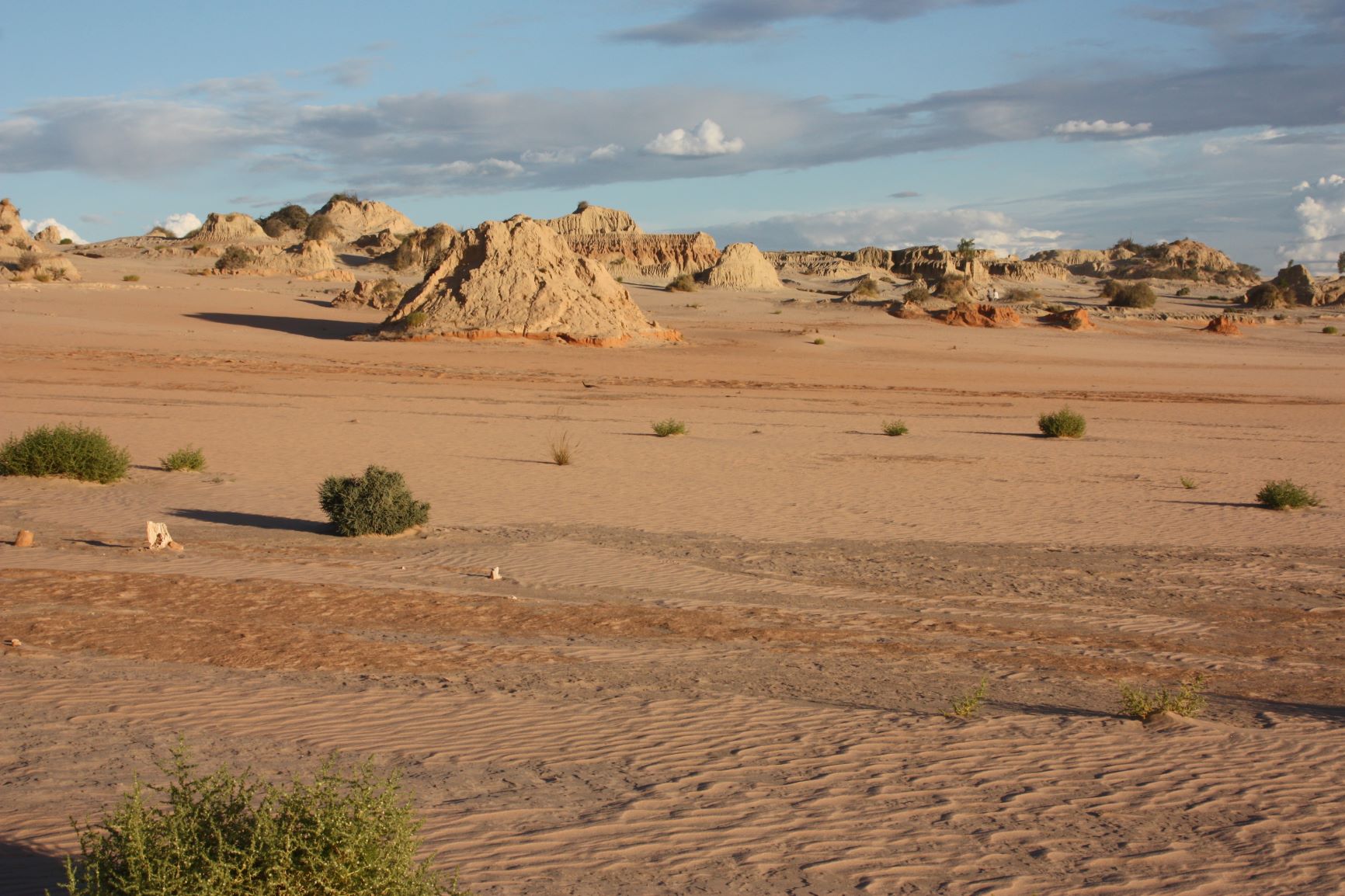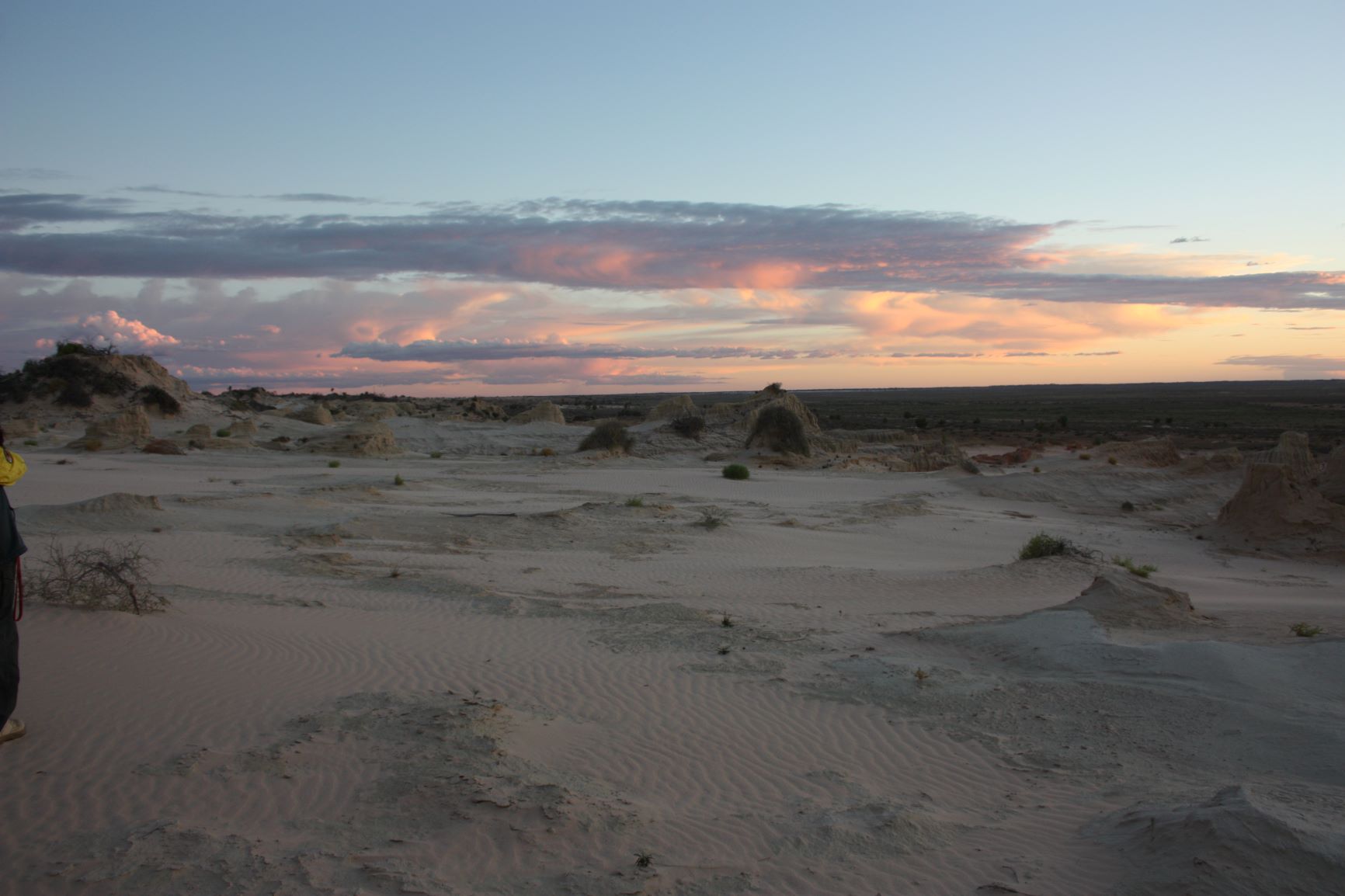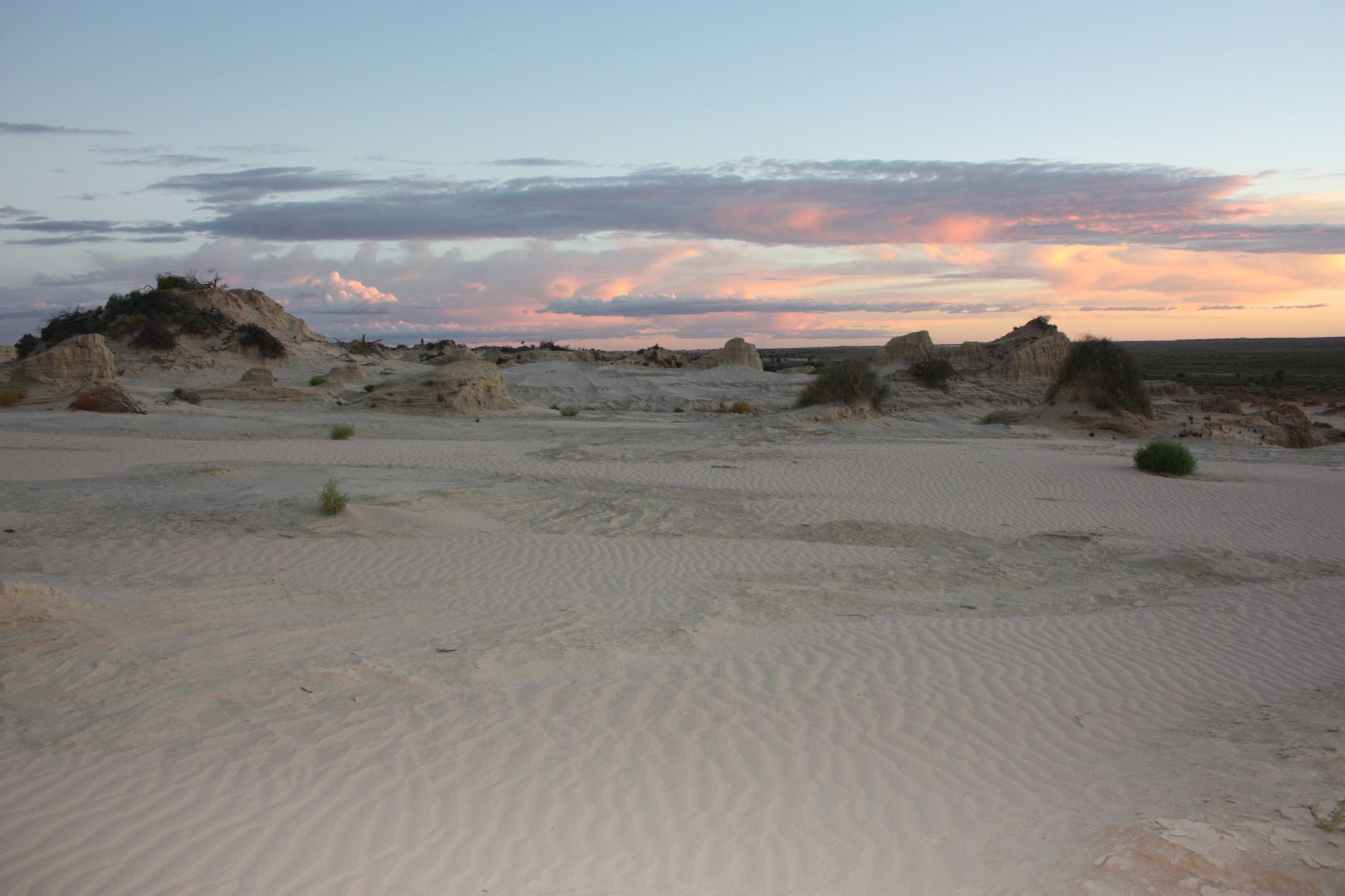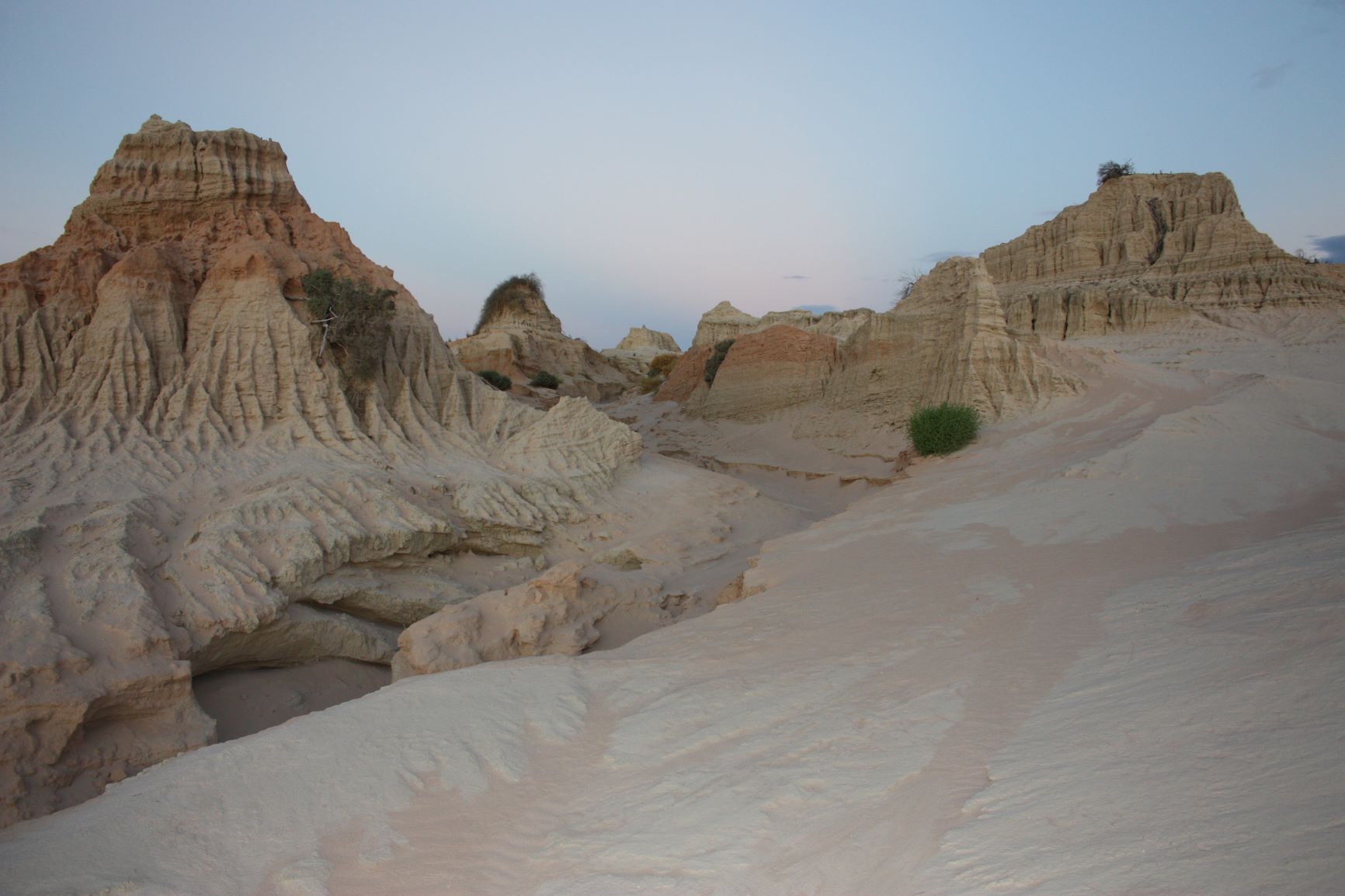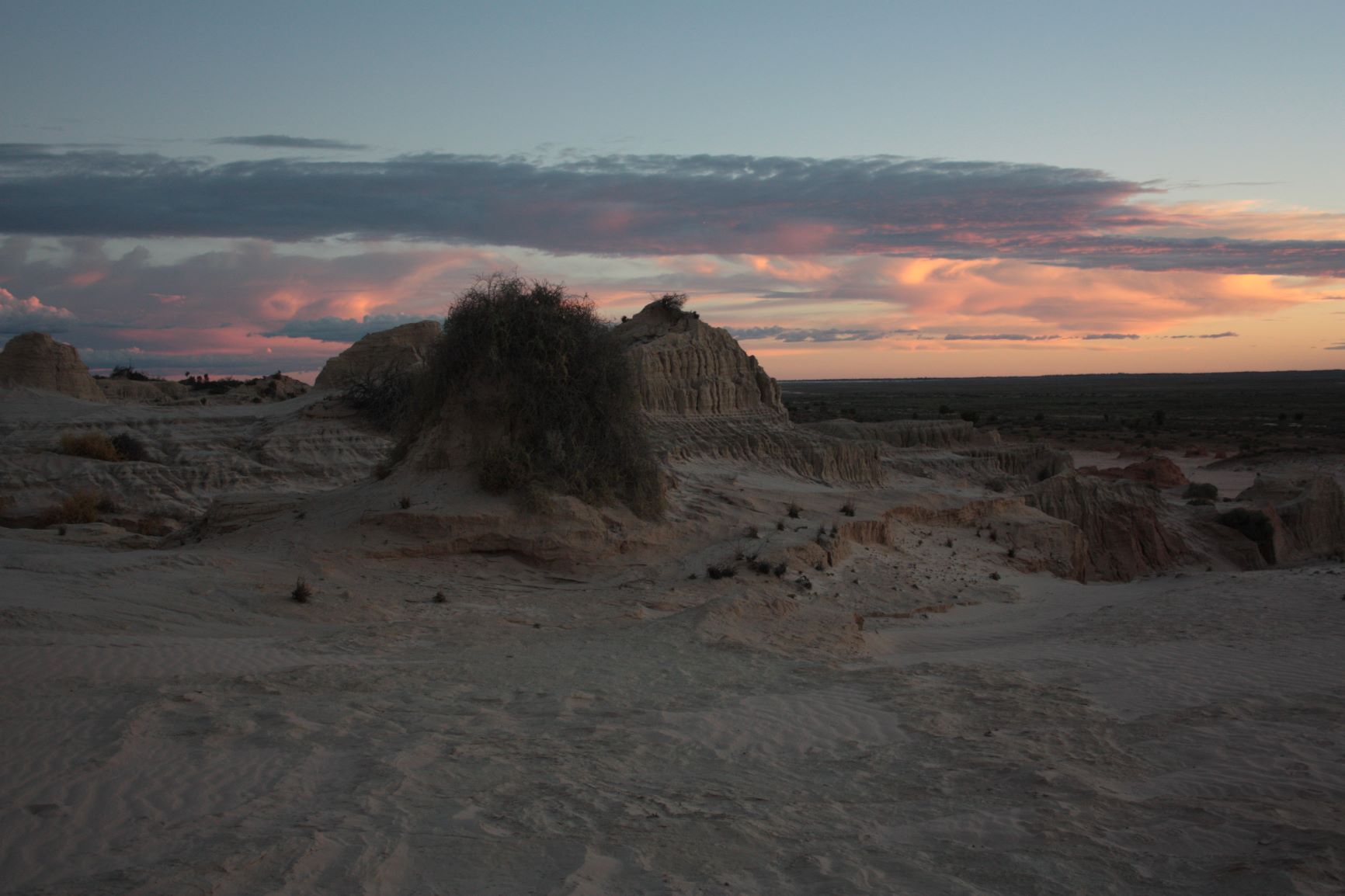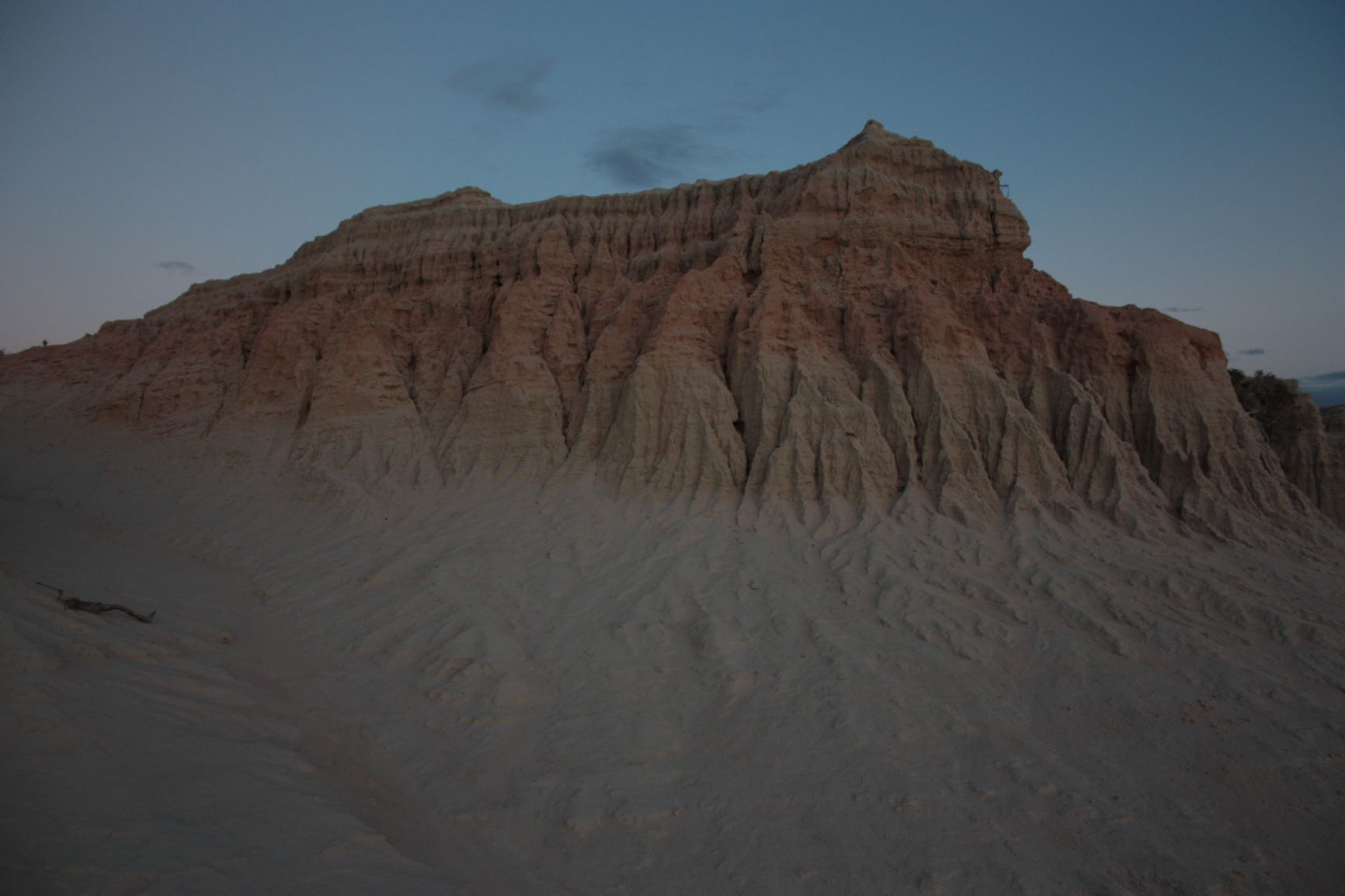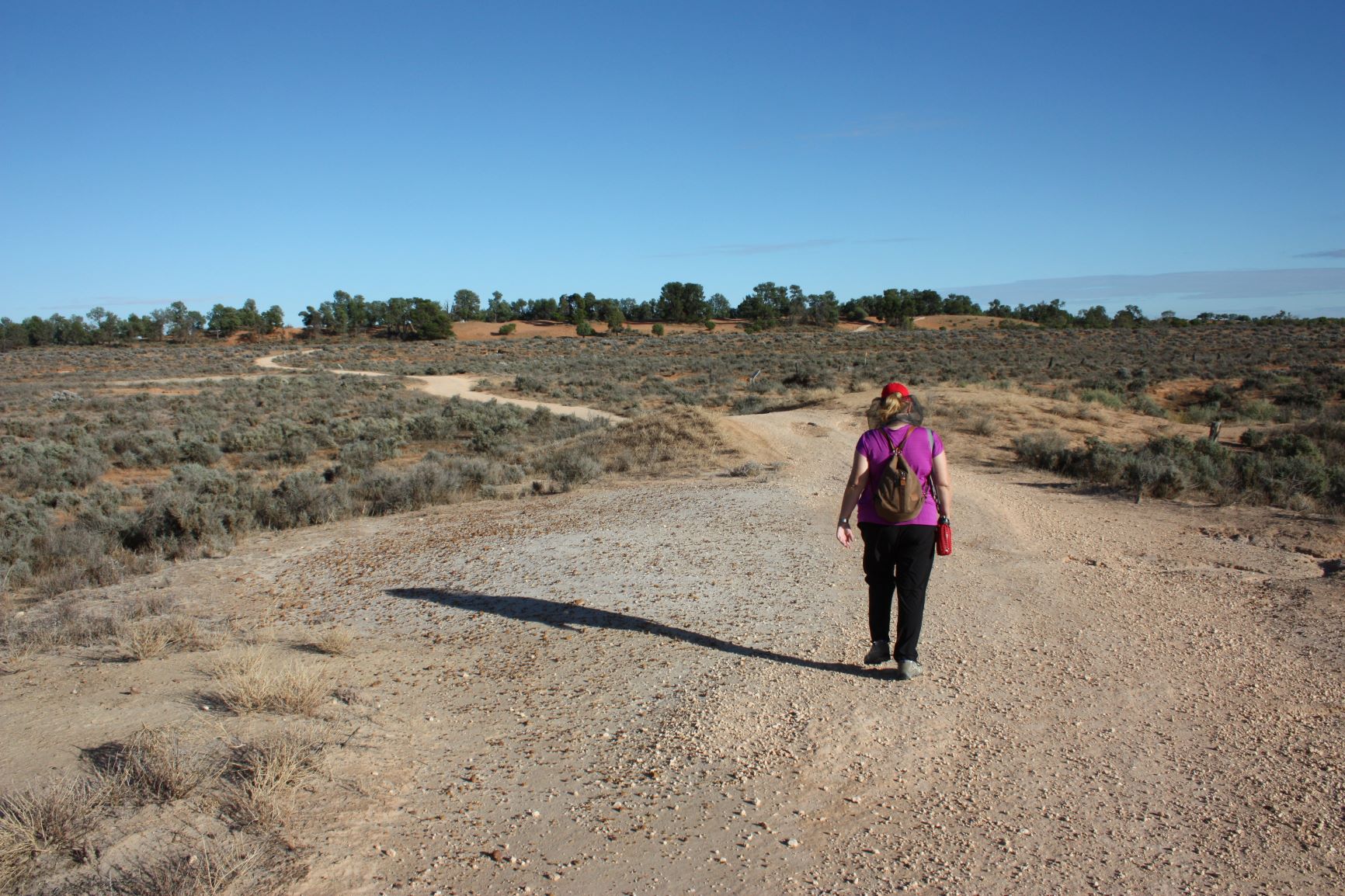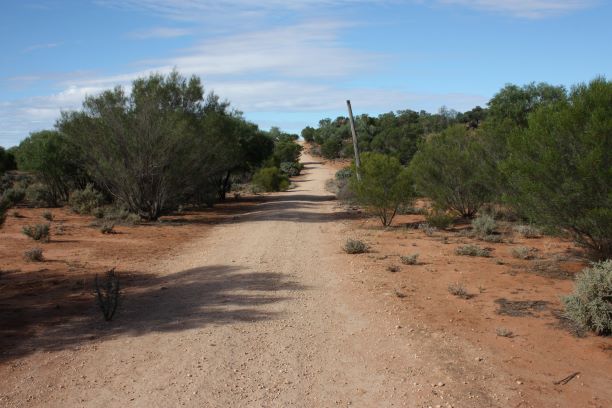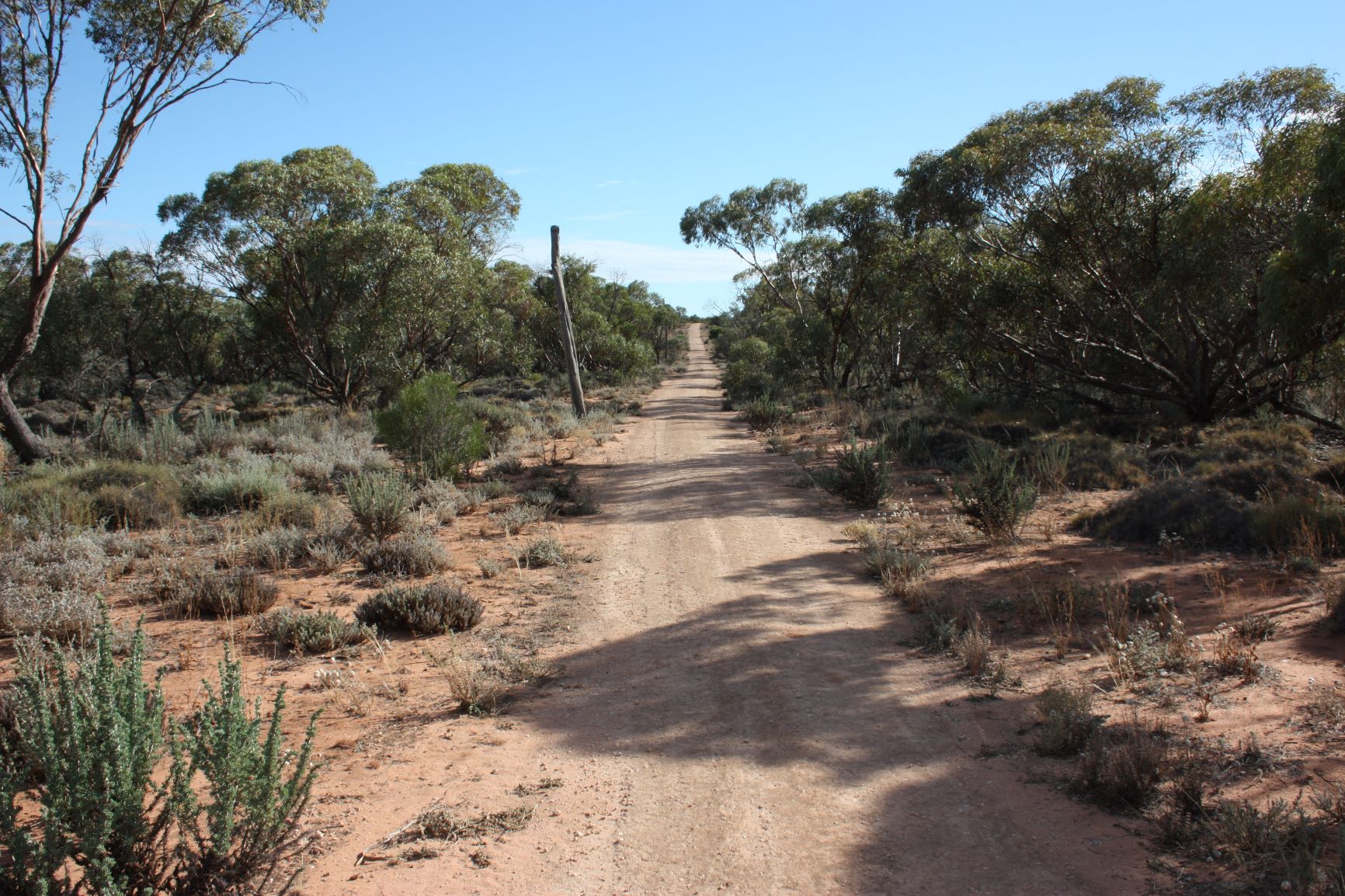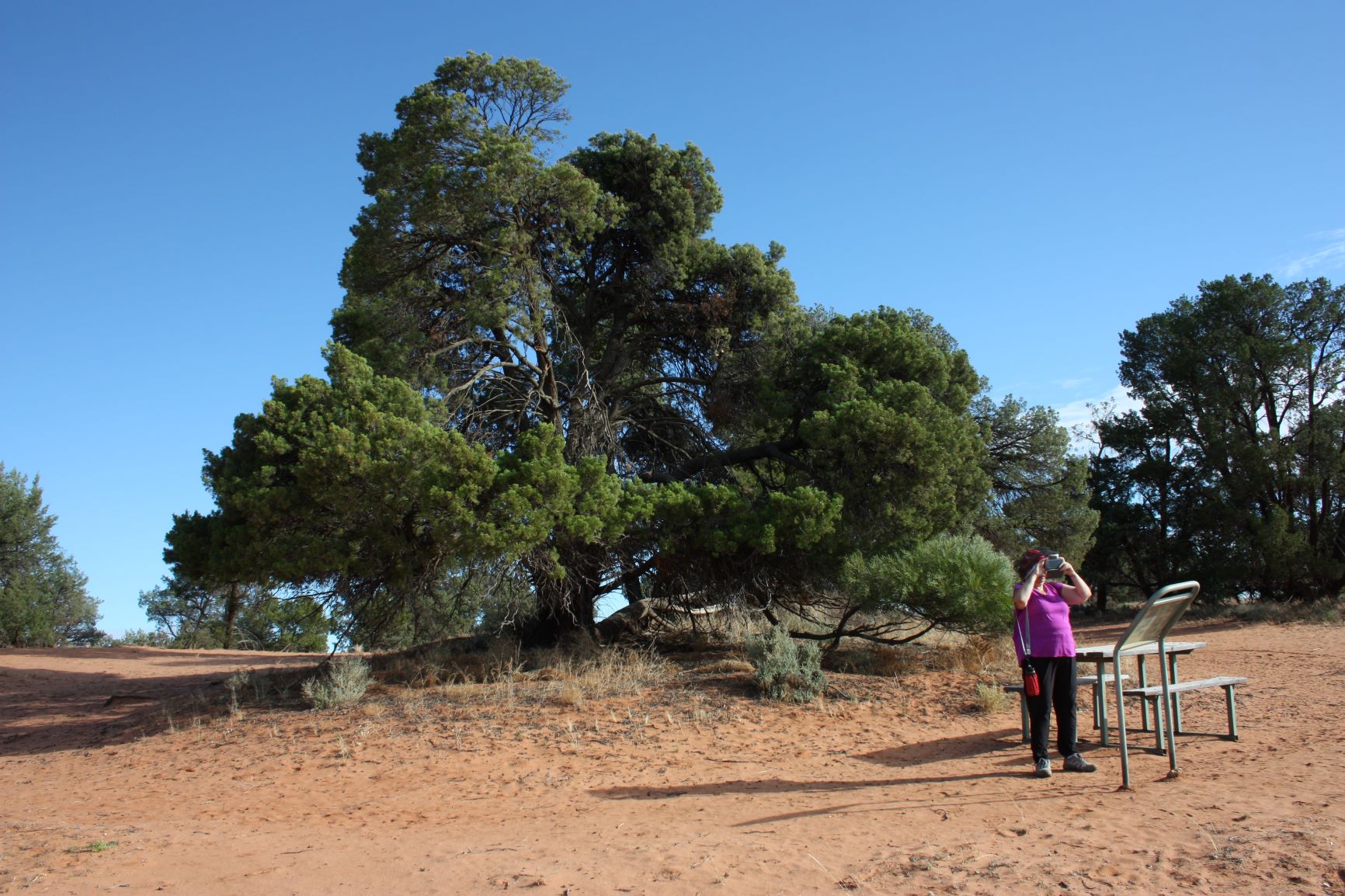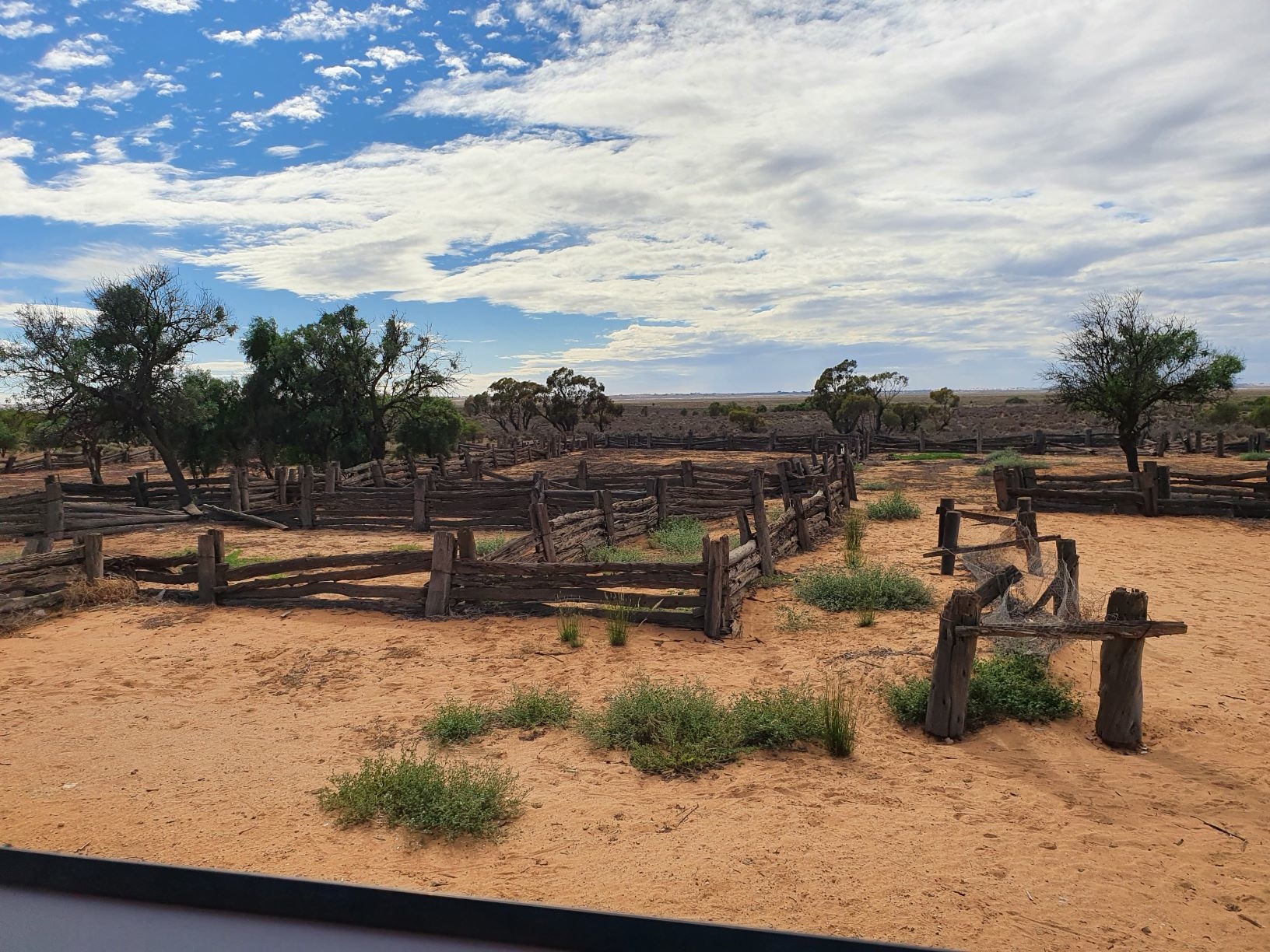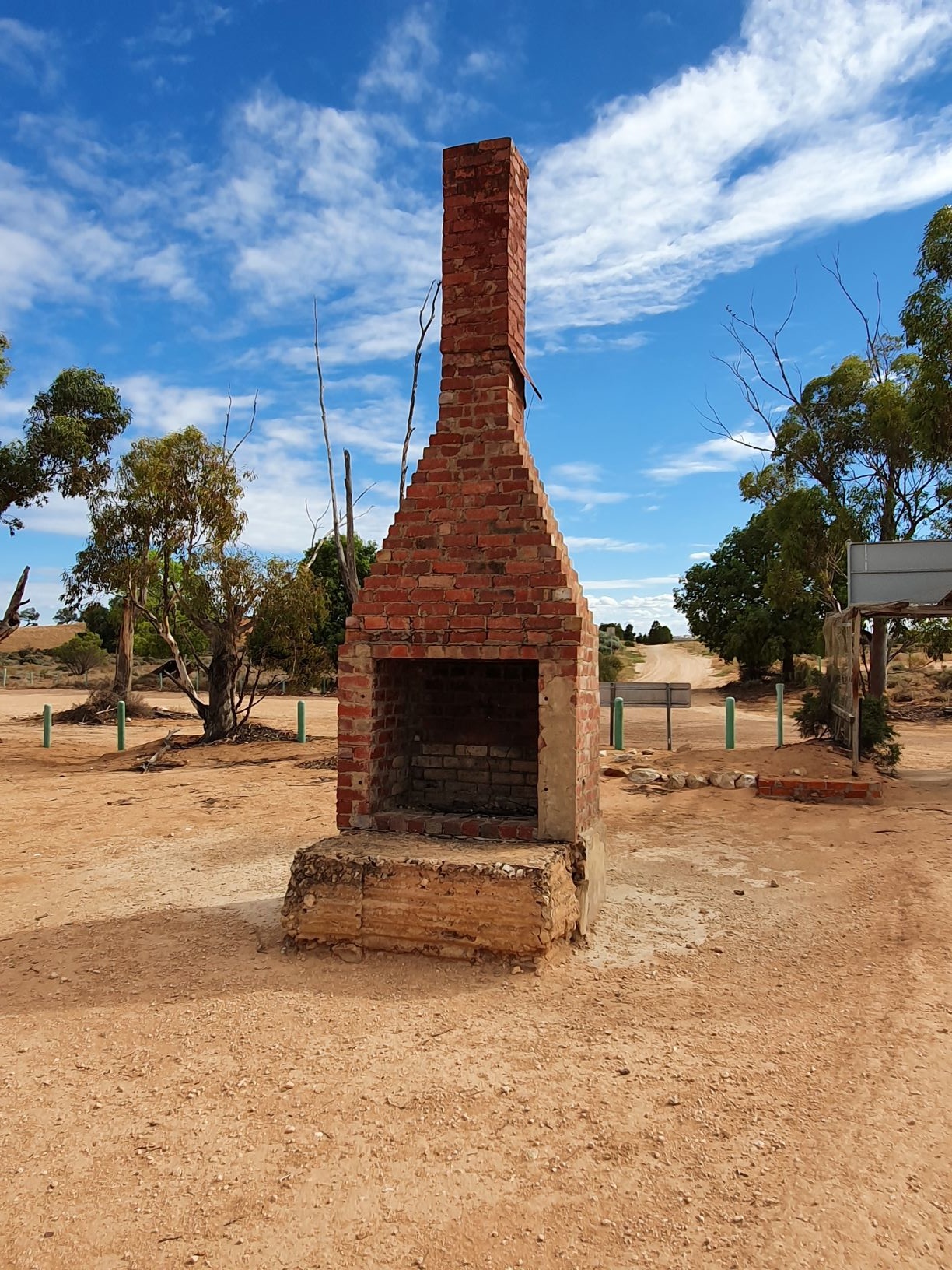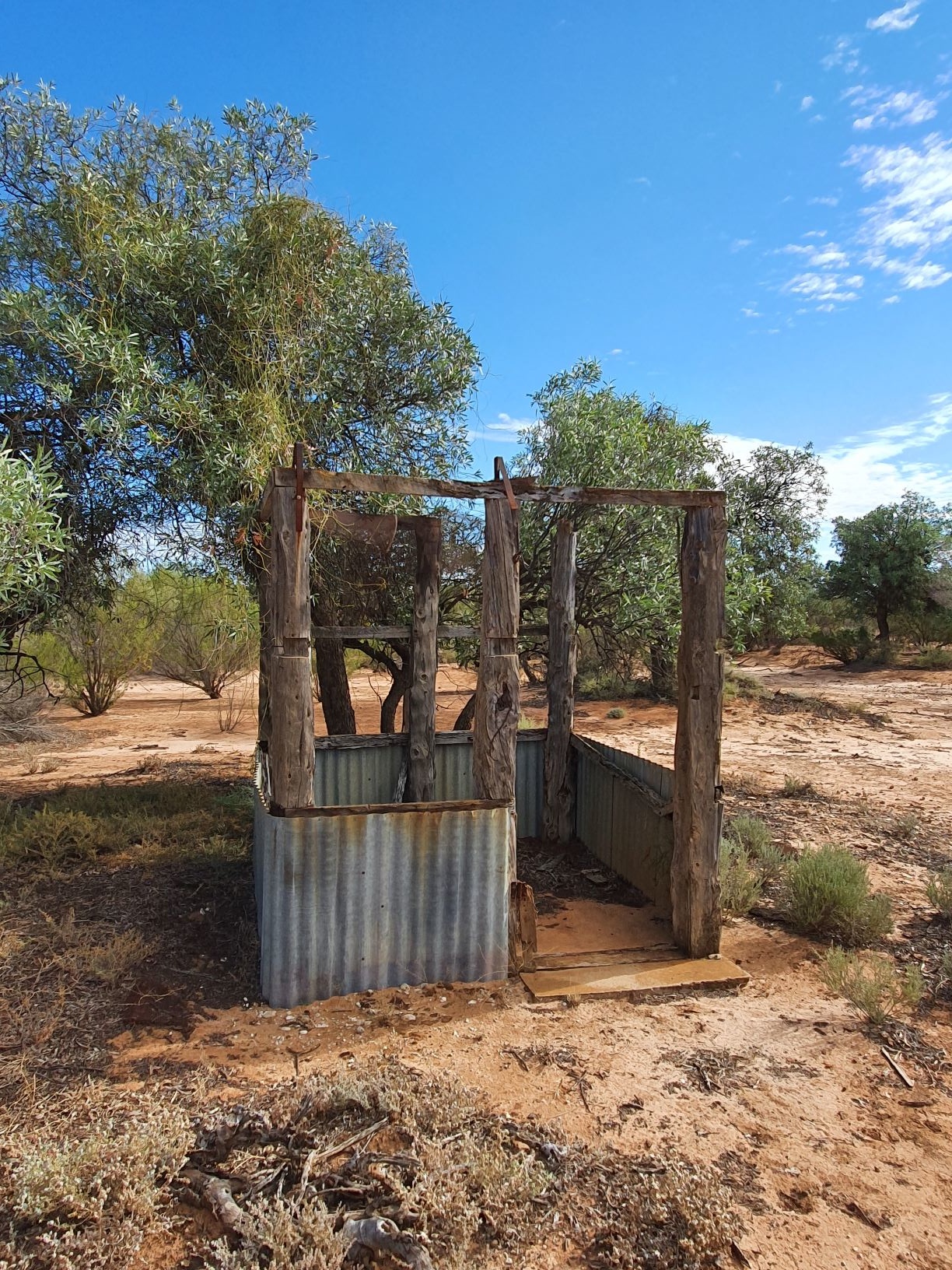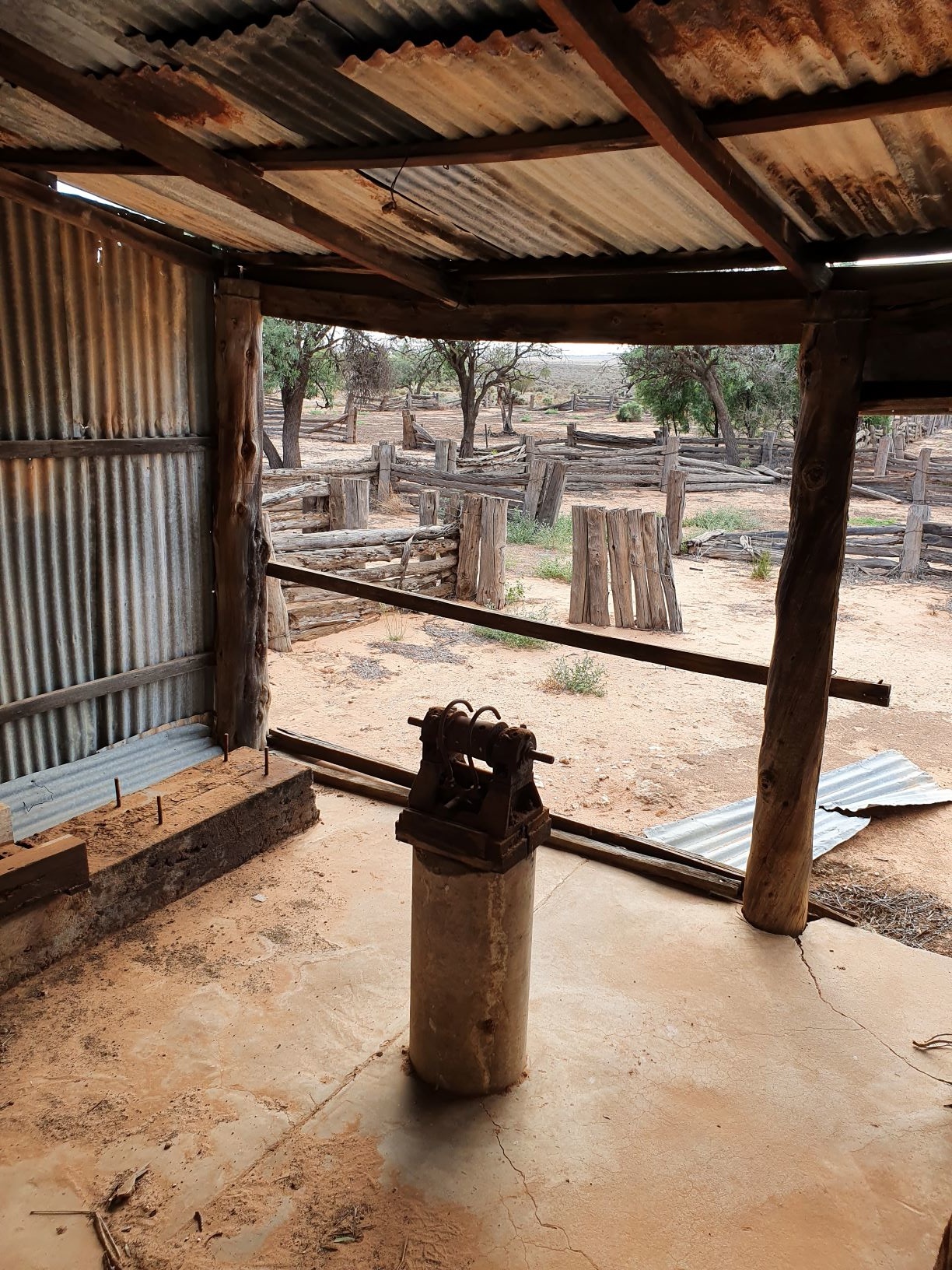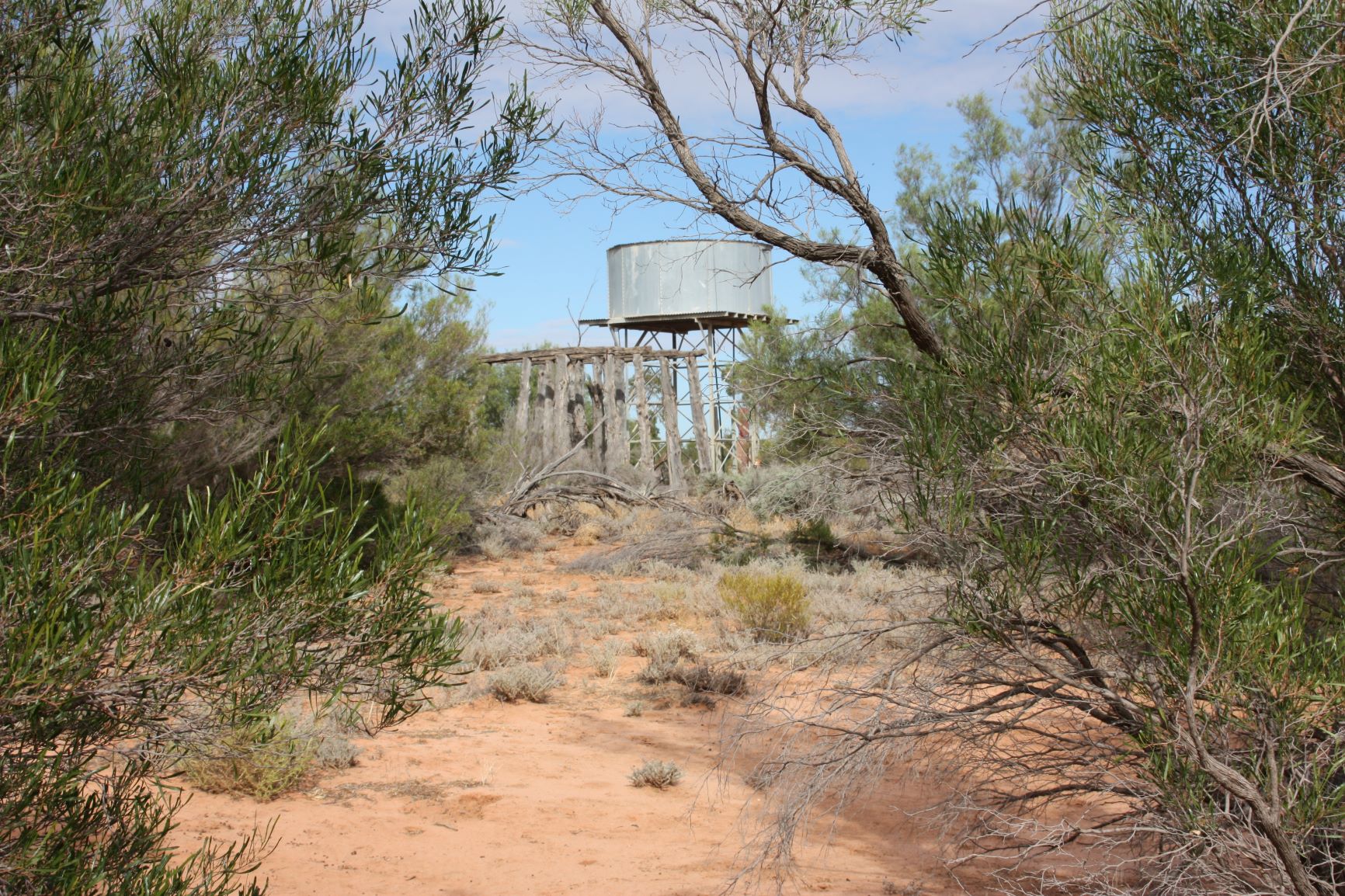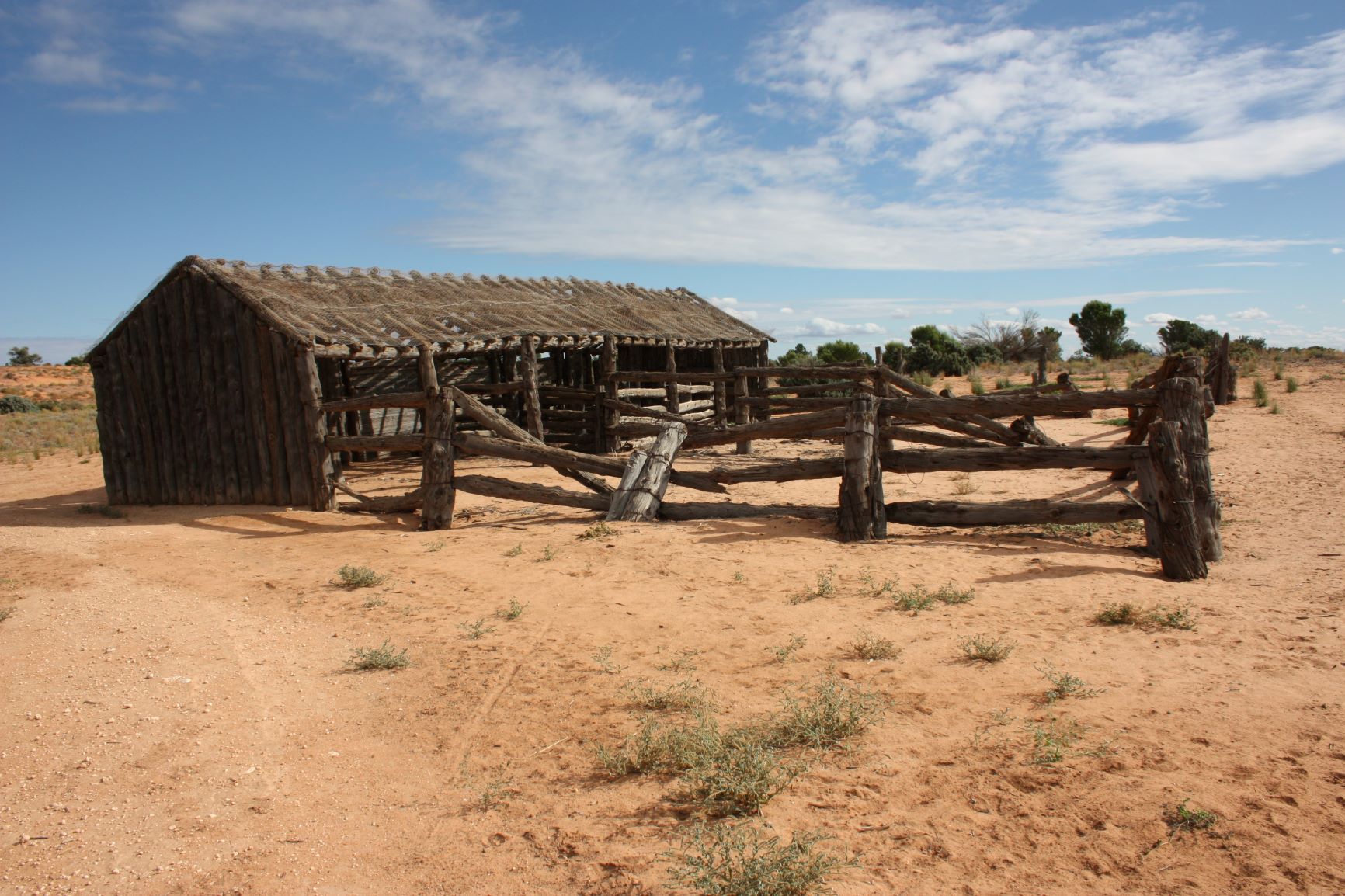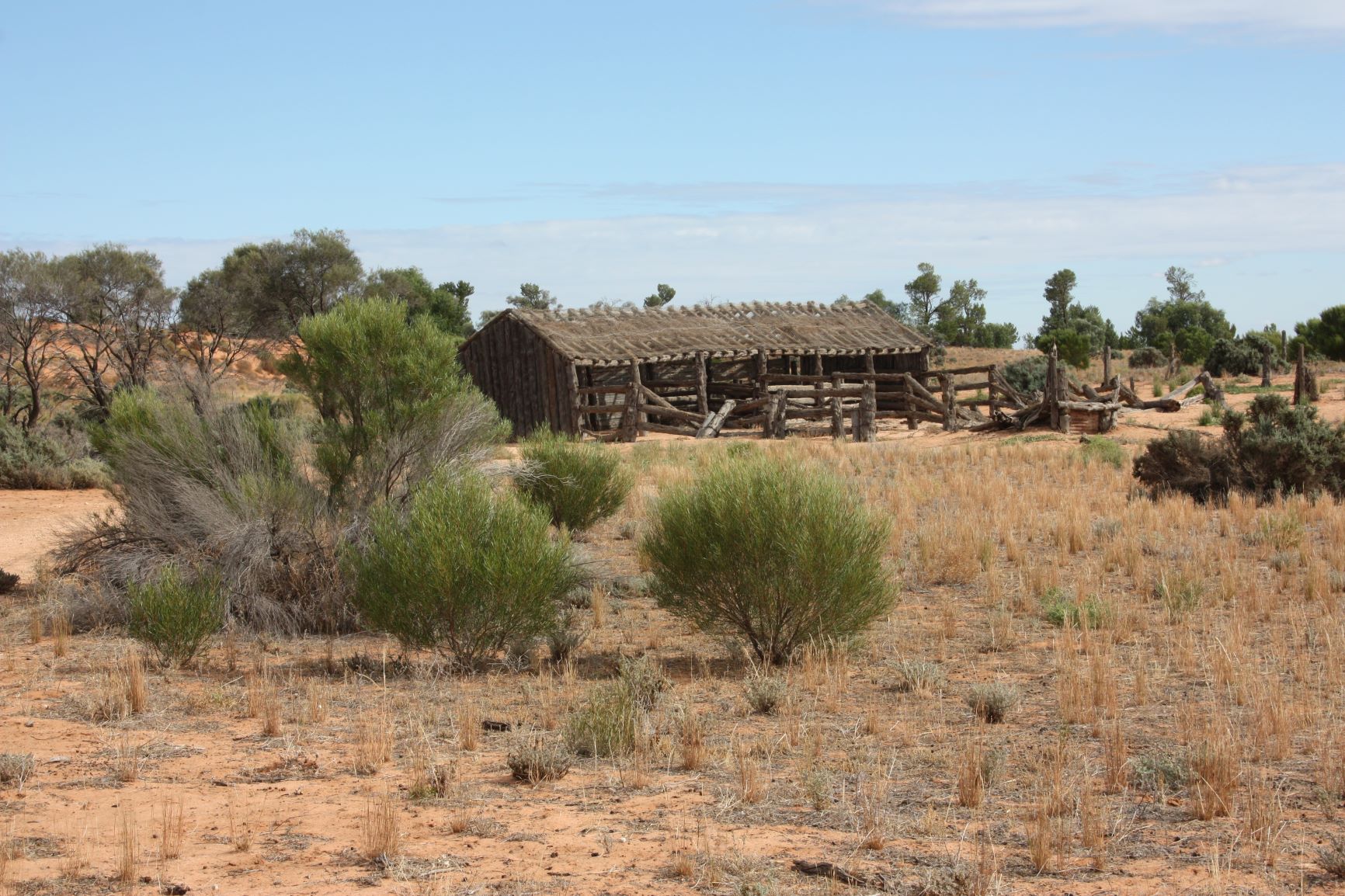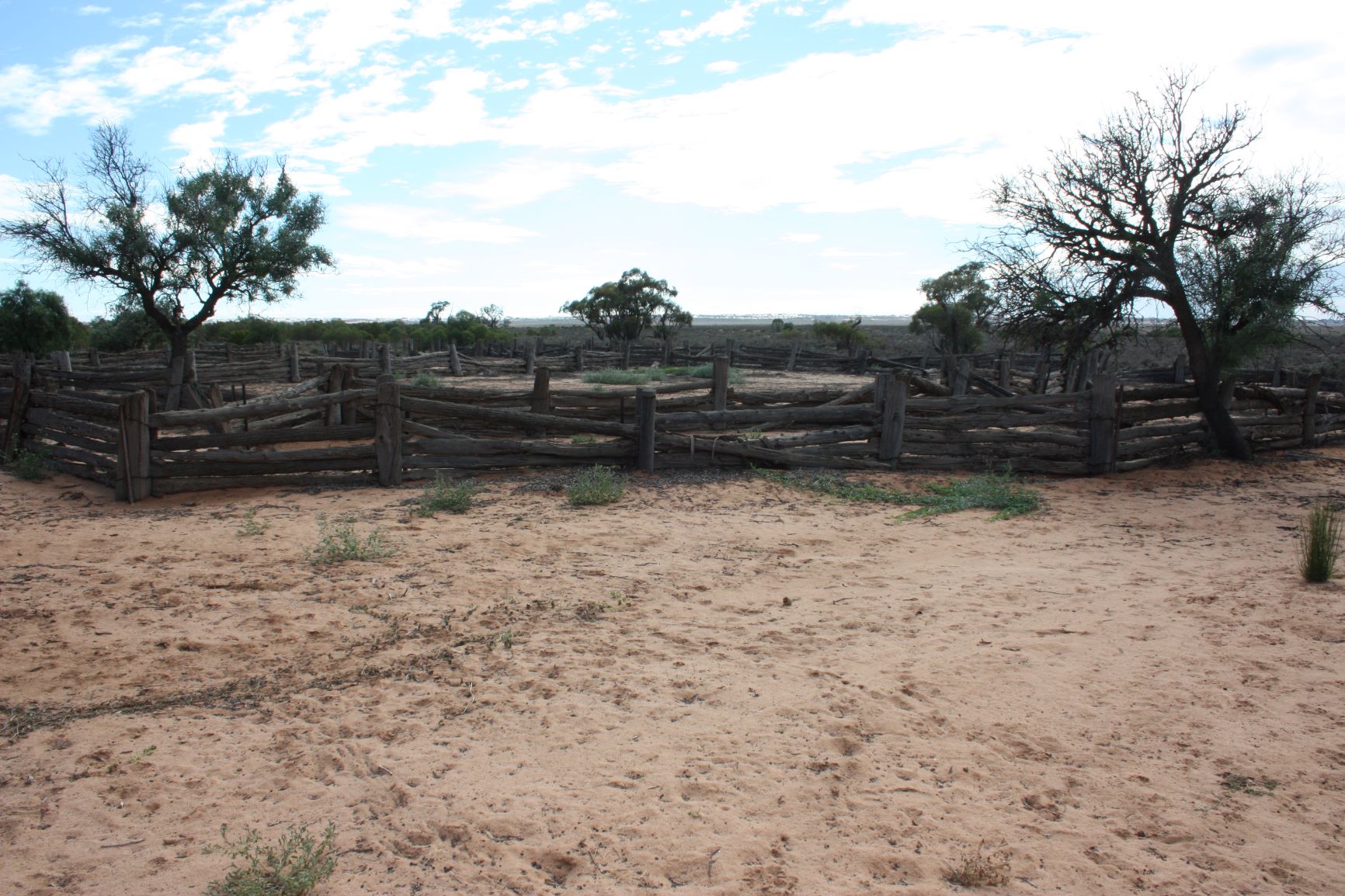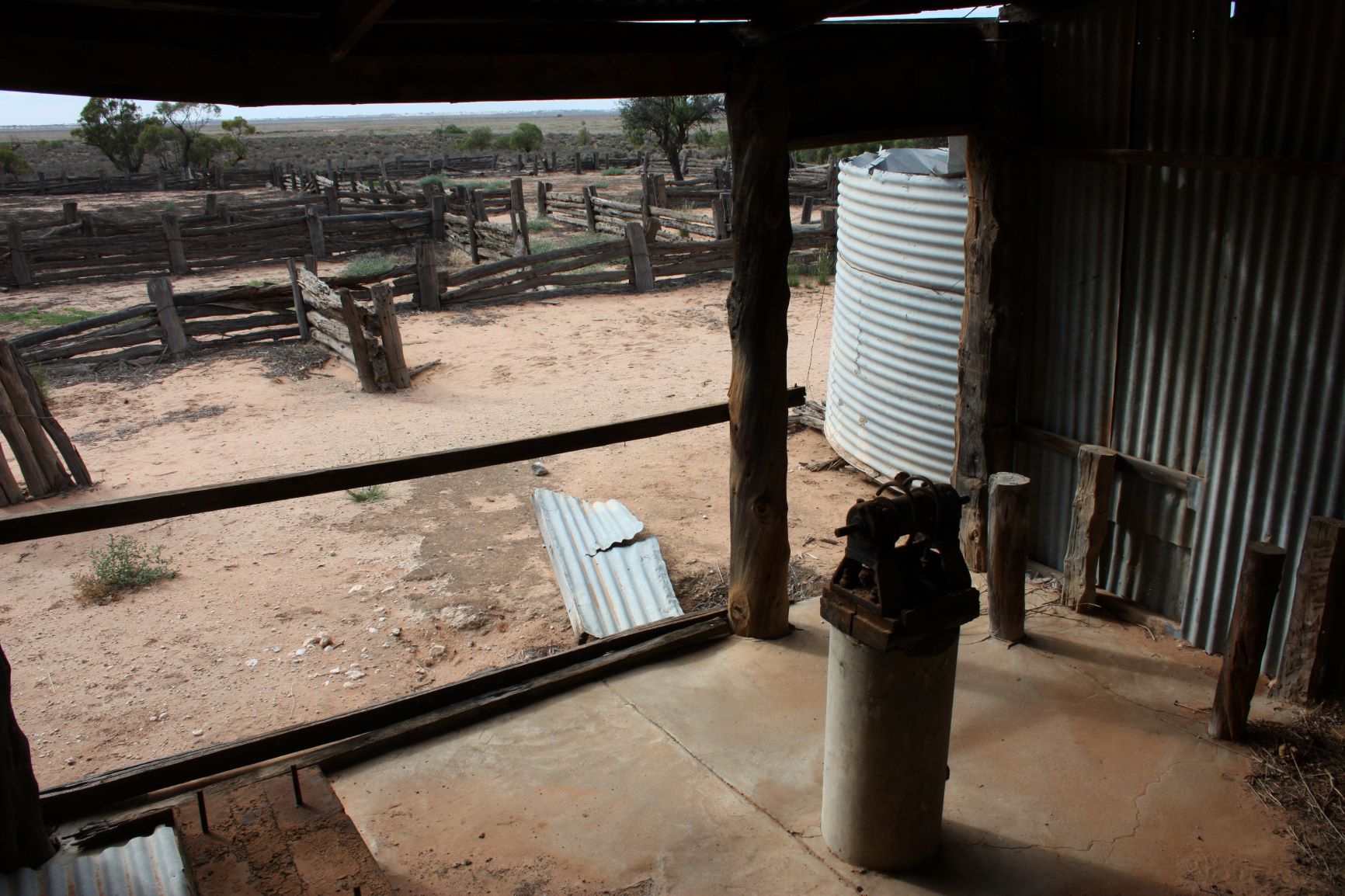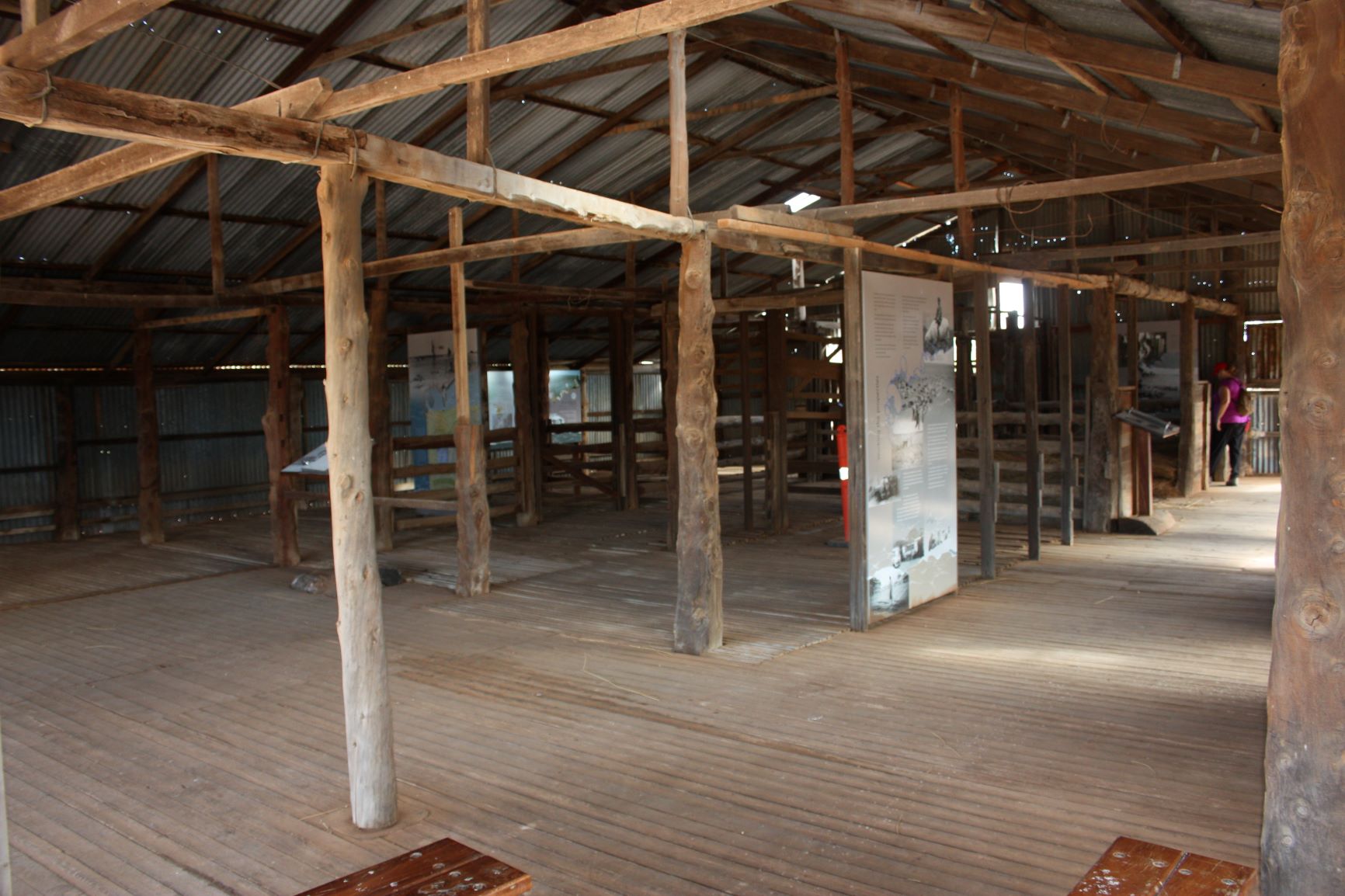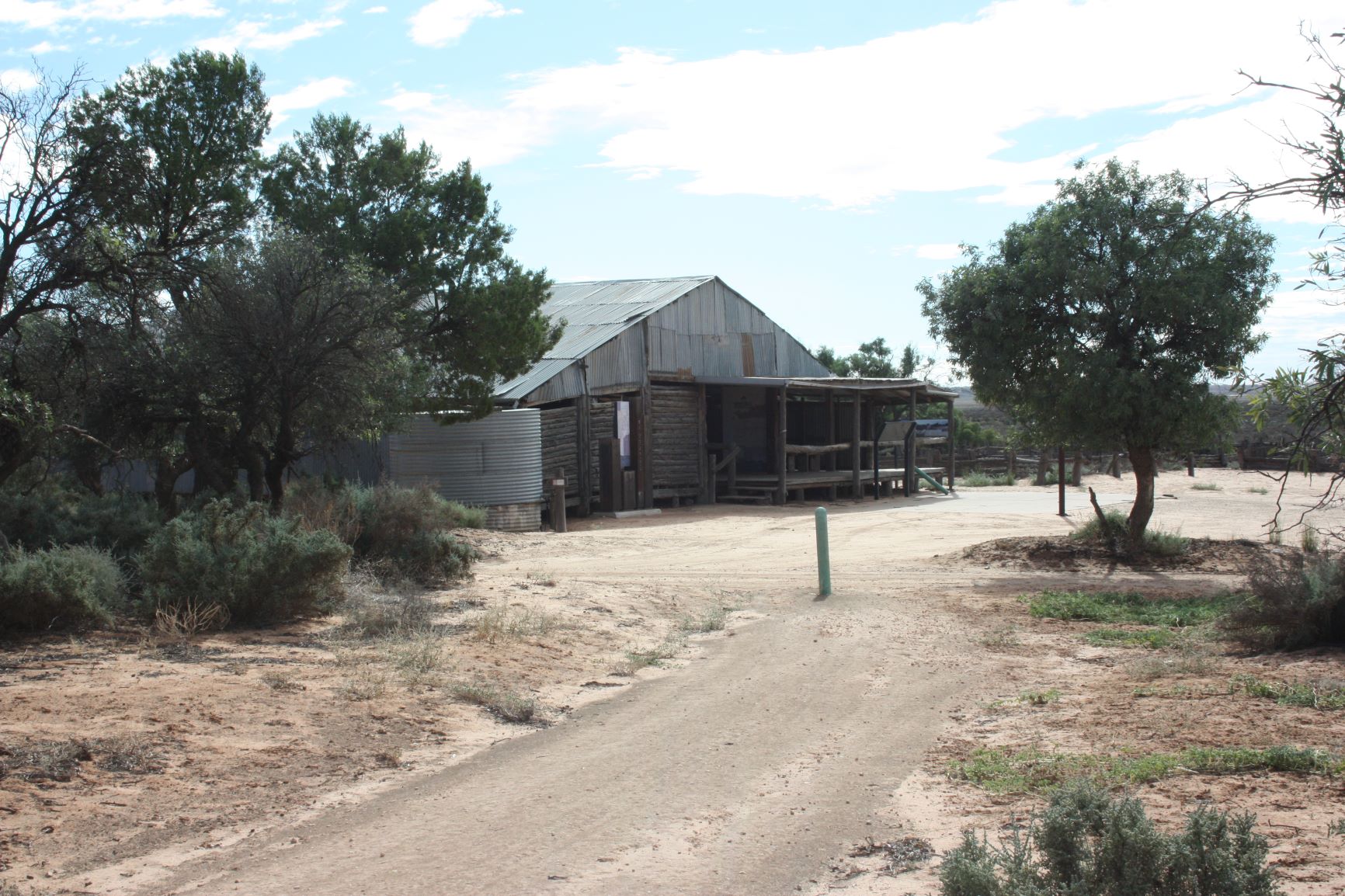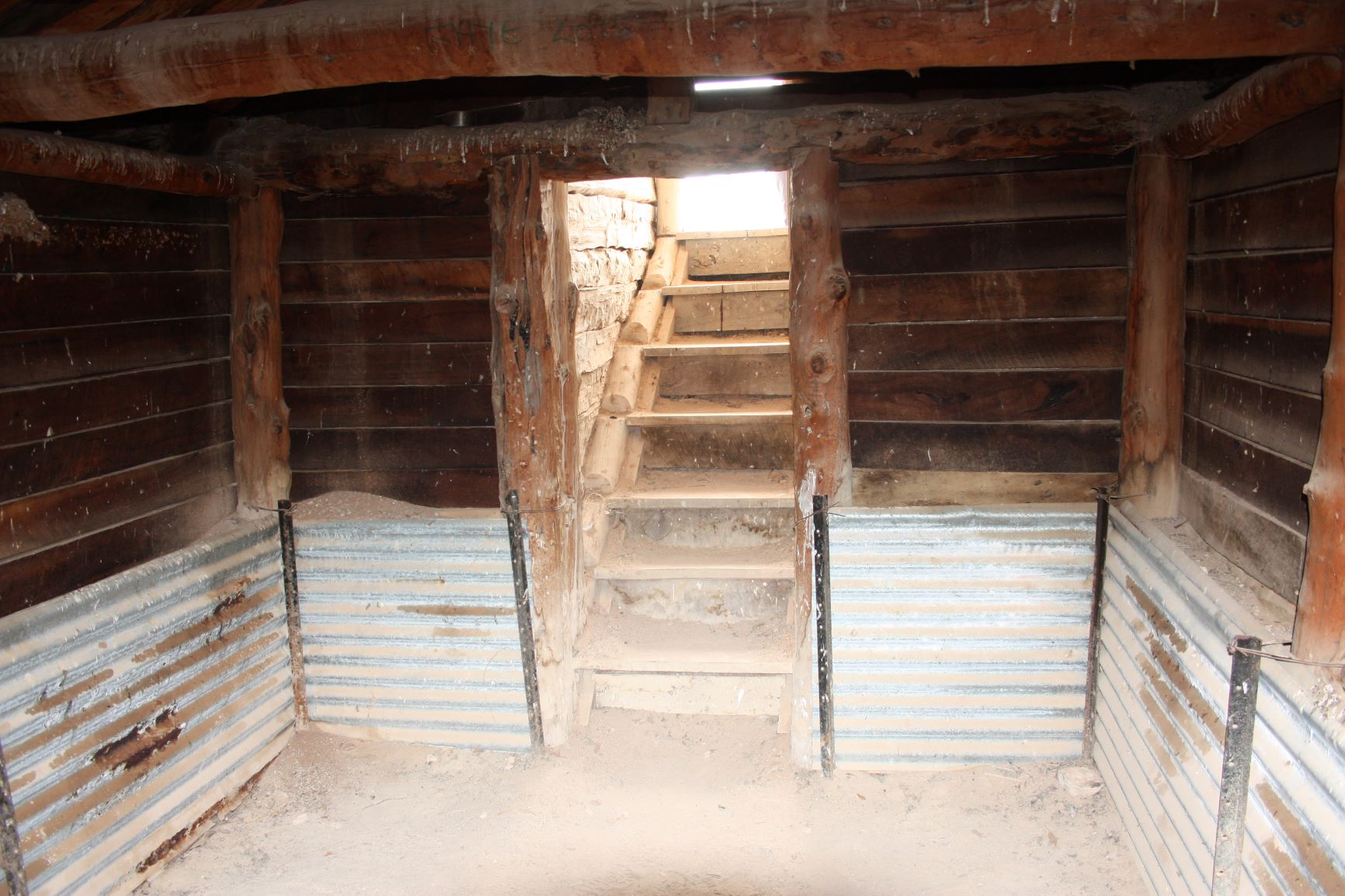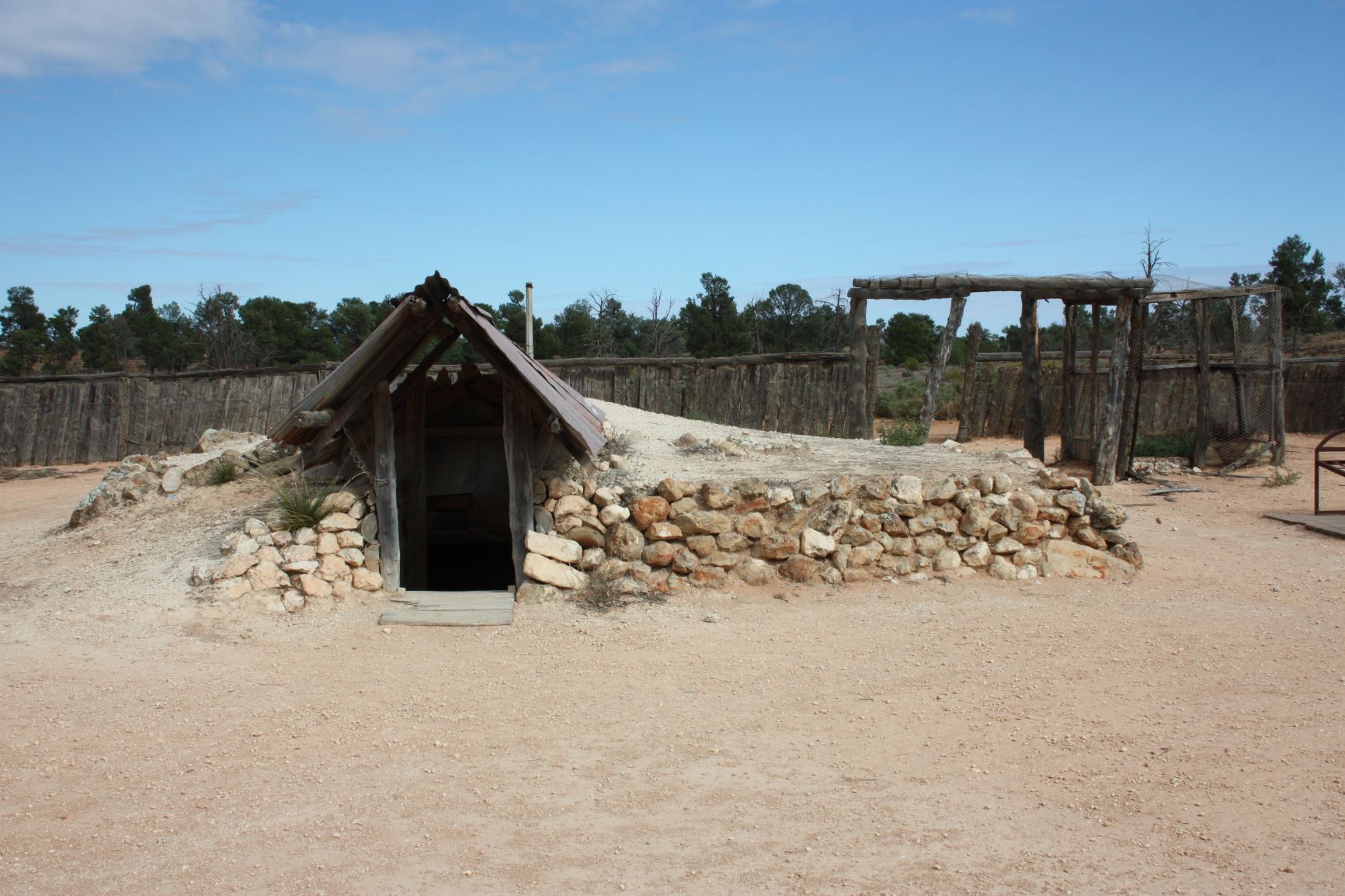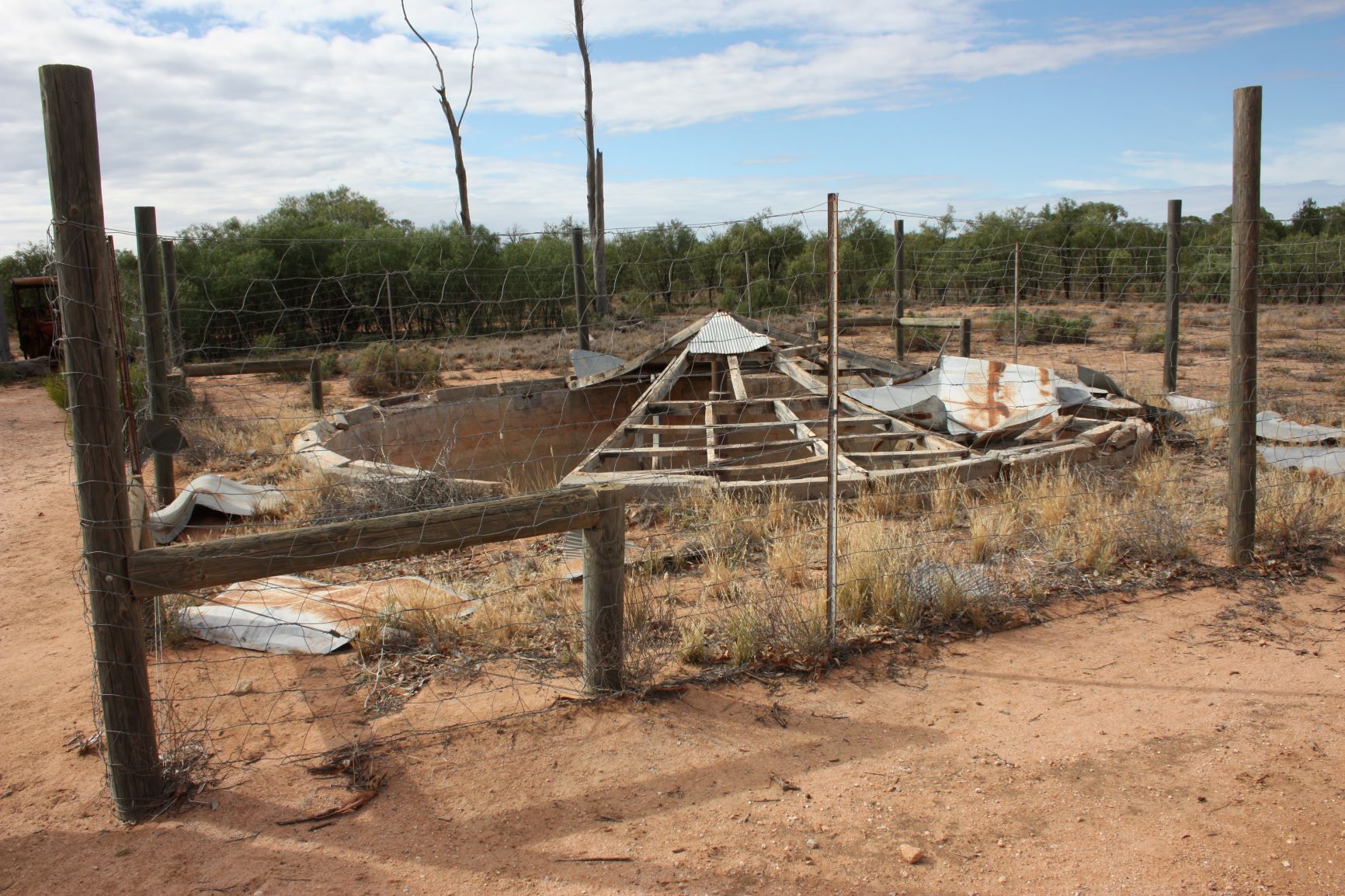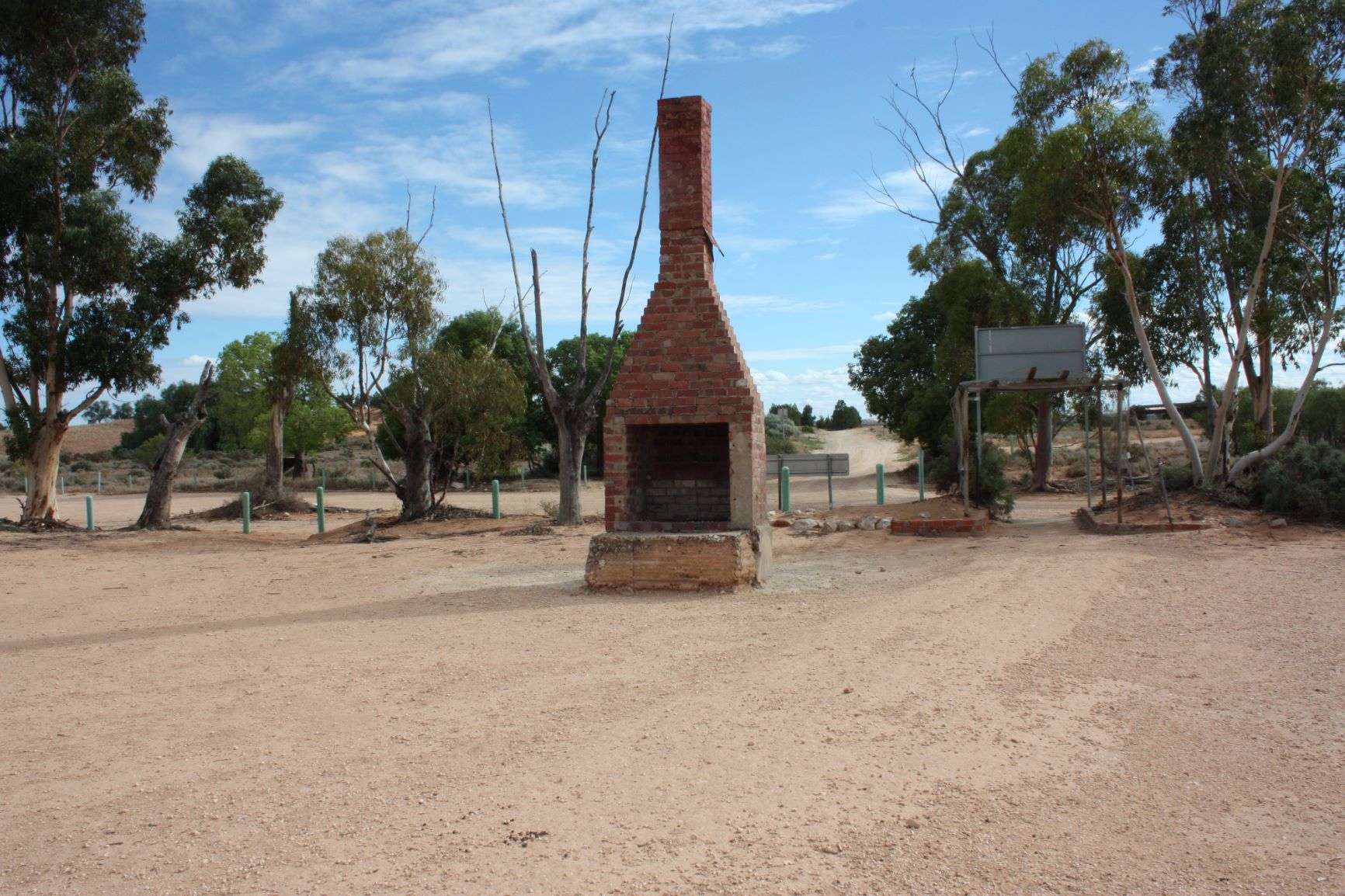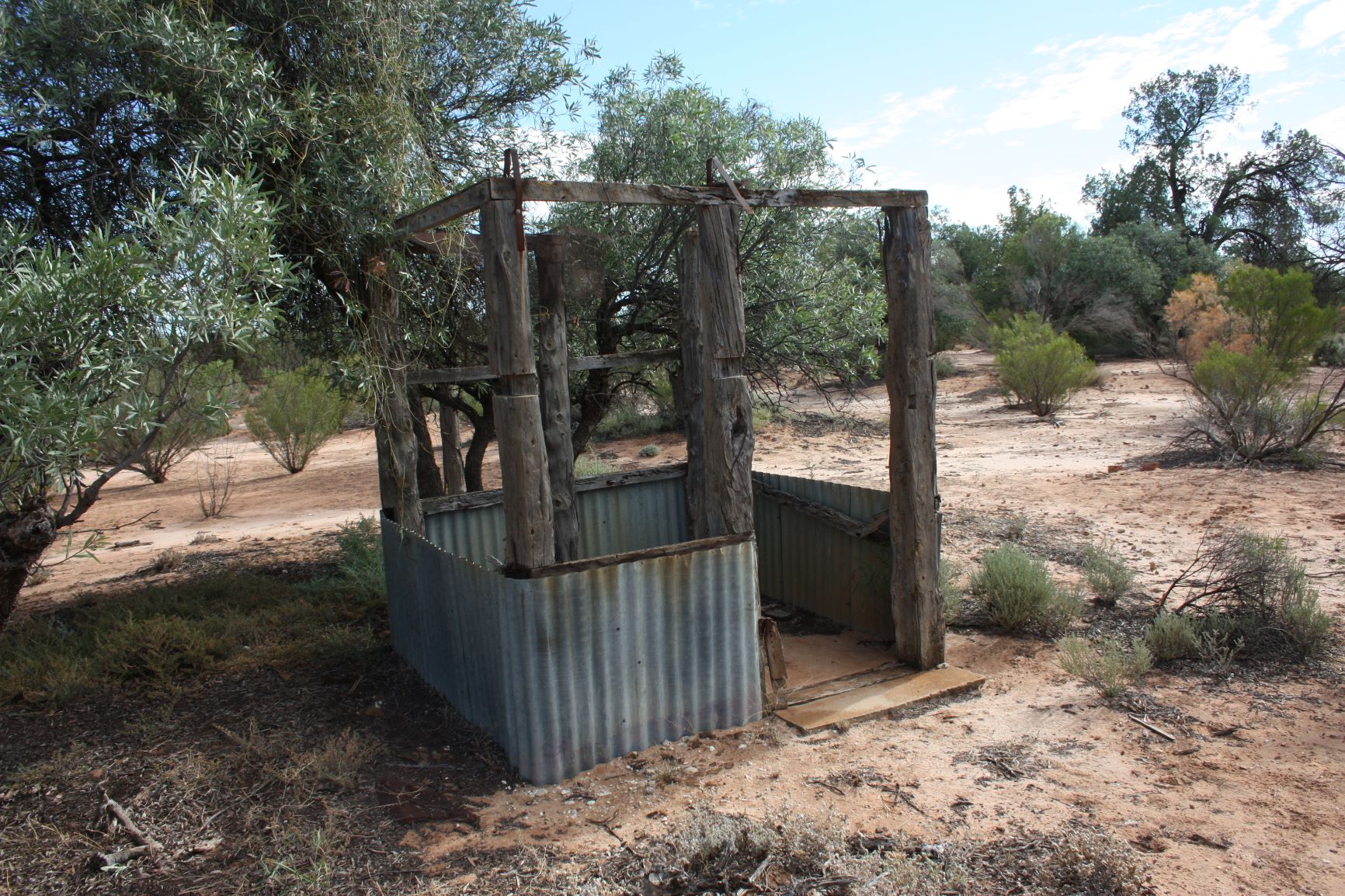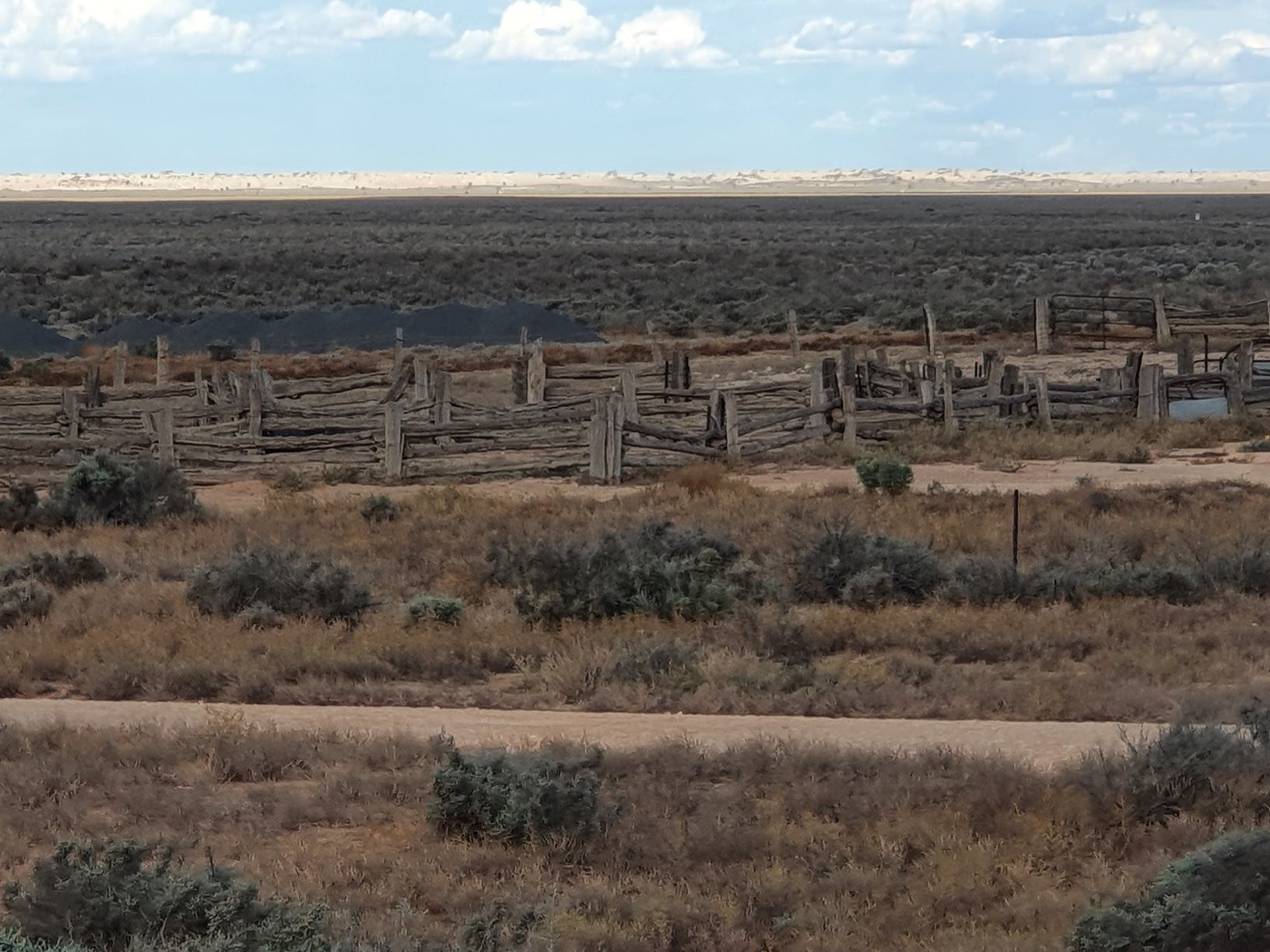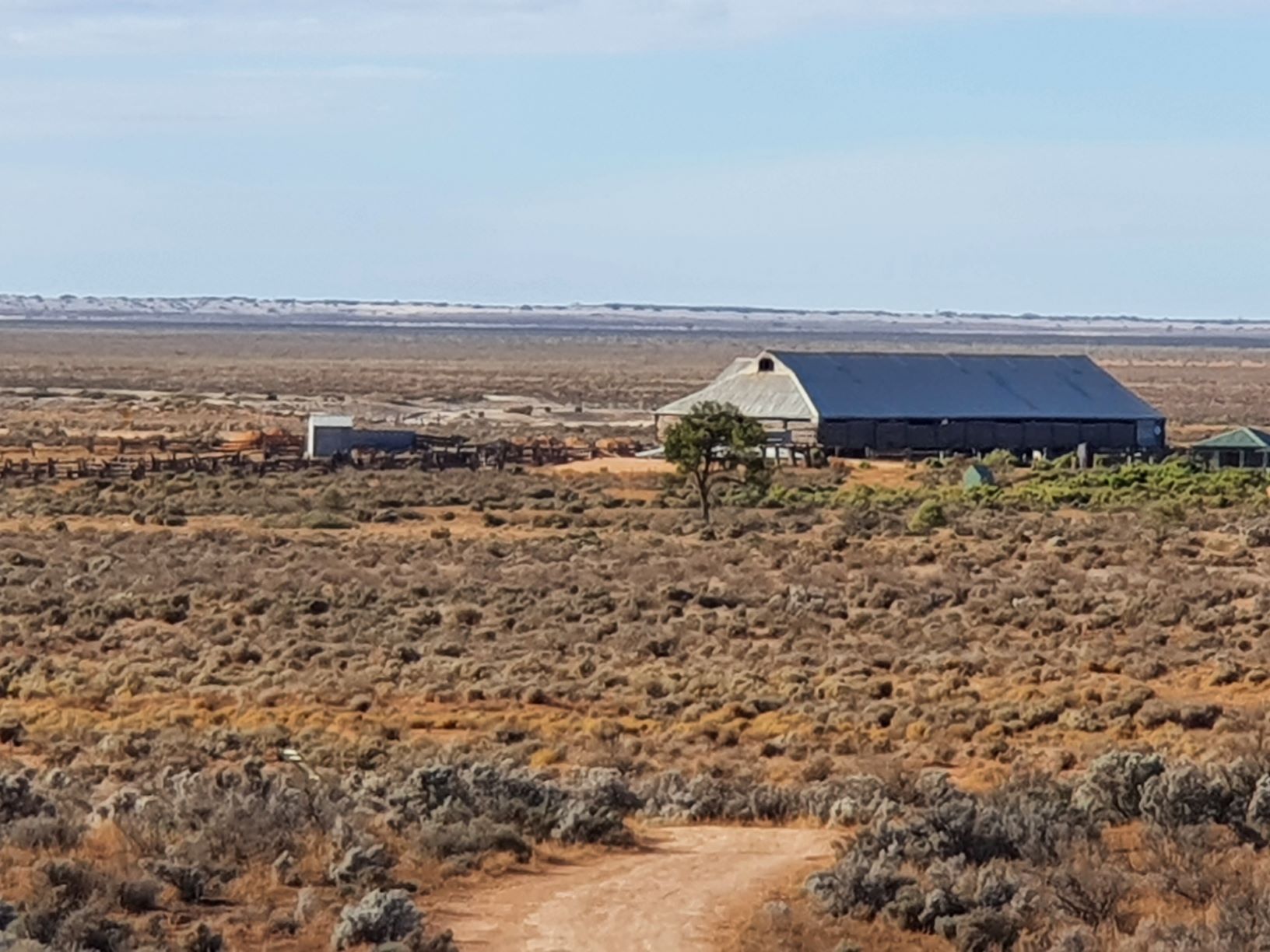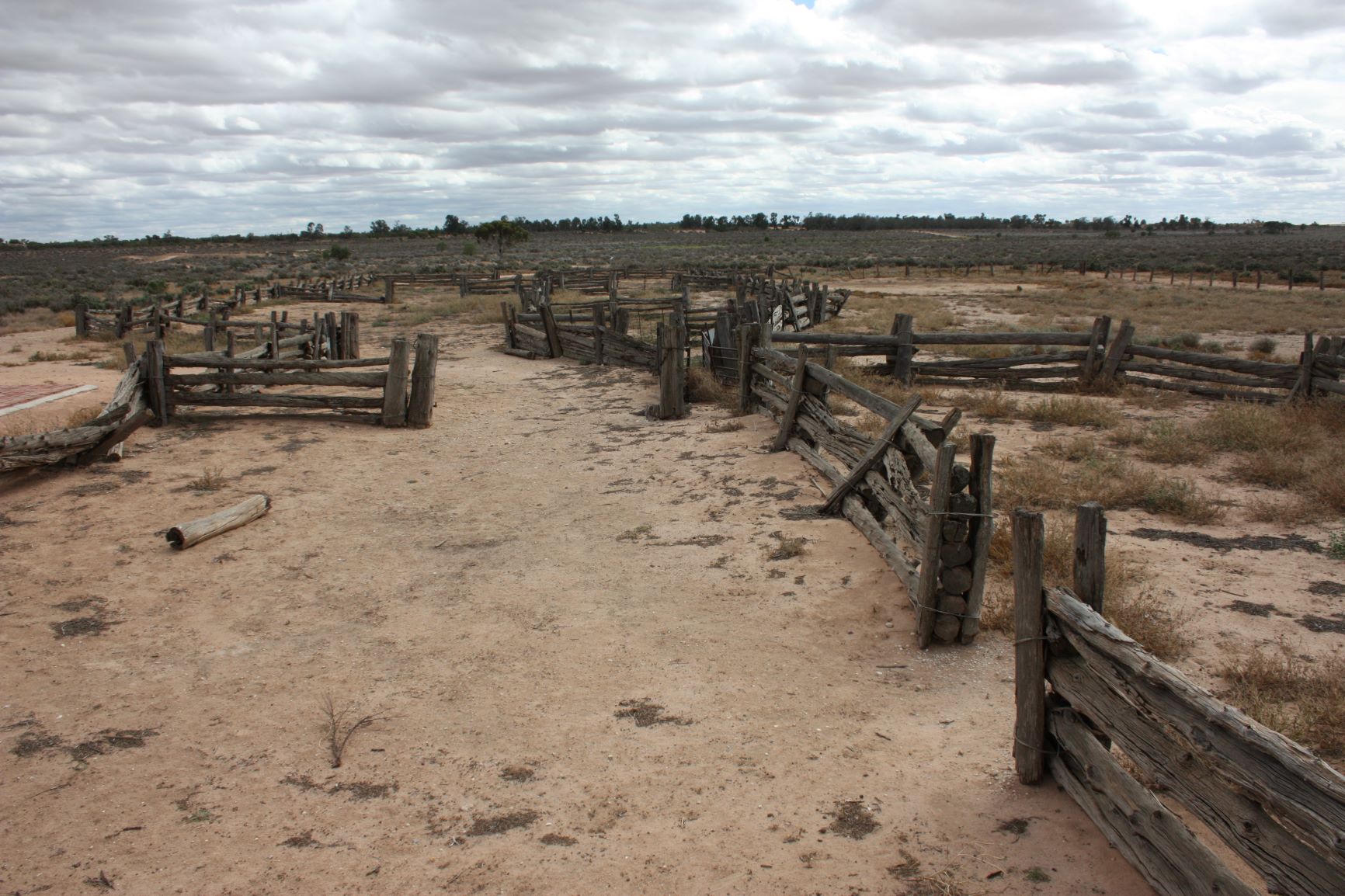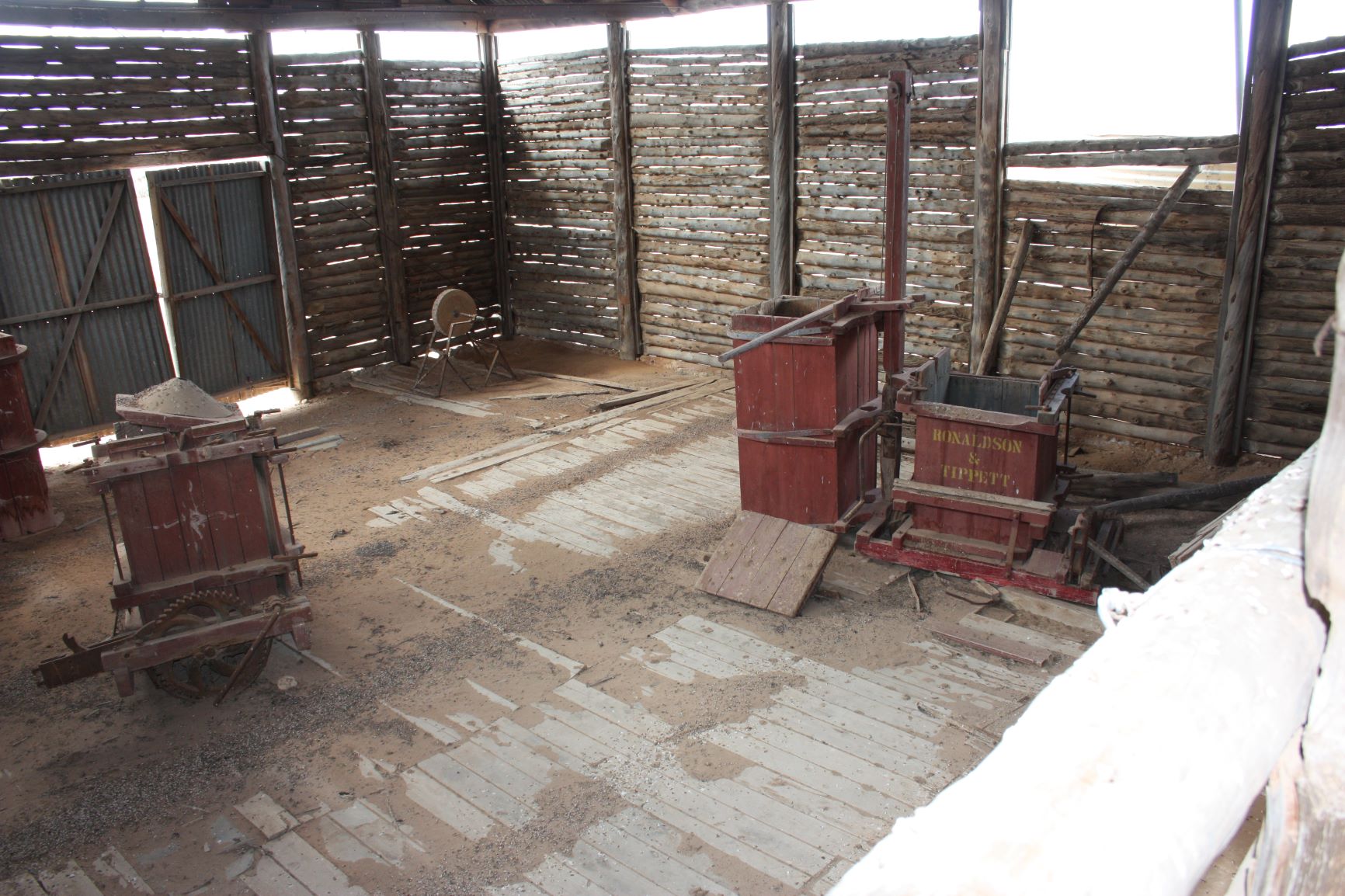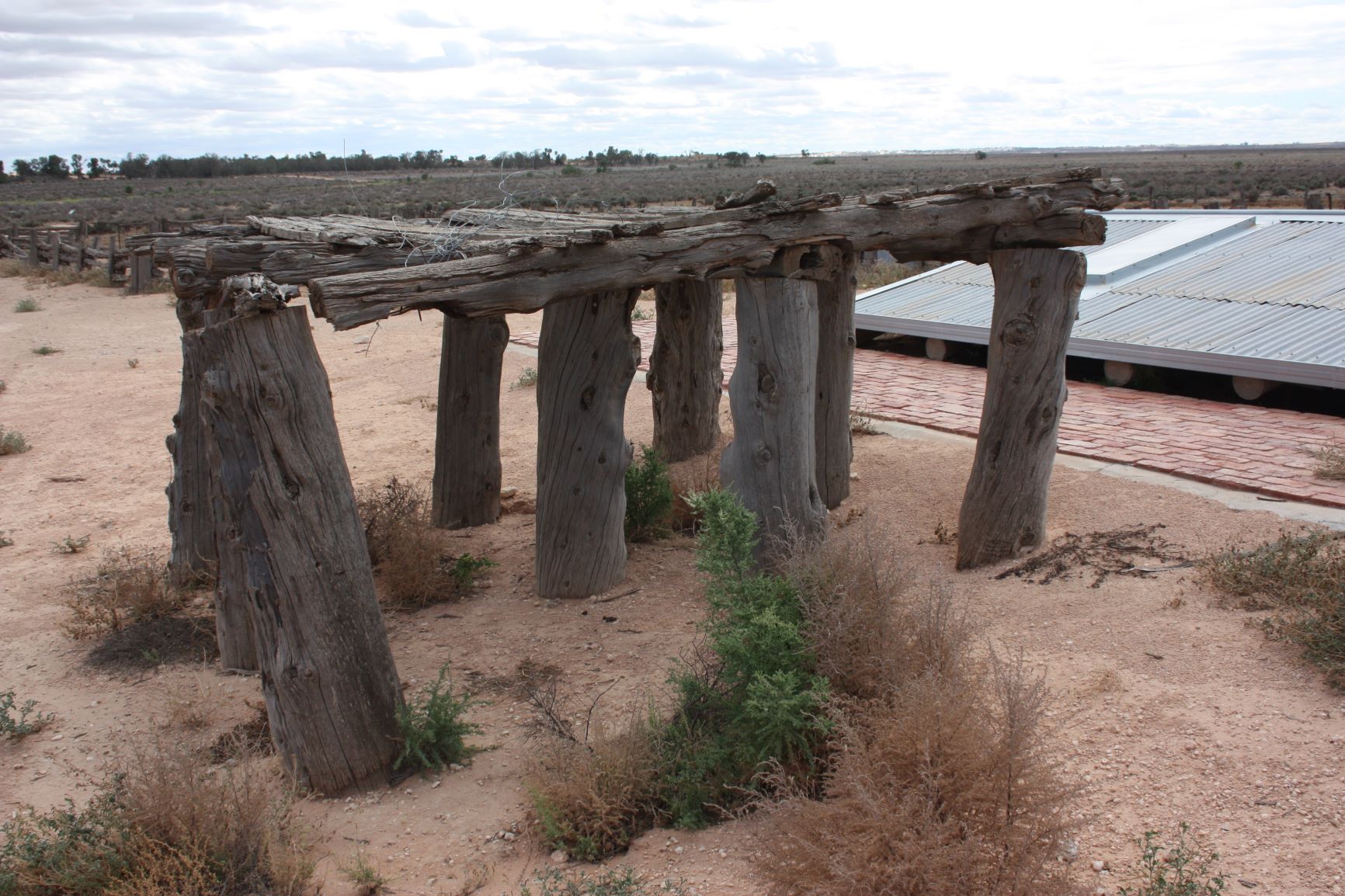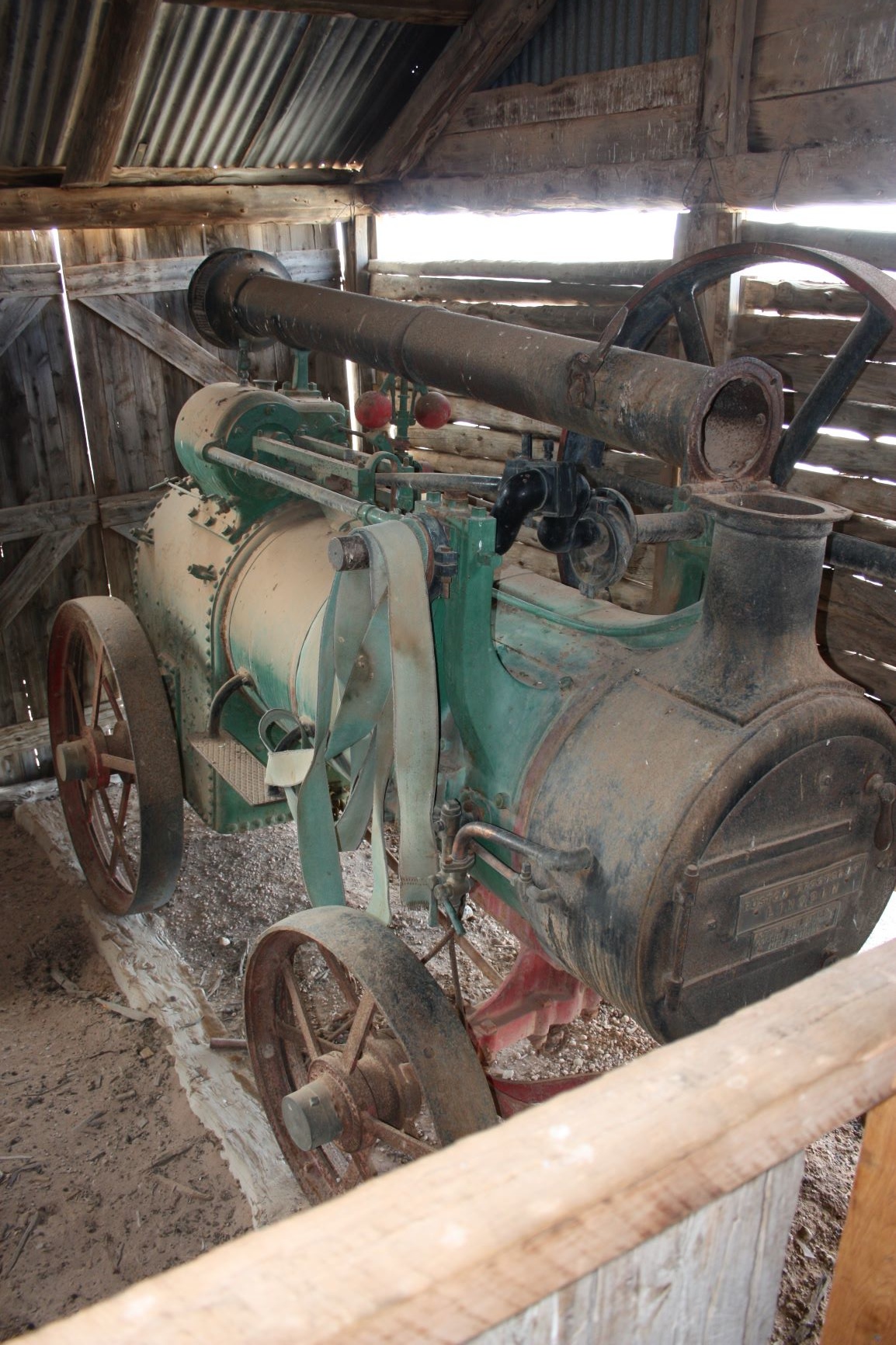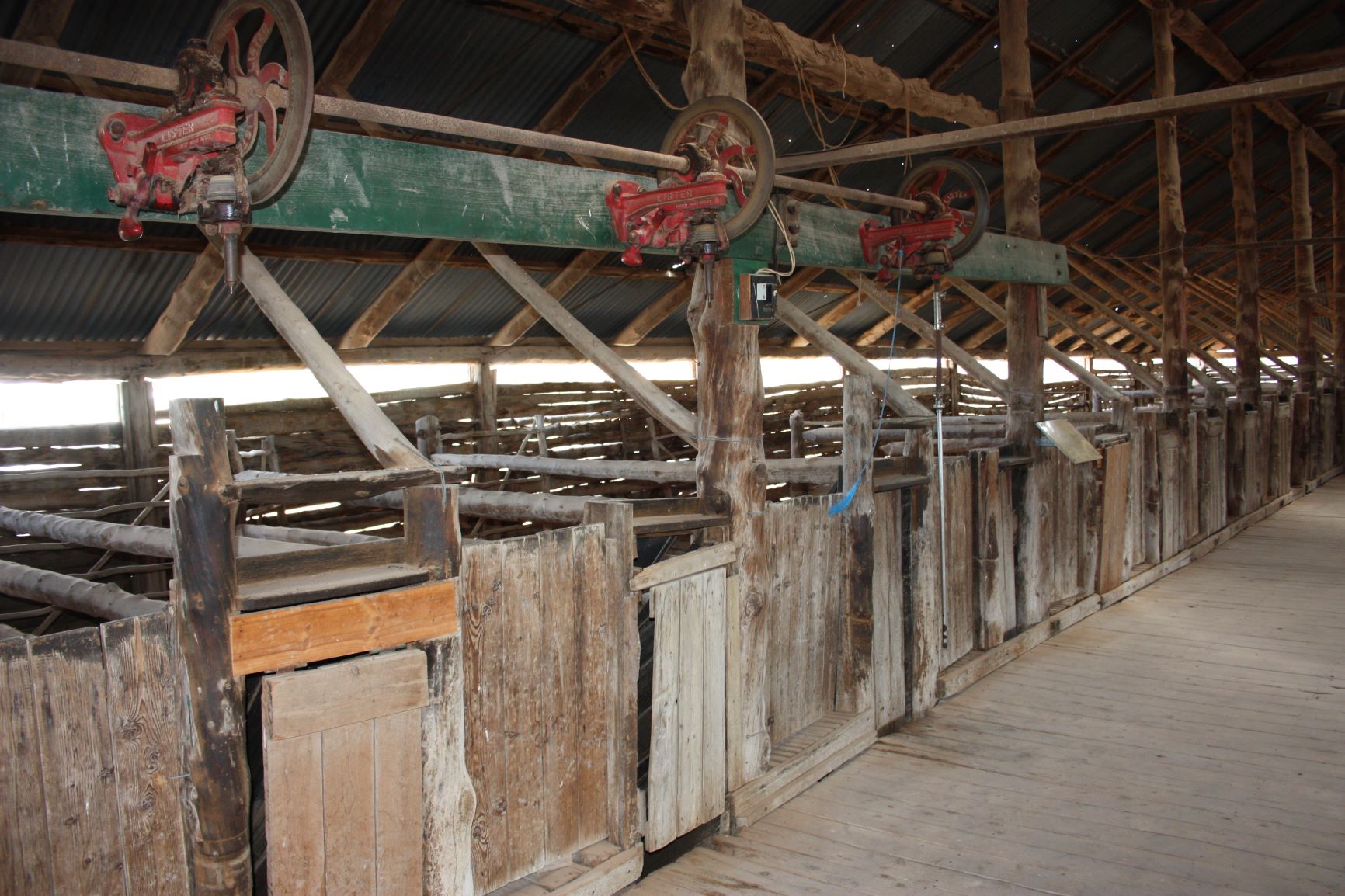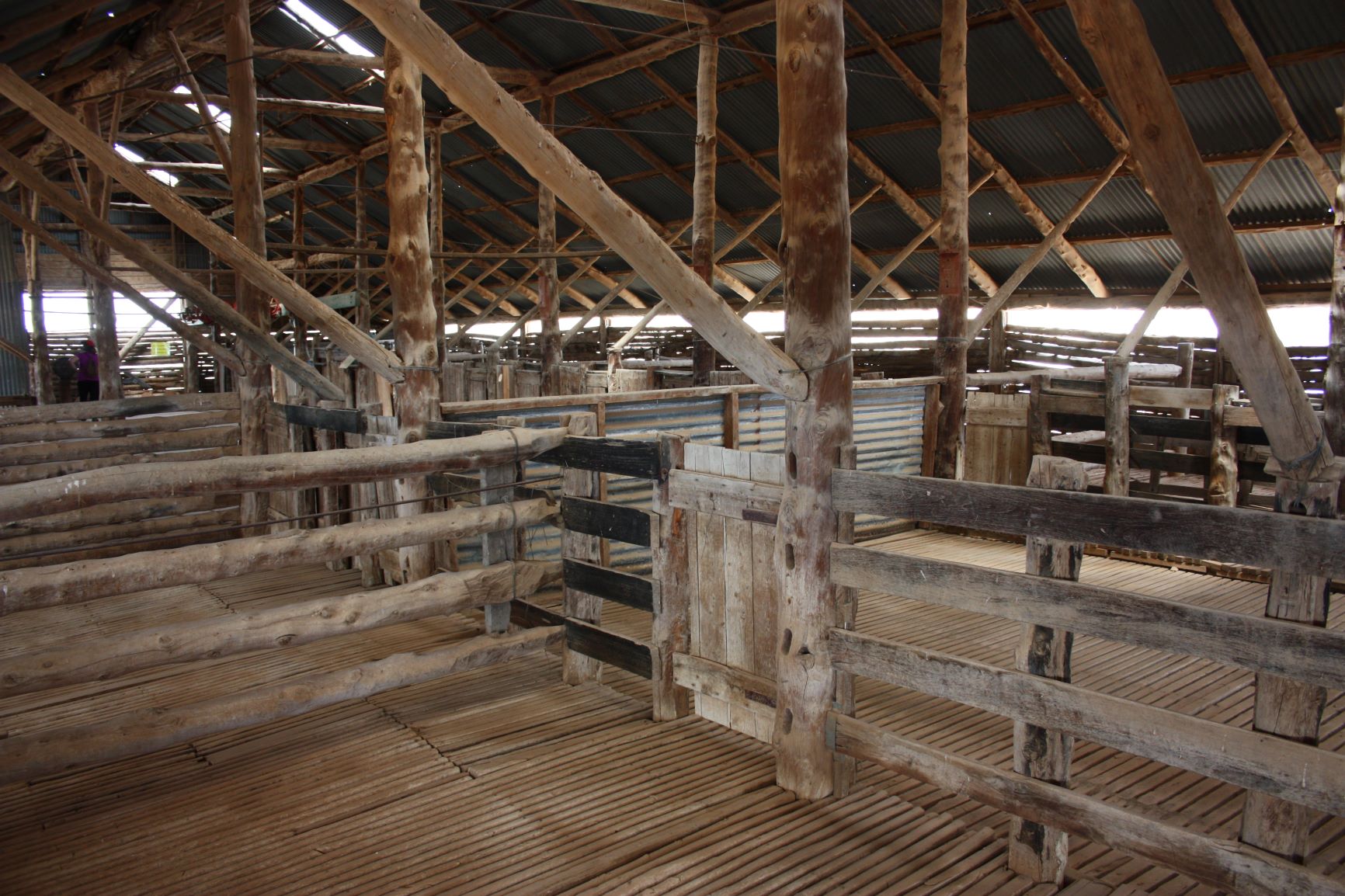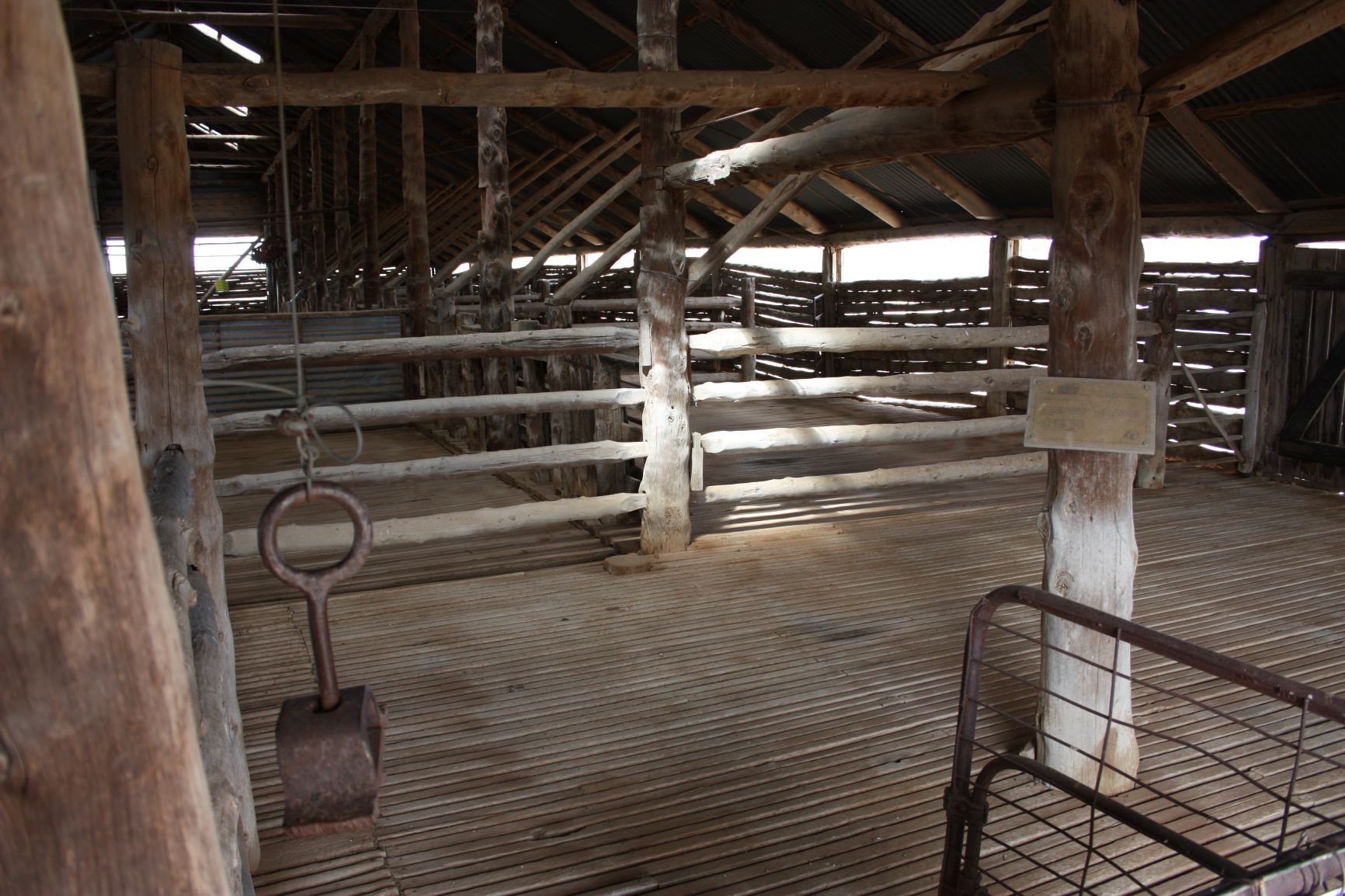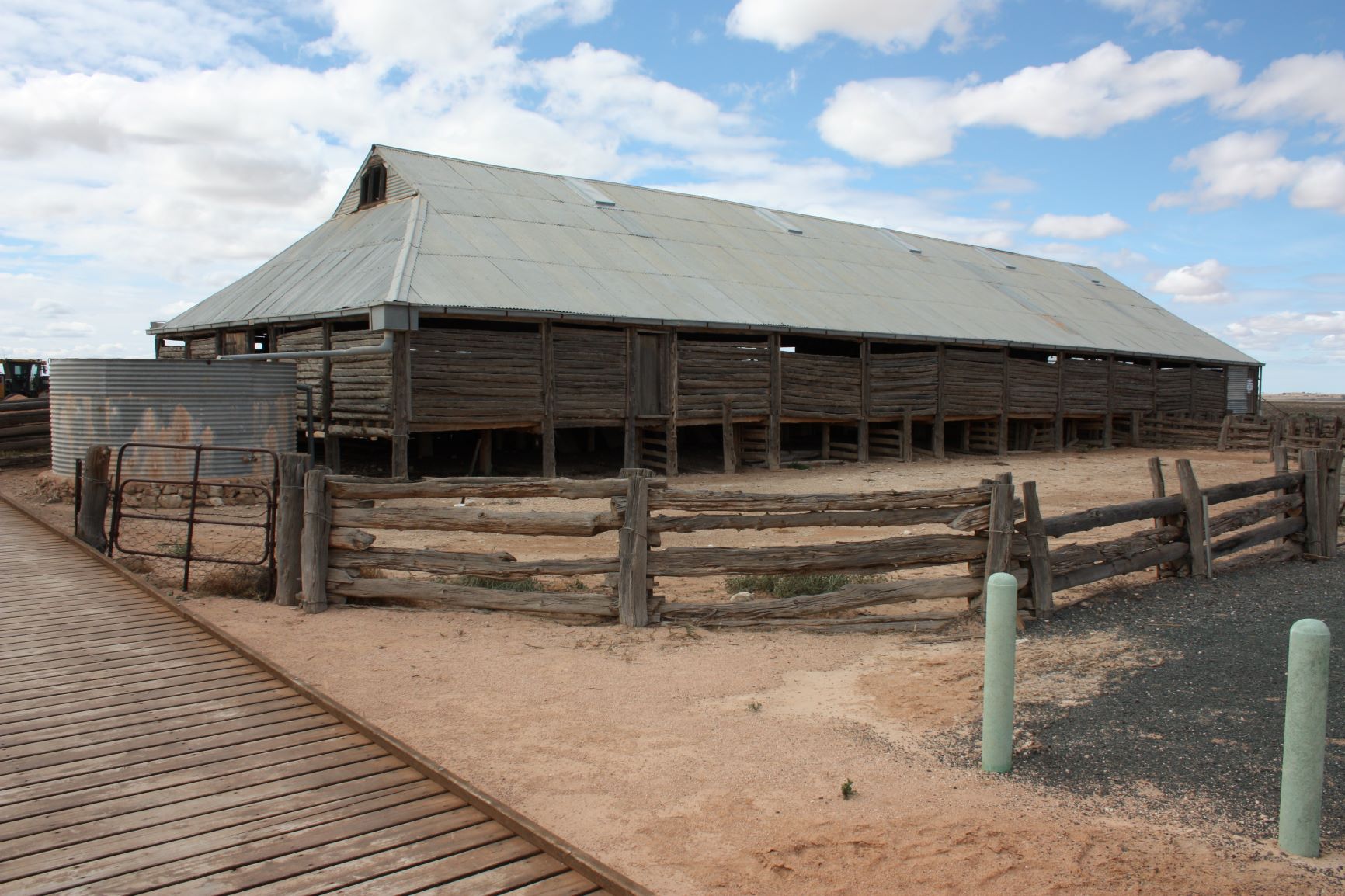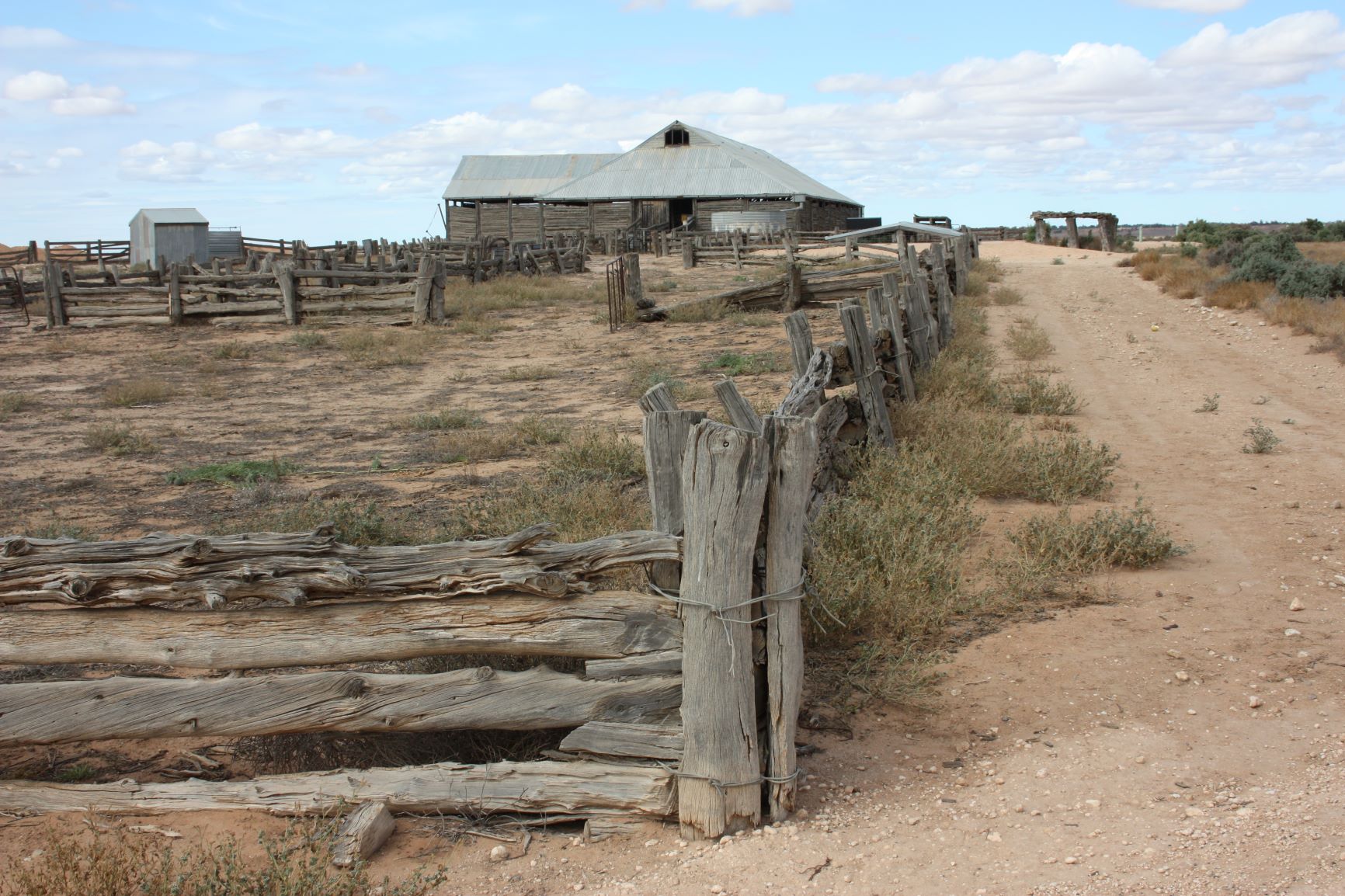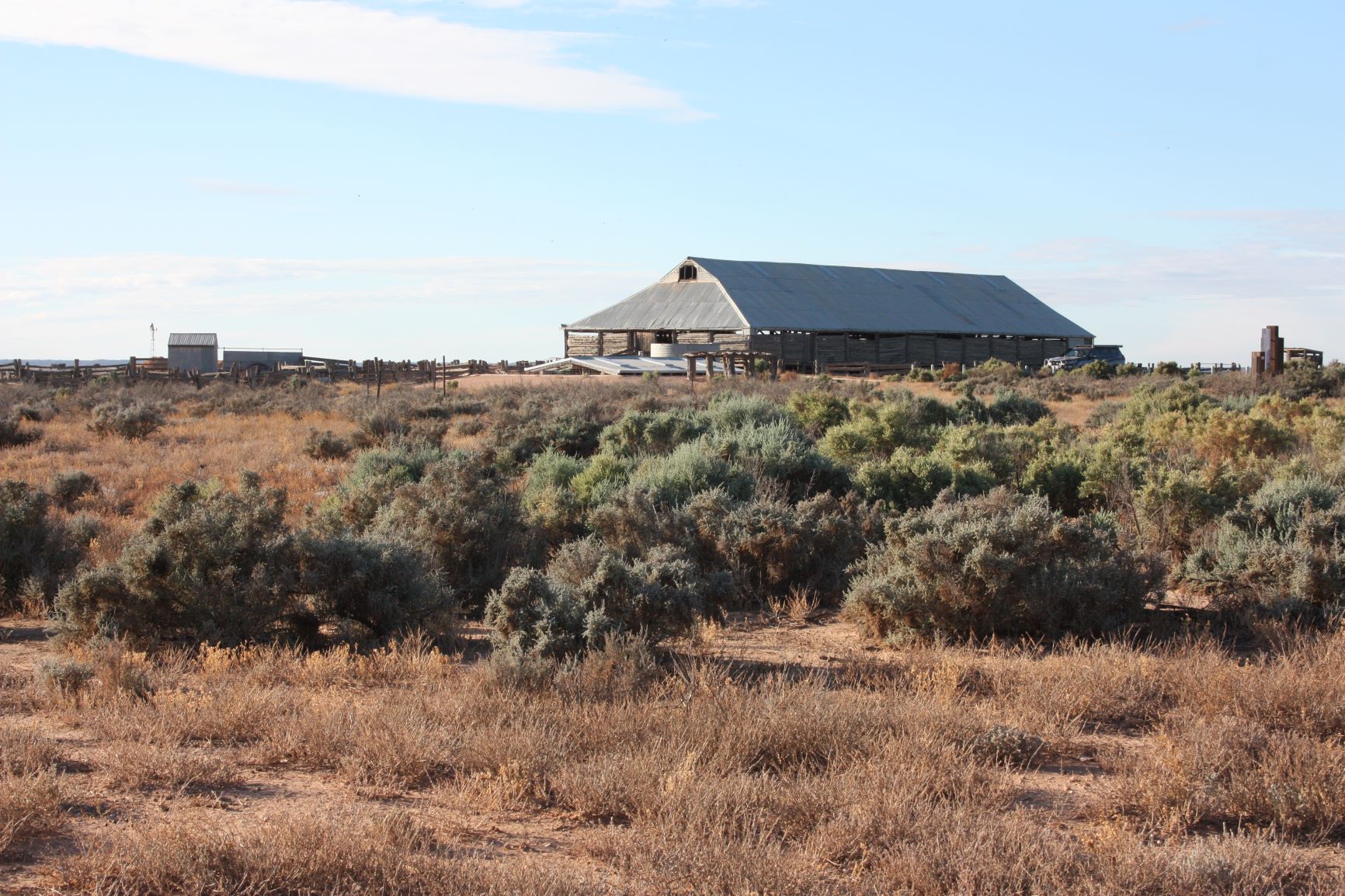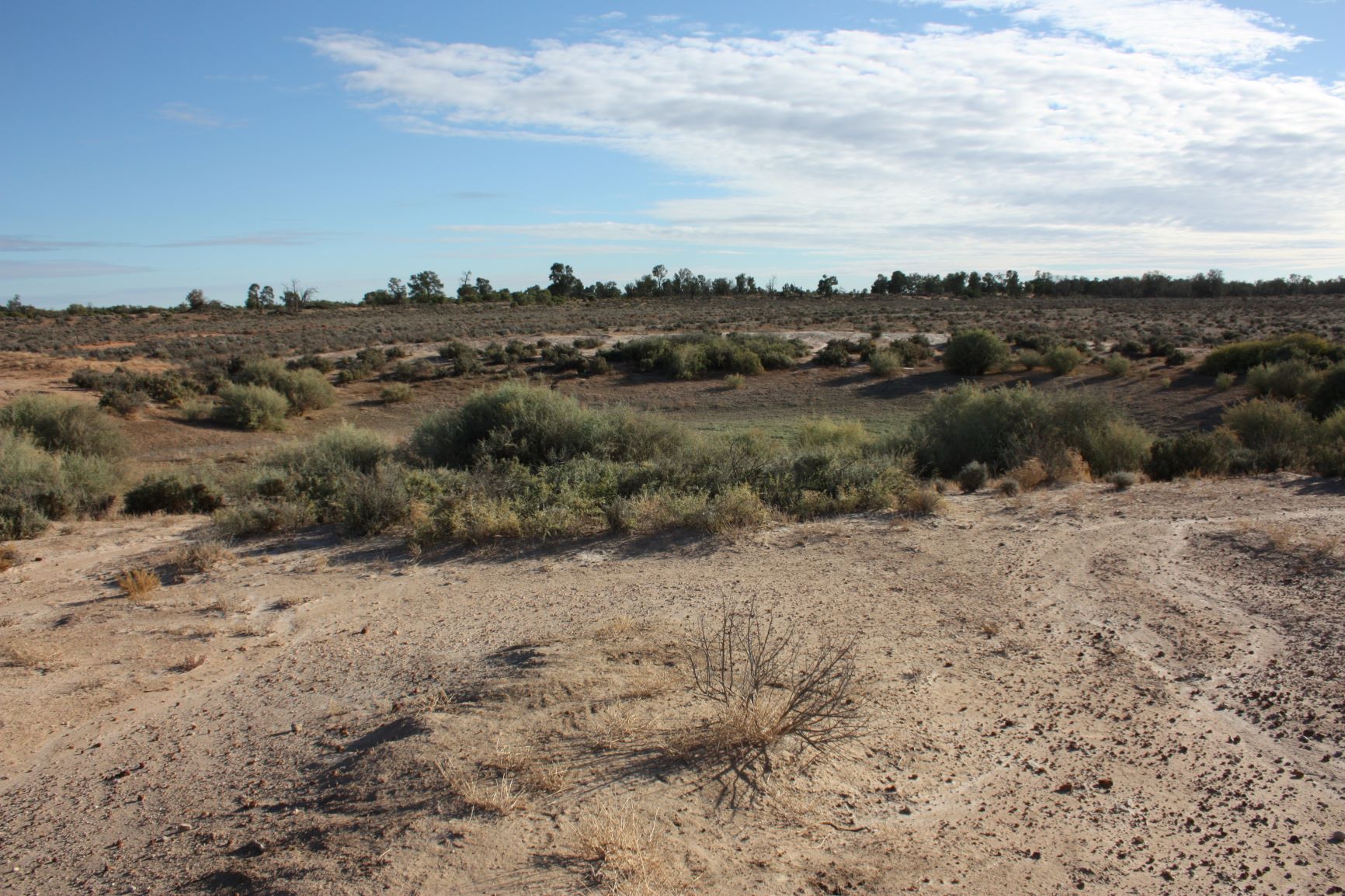So… we set off from Balranald, a bit sad to leave such a comfortable camp site. Before we left though we stocked up on some meat from the Balranald Butcher, beers and cider, water, nibbles and wine. The bottle-shop was selling a local wine label ( ‘Masterpeace’) by a wine-maker named Andrew Peace located in Piangil, Victoria.

Without jumping ahead too much, the Pinot Grigio ($15) was very pleasant and the 2019 Shiraz ($19) was most unexpected and thoroughly enjoyed with two of the best porterhouse steaks we have ever had (from the Balranald Butcher Shop) and the last of our home-grown vege’s cooked beautifully on the BabyQ.
The Road To Mungo National Park
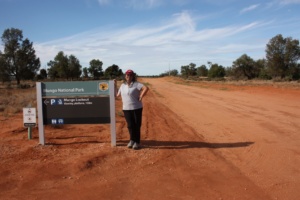
Heading west from Balranald you get a fair way on the bitumen until it runs out and then its a cautious but not overly difficult drive on the dirt to Mungo National Park. Its a mixture of smooth red dirt/clay, patches of corrugations and a hard-top white surface that is rougher than the red corrugated dirt.
The van towed beautifully, never once causing any concern with sway or drift as we shook our way to Mungo National Park. No damage occurred and the only real evidence of a rough ride was a dozen stones wedged in the grooves of the ‘Rock Tamers‘ (over-size mudflaps), some shifting in the cupboards and… both sliding doors inside the van had lifted off their tracks (no damage to doors or tracks though). The drive also shook all the loose saw-dust and metal filings out of the nooks and crannies from when the van was built.
The Cruiser handled everything magnificently and it’s fair to say that when towing on the smooth red clay/sand stretches it was actually smoother and easier than on the bitumen. The trick with the corrugations is to get up to the right speed to ‘skate/float’ across the ridge tops (usually between 70 and 80kph).
Mungo Main Campground
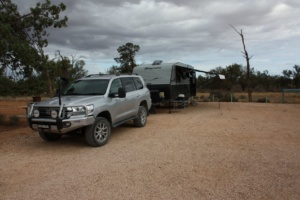
We actually missed the campground turnoff and towed the extra 2km to the Visitor Center but there was ample parking for large vehicles. Once back at campground we were quickly set up and surprised to find large sites, usually with a table and bench seats, clean crushed rock and plenty of space.
In the centre of the campground was a set of immaculate long-drop toilets, stocked with toilet paper and a tank for hand-washing. The Visitor Center has flushing toilets and (free) hot showers, which we took advantage of on our last day.
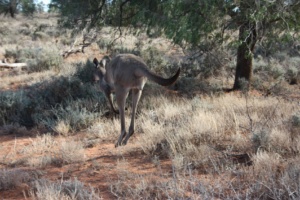
After setting up at Mungo Main Campground we headed off to the Walls of China on the Mungo Loop Road. Unfortunately for us the Mungo Loop Road was mostly closed dues to heavy rain damage. The Visitor Center person at Balranald also suggested that the loop was closed to traffic due to a major archeological find (which was later confirmed by our Sunset Tour Guide).
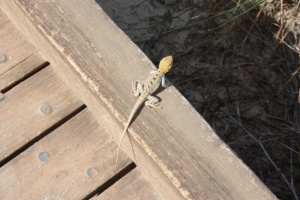
The Walls of China are about 10km from the Mungo Visitor Center on a white sand hard-top. When you reach them there is a boardwalk from the carpark to the dunes that mark the start of the Walls of China, which is the western side of the Mungo lake bed.
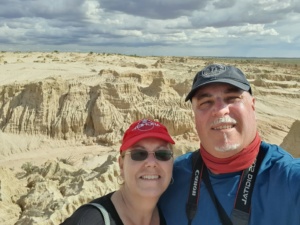
The Walls of China are a bit Mystical, somewhat Magical and absolutely Magnificent. Over a hundred thousand years of the lake filling and drying, filling and drying… filling and drying has produced layers and formations that are striking, unique and other-worldly.
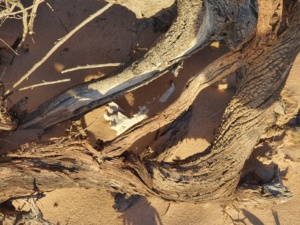
It is an arid landscape that still supports abundant flora and fauna as well as archeological treasures that equal any other in the world. The remains of Mungo Man and Mungo Lady are dated over 42,000 years old from a time when the lake was 15m deep and supported abundant fish, shellfish and land-based animals.
Mungo Sunset Tour
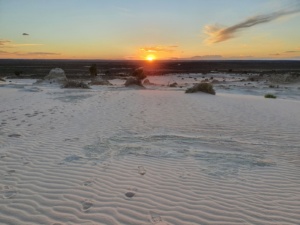
We can’t recommend the Mungo Sunset Tour enough. When booked through NSW National Parks you get an indigenous guide and are able to walk up into the dunes of the Walls of China. The indigenous guide explains indigenous culture and stories of the region as well as the archeology of Mungo Man and Mungo Lady. They also explain how the indigenous groups look after their country by naturally regenerating native vegetation and fish stocks.
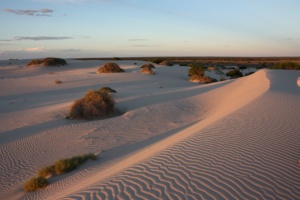
She explained, on this day, that the emus were migrating from the west over the Walls of China, which meant that ‘big rain’ was coming. Coincidentally… this is when the flooding started in the coastal areas after we left Mungo National Park.
Big Skies and Weather
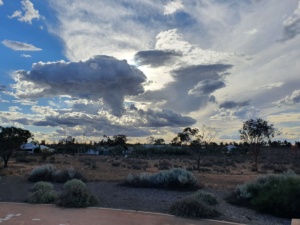
Even though we were only here for three days we experienced heat, rain, cooling breezes, dust and all kinds of sky… The only thing we didn’t get was lightening, which we were told is spectacular.
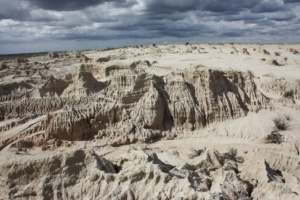
Clouds would form and disappear, threaten and fade, and on one occasion let down a thirty minute shower that barely wet the ground before it dried up again.
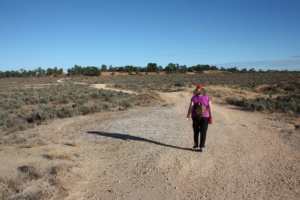
On the second day we did the 8km round trip walk to neighbouring Zanci Station, which starts at the Mungo Visitor Center. A derelict sheep station that has been preserved for historic value. The track is medium grade and takes you up onto the top of the Lake Mungo shoreline amongst Cypress Pines and and grazing flats.
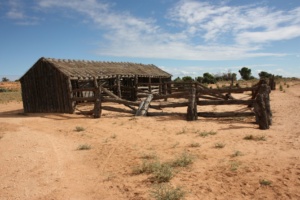
Upon reaching Zanci Station you can wander amongst the homestead ruins and the remarkably well-preserved shearing shed and stables. We had the entire walk to ourselves apart from one couple going the other way on our way back.
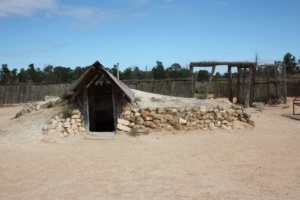
The ruins show a harsh existence in an arid climate that was built on the blood, sweat and tears of people much hardier than ourselves. Life here would have been hard work and represented a lifestyle more than an occupation. We thoroughly recommend the trek to Zanci Station but take water stop to read the signs to get the most out of the experience.
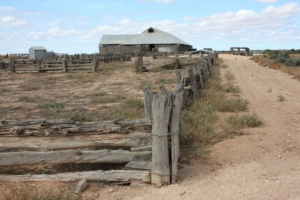
The Mungo Visitor Center is located on the site of what was formerly Mungo Station. The Mungo Station shearing shed and surrounds have been very well maintained and, like Zanci Station, provide a glimpse into the harsh but rewarding life of past times.
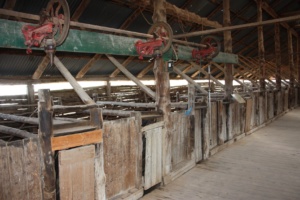
The sheer immensity of the shearing shed and its hand hewn cypress pine timbers are amazing to see and you can easily imagine the rowdy, boisterous thrum of activity when the shearing shed was in full swing for a handful of weeks each year.
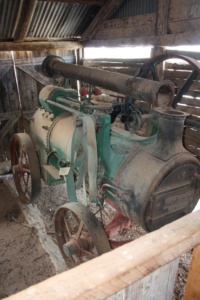
The timbers still seem as strong today as the were back in the day due to the hardiness and termite resistant properties of the cypress pine wood. As well as the shearing shed there is a partially restored in-ground water tank as well as the expansive sheep pens. Also on display are some of the old manual wool presses and the steam engine that powered the shearing hand pieces. The sheep are long gone from Mungo Station but you can still feel the atmosphere and imagine the atmosphere of the shearing shed in full action at shearing time.
Lake Mungo was a bucket list item for us and having finally got here in our van unscathed and in relative comfort was a major achievement. We recommend March as being a very good time of year to visit. It is hot enough to emphasise the arid climate without being uncomfortable with cooling afternoon breezes and big clear skies. We couldn’t planned a better Mungo experience (except maybe for the full loop track).

